Saying goodbye to Istanbul, we said hello to Bangkok following a 9 hour plane trip. The time differences now are12 hours ahead of the time on the East coast of the U.S. As the following pictures demonstrate, our "apartment" in the Adelphi Grande hotel (every apartment in Bangkok, listed on VRBO appeared to be located in hotels) is quite comfortable. The folks here so far have been extremely polite and very helpful. We are also trying to learn a few Thai phrases. Although only a small area near the hotel has been explored we have already found a pretty good supermarket just a short walk away. Once we have explored more of Bangkok, we will make another blog posting.
|
During our one month stay in Istanbul, we had the opportunity to sample Turkish cuisine in a number of restaurants. By far, our favorite was the Arasta Cafe & Restaurant, Arasta Carsisi No. 22, Sultanahmet/Istanbul. Their lentil soup is exquisite; the food portions are generous; and the staff is gracious. We know that a number of our followers are planning trips to Istanbul. We highly recommend the Arasta Cafe & Restaurant and we feel you will find it an enjoyable culinary experience. Here are the rest of the Istanbul collage of pictures... As we get ready to finish up this portion of our journey, we would like to reminisce a bit about this past month. While Italy was familiar to us, we had little prior knowledge of Istanbul. The many sights and sounds here provided a somewhat unique experience. From the melodious sounds of the "Call to Prayers"echoing across the city from its 2000 mosques five times per day, to the shop keepers chasing us down the street urging us to explore their inventory, to the smells emanating from the many restaurants we passed, and to the beautiful carpets everywhere, Istanbul provided a very pleasant picture of East meeting West. It is an exquisite city and the people are very friendly. We are glad to have added Istanbul to our traveling itinerary. The following collage hopefully will provide a glimpse of what we experienced. Pierre Loti is the pseudonym for the French Naval Officer and author, Julien Viaud (his most famous work was "Aziyade", supposedly written about an Ottoman woman he loved). During the course of his career Loti (Viaud) visited Istanbul frequently and became an avid supporter of the Ottoman's war for Independence. To thank Loti (whose name actually came from an exotic plant that grows in exotic places), Sultan Mehmet Resat received him in an official ceremony and the Turkish Parliment sent him an official thank-you letter. The hill overlooking the Eyop Mosque and the Golden Horn was named after Loti, also in thanks to his support. Approximately five miles north of the Spice Bizarre, the Loti hill offers an exquisite view of parts of Istanbul and the Golden Horn. We are the type of people that adore the rugs/carpets from all over this area (i.e. Turkish, Persian, Oriental). The art of carpet weaving, especially in Turkey, flourished almost uninterrupted from the 13th through the 19th centuries, with each era denoted by the various motifs that were prominent in the weavings. So a visit to the Hali (carpet) museum in Istanbul was must. The building that houses the museum was added to the Ayasofya between 1742-1743 and originally was an Imaret (soup kitchen). It provided bread and food stuffs to the poor, Madrasah students, and travelers. Comprised of three sections, the building housed a long narrow dinning hall, a cook house with several cement walled cooking-food preparation areas, and a bakery with ovens for bread making. We were a bit disappointed in the actual carpet display area. It really was not interactive, as found in other museums in Istanbul, and they only displayed carpets from the 17th and 18th centuries. While these carpets were beautiful, they seemed to have a lot more wear and tear to them than the much older carpets we saw in other museums. It was still interesting to see and we did learn a little about the different motifs used in the carpets. We continue to experience interesting sites, in addition to the tourist attractions, as we travel the streets of Istanbul. Here is another sampling; We have met so many nice people here in Istanbul from around the world that we just had to add them to the blog. Here are the latest fellow travelers; The Mawlawi (Mevlevi) House is located on the Galata ridge, a short distance past the Galata Tower. Built in 1491 by Divane Mehmed Dede, then the Sheikh of Afyon Mawlawi House, it is the first of its kind built in Istanbul. Designed to be a Lodge for the Mevlevi order, a mystic branch of Sufism (which itself was founded in the 13th century), it is better known as the order for the Whirling Dervishes. Their practice of whirling as a form of remembrance of God, gave them this more common known name. Dervish is a common term for those taking the first steps as members of the Sufi order. The building was damaged in an earthquake of 1509. The subsequent repairs turned it into a complex of buildings. A huge fire in 1765 destroyed the house but it was quickly rebuilt the same year. The function of the Mawlawi house ceased in 1925 following a decree ordering the closure of Dervish lodges. Following a brief period when the complex served as a school, it was opened as a museum in 1975. Another beautiful day in Istanbul for a stroll. While walking along the Millet Caddesi, we came across an ancient looking column that looked like it was wearing bracelets. Called the column of Cemberlitas in Turkish, it was taken from the Temple of Apollo in Rome and placed here to honor Constantine I in 330 AD. This interesting looking column is alo known by several other names; the column of Constantine; the "Burnt Column" (because it burnt several times); and the "Column of Porphyry" (because it was made of porphyry stone). It eventually became known as "Cemberlitas" ( the wall with rings) because of the iron rings encircling the column, placed there during the sultanate of Sultan Mustafa II. Many consider this to be a talisman for the city of Istanbul. In actuality, this is 8 columns (each 3 meters in diameter and weighing 3 tons) placed one on top of the other and bonded by "iron bracelets". When a lightning strike damaged the column in 1081, Alexis I Comnenus had it repaired and placed a large cross on top of it. Like many artifacts found in this part of the world, the column comes with a legend. Some claim that there are some personal belongings of Jesus Christ brought from his supposed grave in Jerusalem, buried under the column. What a lovely day! A bit chilly still but the sun was shining and the sky was blue. It was a wonderful day for an exploratory stroll. We wandered down towards where the Bosphorus meets the Sea of Marmara and discovered the ruins of the ancient Bucoleon Palace, not far from the Pharos lighthouse. It is believed to have been built on the orders of Emperor Theodosius (408-450) sometime in the 5th century. It's earlier name appears to have been Hormisdas, but became known as Bucoleon in the 6th century (under Justinian I) when a small harbor (now filled in) in front of the palace was built. Legend has it that a statue featuring a bull and a lion stood at the entrance to the harbor giving the port (and the palace) it's name. When Constantinople was sacked during the Fourth Crusade (1204), the Palace was captured by Boniface of Montferrat. Among the treasures and many prizes found in the palace were the sister of the King of France (who had been Empress), the sister of the King of Hungary (who also had been empress), and Princess Margaret, daughter of Bela III of Hungary. Boniface reportedly later married Princess Margaret. Up until 1261, the Bucoleon Palace continued to be an Imperial residence, but then gradually was abandoned in favor of other palaces along the shore. Only the ruins of this once great palace remain. Soooo...there is a fairly famous picture, taken in the 1930's, of a dozen very Irish looking gentlemen, sitting on a steel I-beam hundreds of feet above the streets of New York, having lunch. Reportedly, they were helping to build Rockafeller Center. They were wearing neither safety harnesses nor hard hats. For the 50 years I have known Lorraine, she has always maintained that two of these gentlemen ( the one on the near end having a liquid lunch and the one on the far end lighting a cigarette) were relatives, specifically her mother's uncles. "Yeah...sure...everyone of Irish heritage lays claim to being related to one or more of these men." Several years ago, one of Lorraine's cousins told her of seeing this same picture in a shop window and getting very excited because his father and an uncle were in the picture. He had a copy of the picture made and sent it to Lorraine. Last summer, before embarking on this adventure, our son Carl and his wife Valerie excitedly called us to tell us that the Public Broadcasting System (PBS) was showing a documentary on this very same picture. They managed to identify the two book-end gentlemen and they indeed were Lorraine's relatives from Shenanglish, Ireland. In the documentary, they interviewed Lorraine's cousin, who had sent her the copy of the picture, and he confirmed that one of the men was indeed his father. PBS also interviewed another of Lorraine's cousins who also confirmed that the other book-end gentleman was his father. Thus, both book-end gentlemen were indeed Lorraine's great uncles. PBS also went to Shinanglish, Ireland where this same picture is displayed prominently in one of the local pubs to indicate that two of their own were now famous. Well, one might ask what this has to do with our trip. While walking to the Spice Bazaar on the Asian side of Istanbul, I stopped suddenly and excitedly pointed to the side of a building. Staring back at us was a billboard size copy of this same picture. The owner of the restaurant opposite the picture came over to us to see why we were so excited. After explaining the story to him and showing him a picture of Lorraine's brother, Gerard (who is a spitting image of the man on the near end of the beam), the restaurant owner also became excited and started to explain the whole story to his Turkish customers. This incident made their day, ...and our's as well. It truly is a small world. Note to our followers: due to some unusual issues with the Internet here, we may have to do our postings in segments. At the very least, we may have to do the text separately from the photos. Please bear with us and we thank you for your interest in our adventure. Carl and Lorraine Aveni The Topkapi palace was the primary residence of the Ottoman Sultans for 400 years (1465 until 1856). It was also the site for state occasions and royal entertainment. Currently, the Topkapi palace is a Museum and UNESCO World Heritage site. The palace is actually a complex of buildings surrounding four main courtyards; hosting mosques, a hospital, a kitchen, bakeries, and a mint. At its peak, at least 4000 people lived on the grounds. The original construction began in 1459 upon the orders of Sultan Mehmet II, the conqueror of Byzantine Constantinople, but was constantly added to over the centuries. When it was first completed, the complex was called the "New Palace". The name "Topkapi" (meaning canon gate) was not given to the complex until the 19th century. It was named after a gate (now lost) and a shore pavilion. Towards the end of the 17th century, Topkapi began to lose its importance because the Sultans preferred newer palaces being built along the Bosphorus. In April of 1924, the complex was turned into a museum. The Harem One section of the private apartments of the Sultan was devoted to the Harem. This complex of 400 rooms was the home of the Queen Mother, the wives of the Sultan, the concubines, the rest of the family, and the Eunuchs who guarded them. It was considered to be "off-limits" to everyone except the Sultan and those that lived there. When we were about to complete our thirdmonthof this adventure, we had posted a blog piece entitled "Reflections" in which we discussed our process of planning this trip, as well as some of our thoughts as to how it was going up to that point. That particular posting generated a lot of positive feelings amongst our followers and requests for more of the same. We have been in Istanbul for at least 12 days now and in a word it has been "amazing". In spite of unseasonably cold weather (which we understand is also gripping a significant portion of the United States), we have thoroughly enjoyed exploring Istanbul. Our apartment is in the heart of the old city, so attractions like the Blue Mosque, the Ayosofya, and the Topkapi Palace are only a five minute walk away. The Turkish folks we have met are genuinely friendly and helpful. Sure, there are the shop owners that greet us outside and try to persuade us to "...just come in for some tea and have a look around", but that is part of the charm of this culture. One young man, Kenan, who works at the Arasta Cafe Nargile - in which we have eaten a number of times (their lentil soup is excellent and warm) - has taken us under his wing and has been trying to teach us some Turkish phrases. It is amazing to see the locals' faces light up when we use what little Turkish we have. Yesterday, we expanded our perimeters a bit by going on a little stroll (12 miles round trip). The Ayasofaya (also spelled as Haiga Sophia) is a former Greek Orthodox basilica, which later became an Imperial Mosque, and is currently a museum. The word "Sophia" is a Latin phonetic spelling of the Greek word "Wisdom"...this the structure became known as "the Wisdom of God". The structure was built in 537 as an Eastern Orthodox Cathedral and he seat of the Patriarchate of Constantinople - actually it was the third such structure on the site, with the first two being destroyed by rioters - except for the period between 1204 and 1261 when it was converted into. Catholic Cathedral. In 1454, the Ottomans converted the edifice into a mosque and it stayed that way until 1931 when it was secularized and work began to make it a museum. Next to the Blue Mosque, the Ayasofya is the second most visited site in Turkey. Istanbul is where Asia meets Europe. This has certainly been born out in part by the variety of people we have met so far. We have been here for only one week and these are some of the folks we have met: One correction...on the second photograph, it should read NEMO and Bilan. We took a stroll today over towards the Golden Horn and found the Spice Bazaar. After the Grand Bazaar, this is one of the largest bazaars in the city. The building itself was given to the foundation of the New Mosque (which is located nearby) and paid for from revenues from the Ottoman eyalet of Egypt in 1660, following the great fire of the same year. There are 85 shops within the structure selling spices, sweets, jewelry, souvenirs, and dried fruits and nuts. In addition, there was an abundance of shops specializing in party goods and paper products of varying colors and designs. It was quite interesting to see the spices piled high on tables and bags full of walnuts, pistachios,and mixed nuts sitting next to them. Located just south of the Hagia Sophia is the largest of several hundred cisterns beneath the city. Constructed in the sixth century during the reign of Justinian I (a Byzantine Emperor), the Basilica Cistern derived its name from the large public square on the first hill of Constantinople, the Stoa Basilica. Before there was a cistern on this spot, a Great Basilica was constructed here between the third and fourth centuries. Following several fires and civil unrests, the Basilica was removed and construction began on the cistern. Reportedly, 70,000 slaves were involved in the building of the cistern, which was to provide a water filtration system for the Great Palace of Constantinople and other buildings on the first hill. Surveys indicate that the cistern measures 453 feet by 212 feet (or 105,000 square feet) and can store upwards to 100,000 tons of water (although currently the capacity is kept at a much lower level). Located on Divon Yolu St. between Sultanahmet Square and the Grand Bazaar, is the Tomb and cemetary of Sultan Mahmud II. Born in the Topkapi Palace in 1789, he ruled from around 1808 until his death from TB in 1839. Mahmud II was well educated, eventually becoming a calligrapher, a composer, and an author (writing under the pseudonym of "Adlee"). He had 15 sons and 18 daughters. Following his death, his son Abdulmecid ordered the construction of the tomb on lands donated by Mahmud II's sister, Esma Sultan, whose mansion was also located on the grounds. The tomb itself was built in the octagonal Empire style made famous by Napoleon. Next to the tomb, the courtyard was turned into a cemetary in 1861 for the burial of statesmen, authors, and poets who served between 1840 and 1920. The graves within the cemetary have vertical columns around them with the tallest of them situated at the head of the deceased and facing Mecca. While we were there, we noticed several free ranging cats on the grounds. They all appeared to be well fed and cared for. The Istanbul Grand Bazaar is one of the World's oldest and largest covered markets. Comprising at least 3000 shops and 61 covered streets, it also contains several squares, 5 mosques, 7 fountains, and 18 gates to the outside (and miraculously we managed to enter and exit the Grand Bazaar through the exact same gate). Estimates claim that between a quarter million and a half million people visit here each year. Construction of the structure, commissioned by Sultan Mehmet II, began in the winter of 1455 and completed the following year. It lies on the slopes of the third hill of Istanbul (Constantine had seven hills built here to mirror those in Rome) between the ancient Fora of Constantine and of Theodosius. The Grand Bazaar also lies near the first Sultan palace. Several outlying markets are adjacent to the Grand Bazaar, including one reportedly devoted to the ancient slave market. By the beginning of the 17th century it achieved its final and current shape. Even though the weather was rainy, windy, and cold, the line of tourists waiting to enter the Blue Mosque was rather long. Officially known as the Sultan Ahmed I Mosque, it is better known by the 20,000 blue tiles decorating the walls. Sultan Ahmed I commissioned the building of the mosque in 1609, when he was only 19 years of age, on the site of the palace of the Byzantine emperors and facing the basilica Ayasofya. The Blue Mosque was completed in 1616. While most mosques traditionally have four minerets, this one has six, which came about because of a mistake. The Sultan had instructed his architect to build gold (altin) minerets, but the architect understood the Sultan to say to build six (alti) minerets. This created a huge controversy with the Harem Mosque in Mecca (the holiest of all)which had six. In order to resolve this issue, the Sultan sent his architect to Mecca to add a seventh mineret to that mosque. It is said that up to 10,000 worshipers can pray at the same time in the Blue Mosque. Before entering the mosque, everyone (worshipers and tourists alike) must remove their shoes. It was noted that those who came to pray carried their shoes upside down so that no dirt would fall on the carpet, while tourists were given small plastic bags in which to place their shoes. Women were expected to cover their heads so that no hair would show. |
Carl and Lorraine Aveni are two retirees planning on traveling through Europe for at least one year.
Archives
September 2020
Categories |
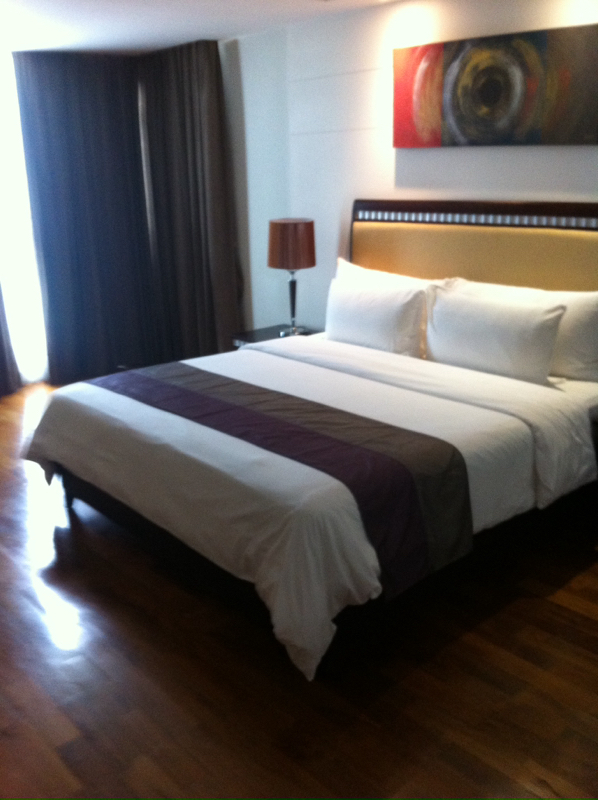
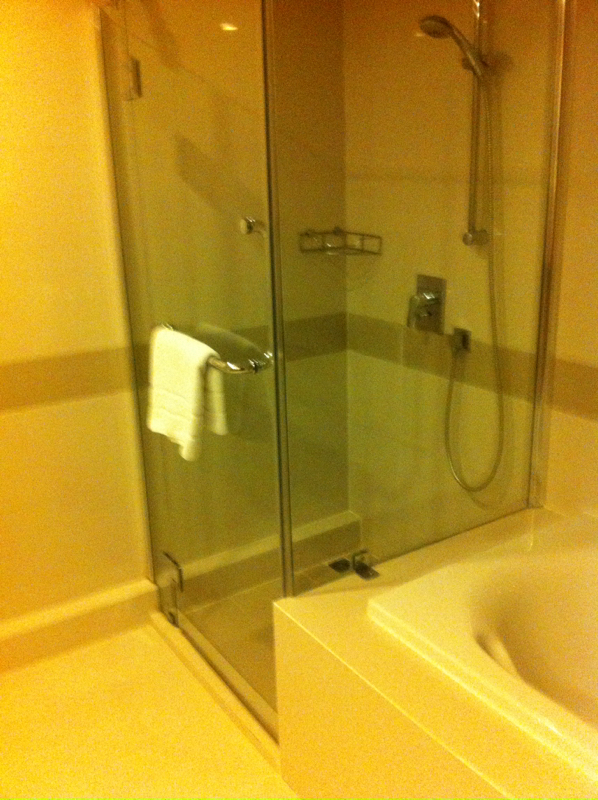
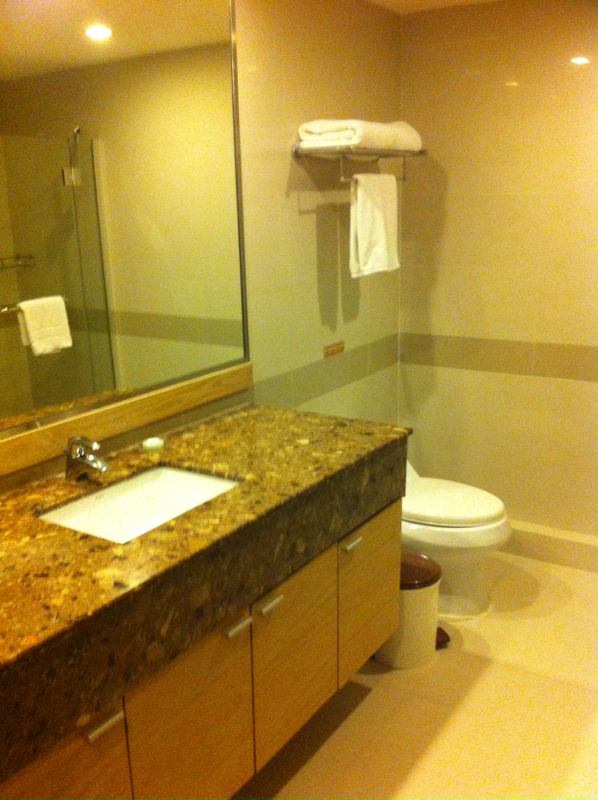
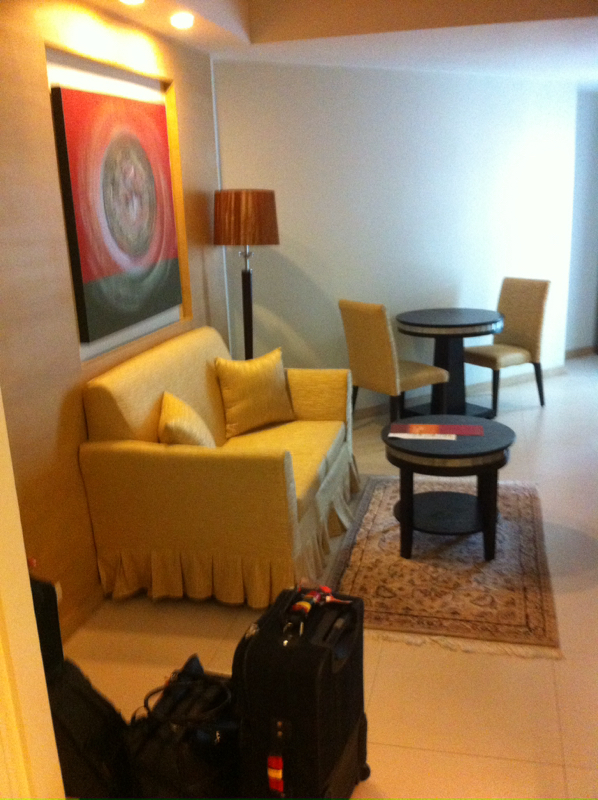
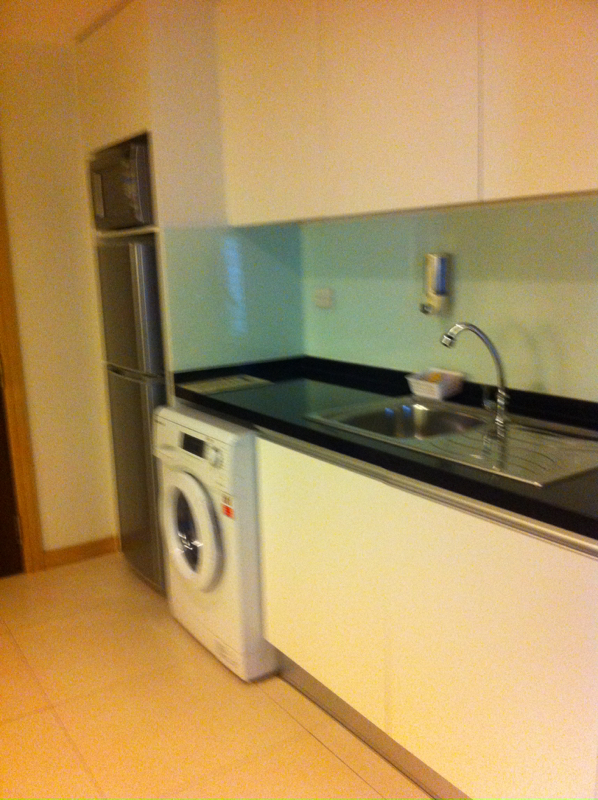
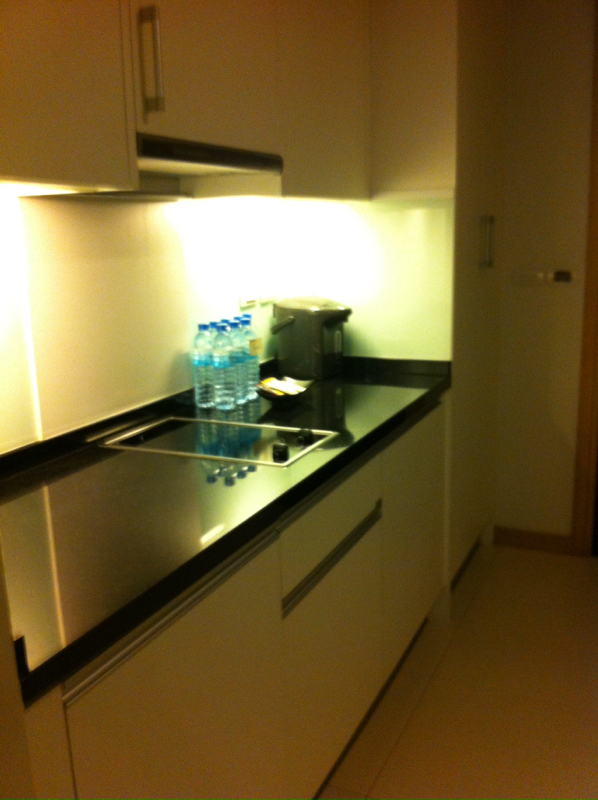
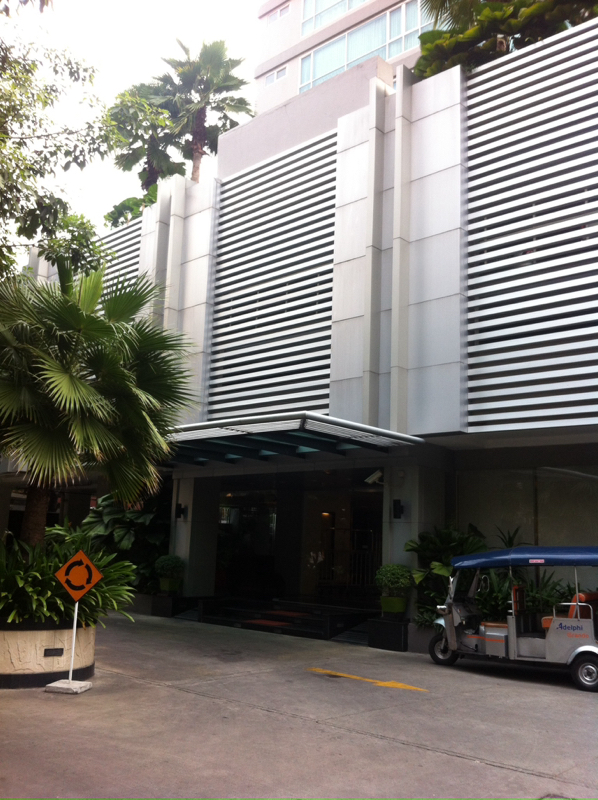
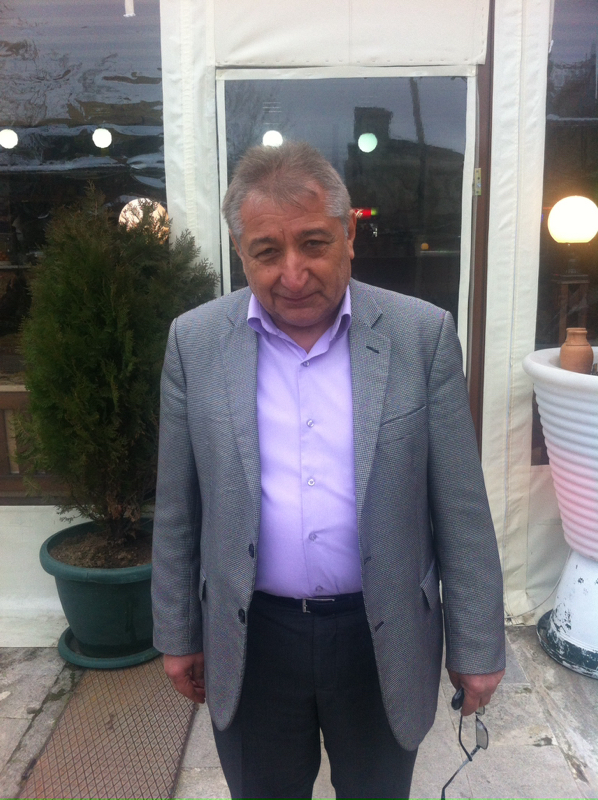
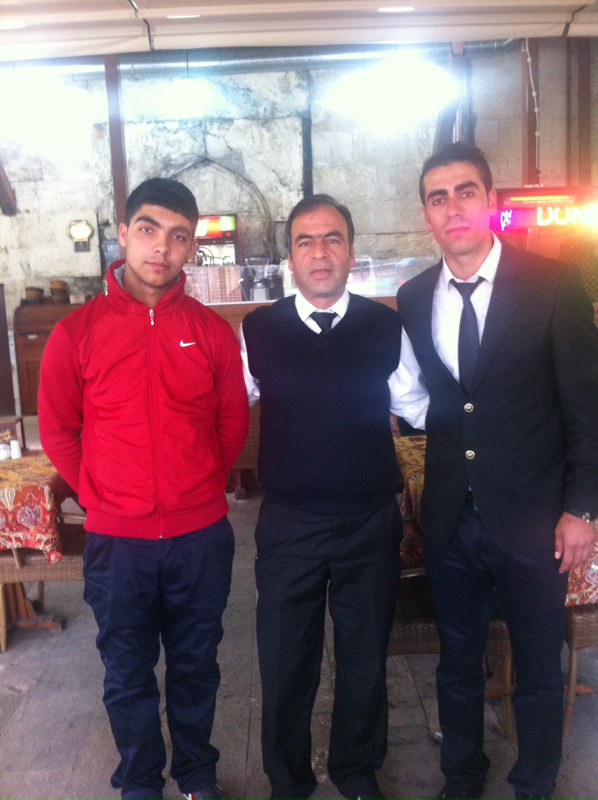
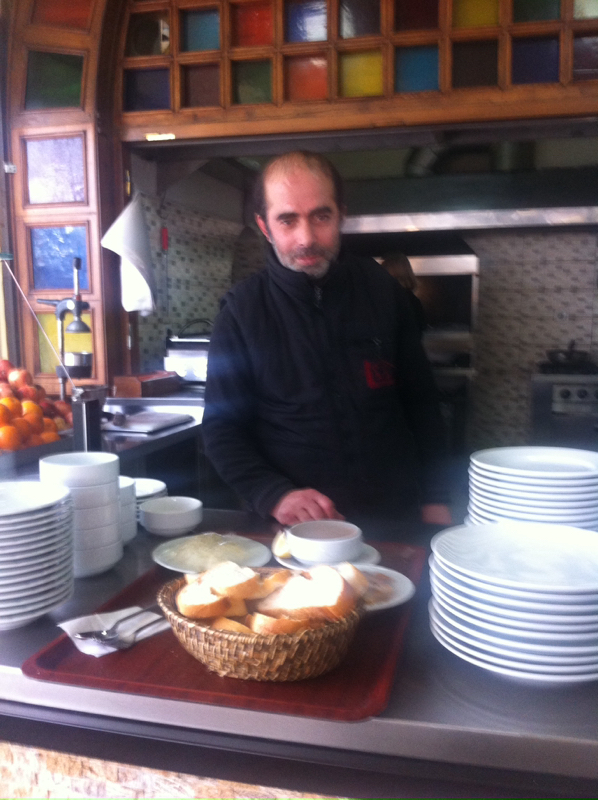
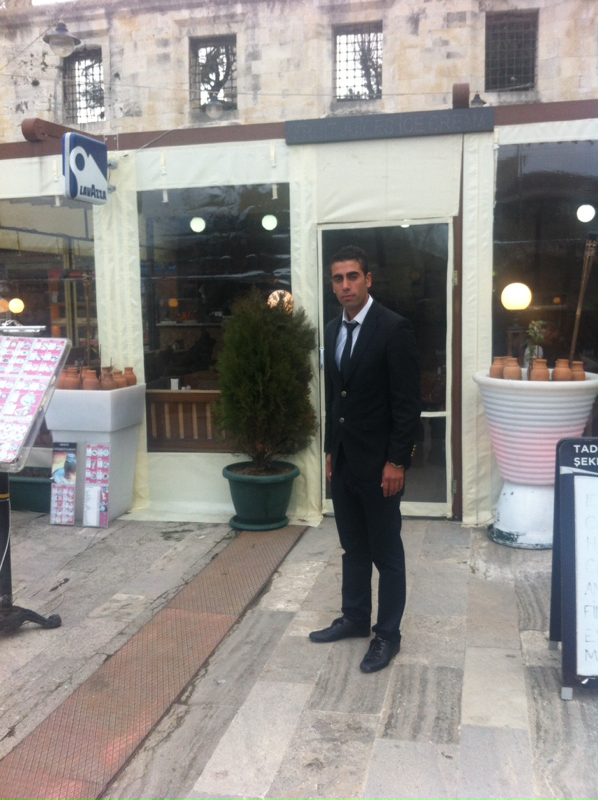
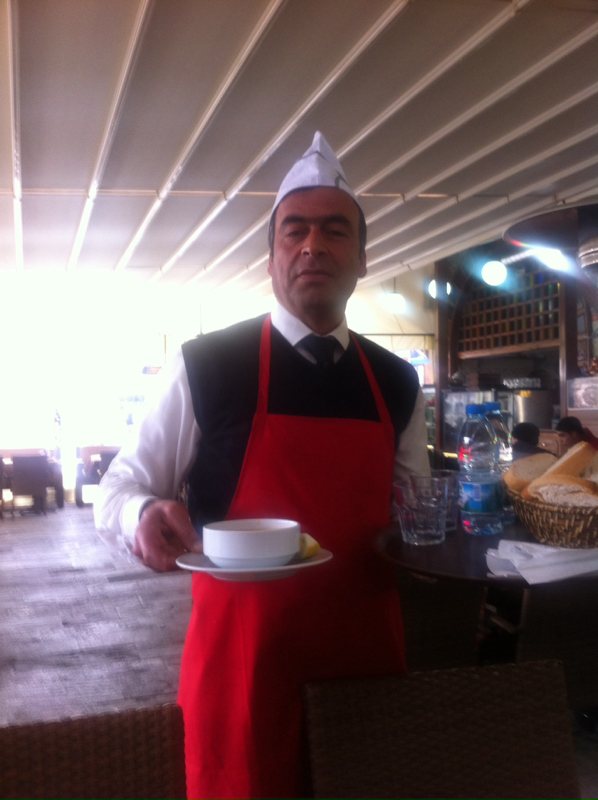
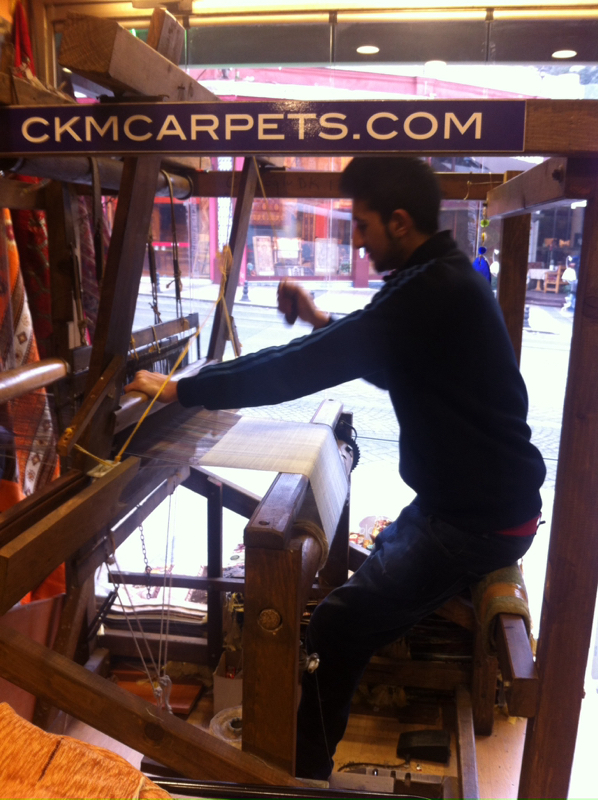
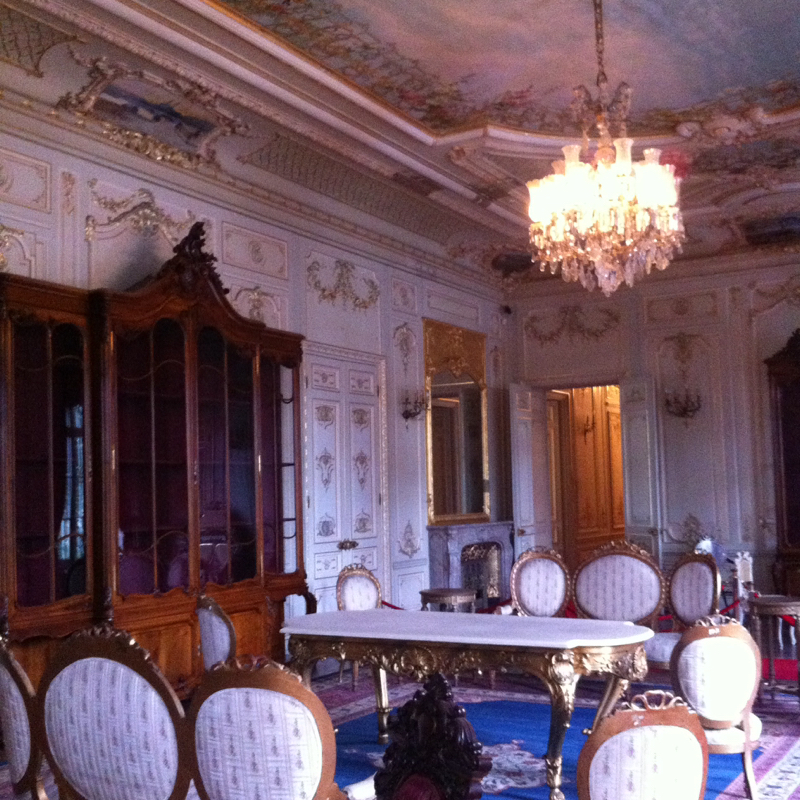
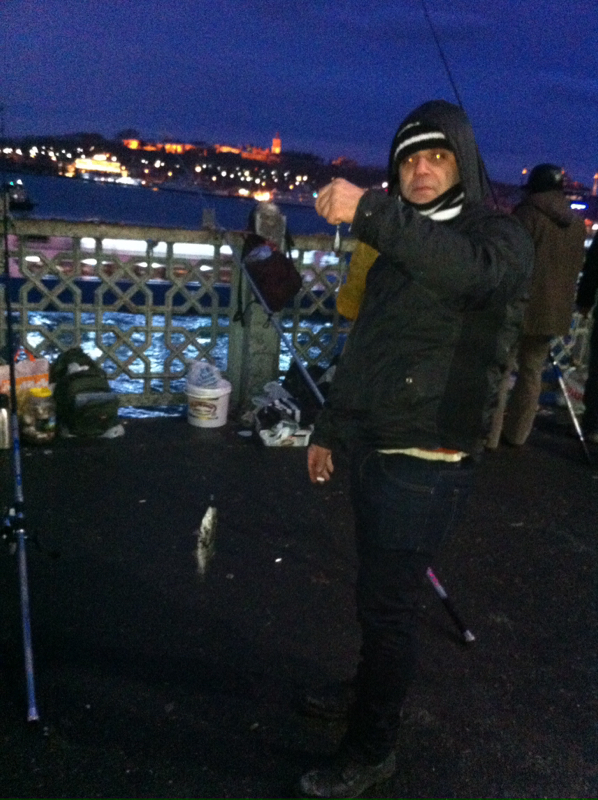
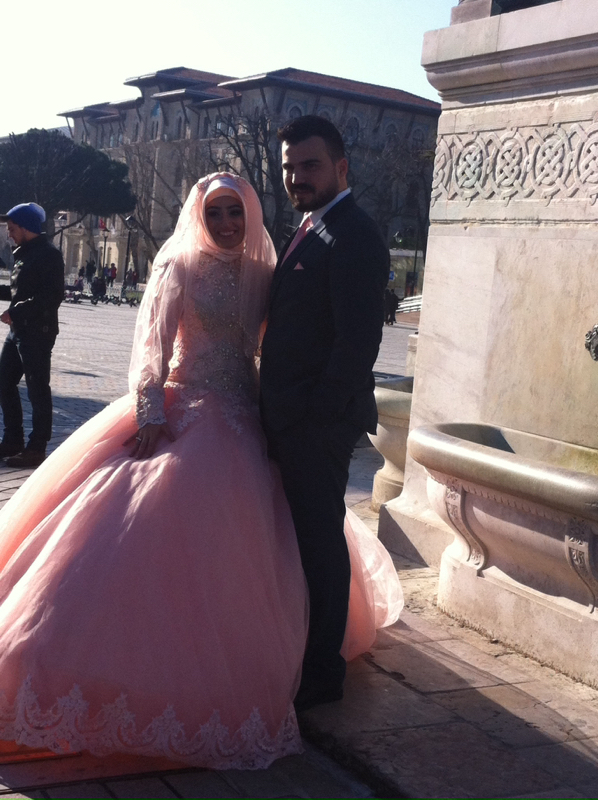
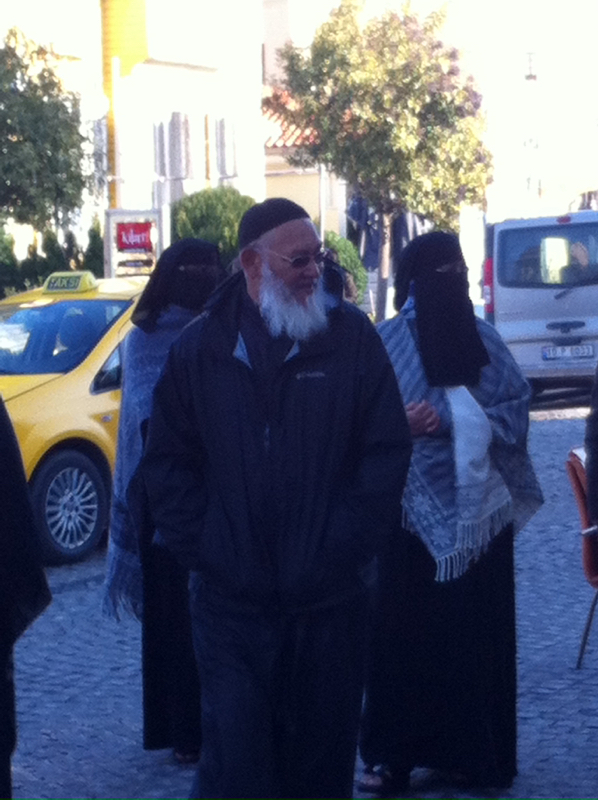
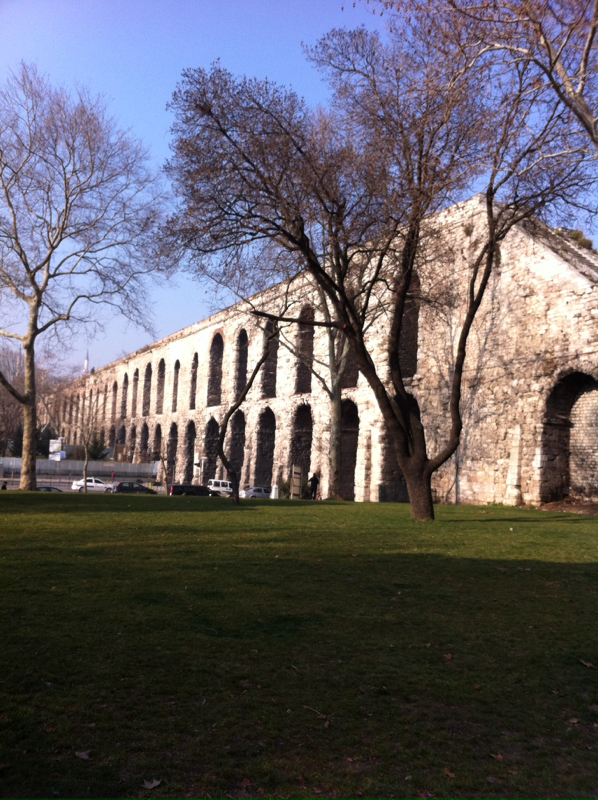
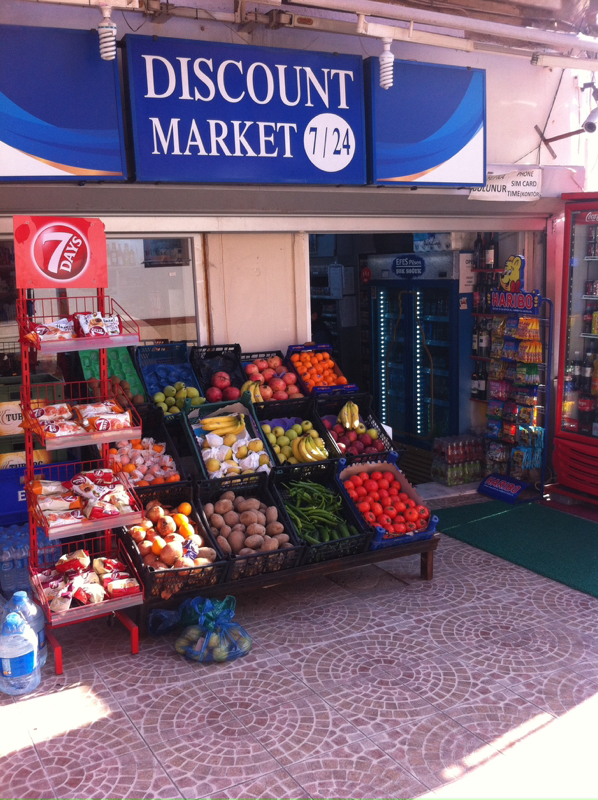
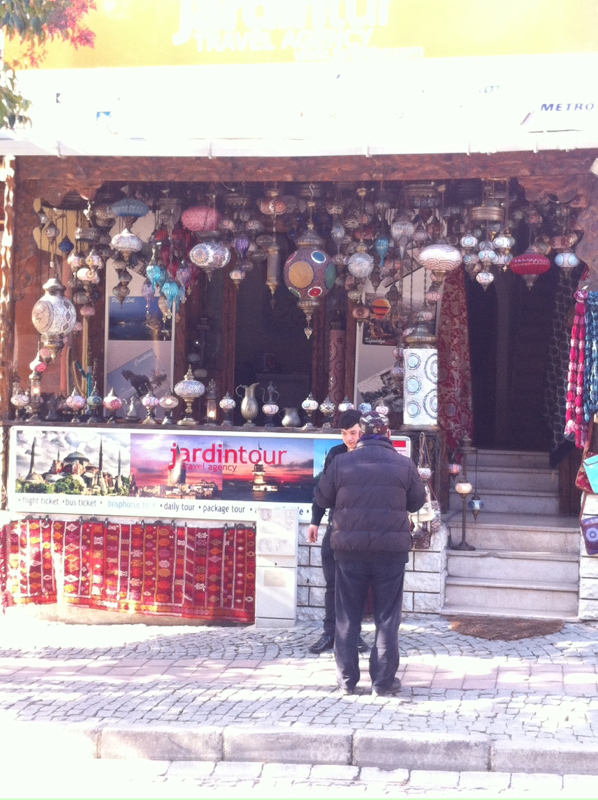
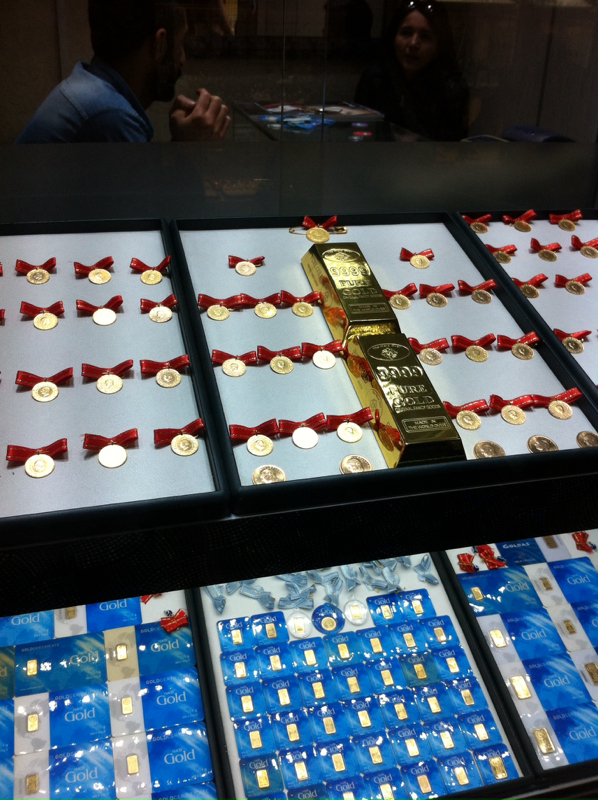
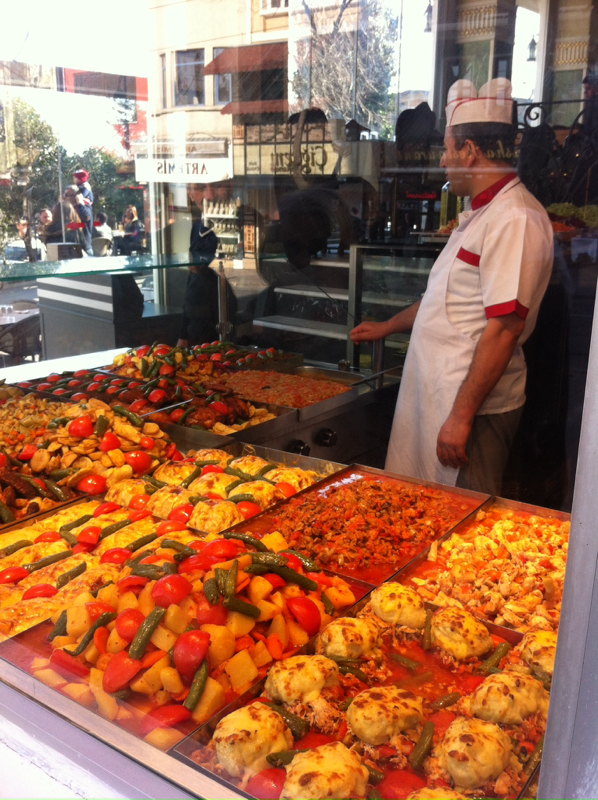

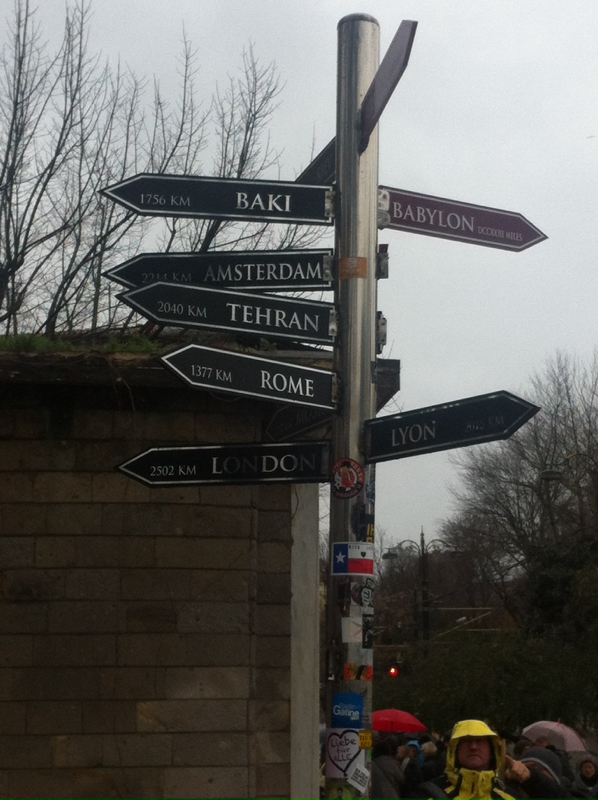
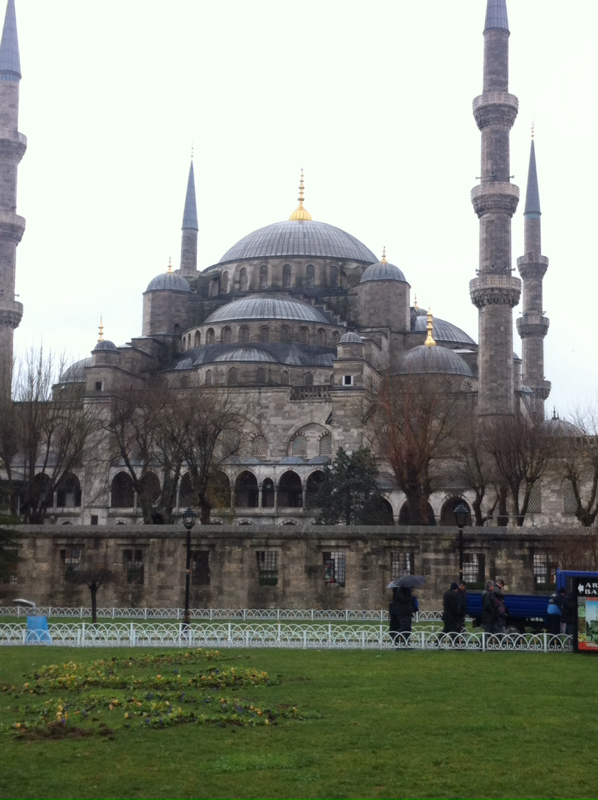
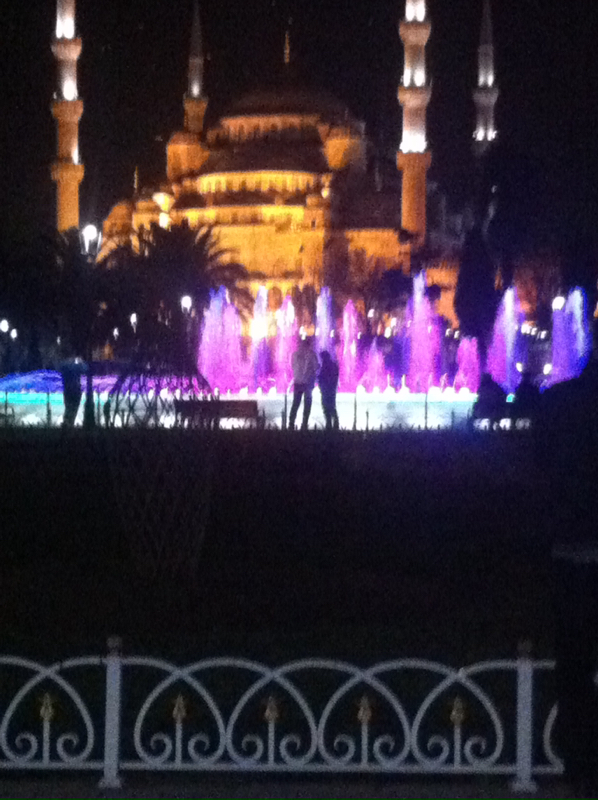
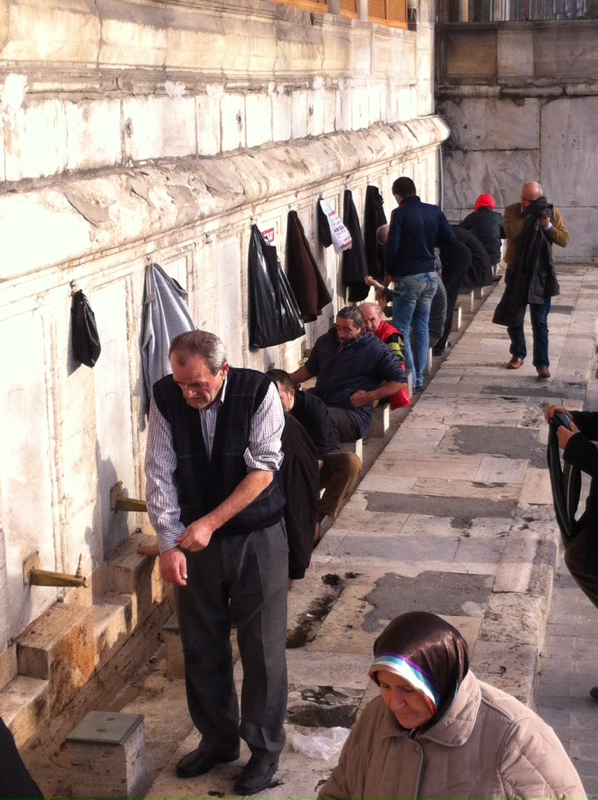
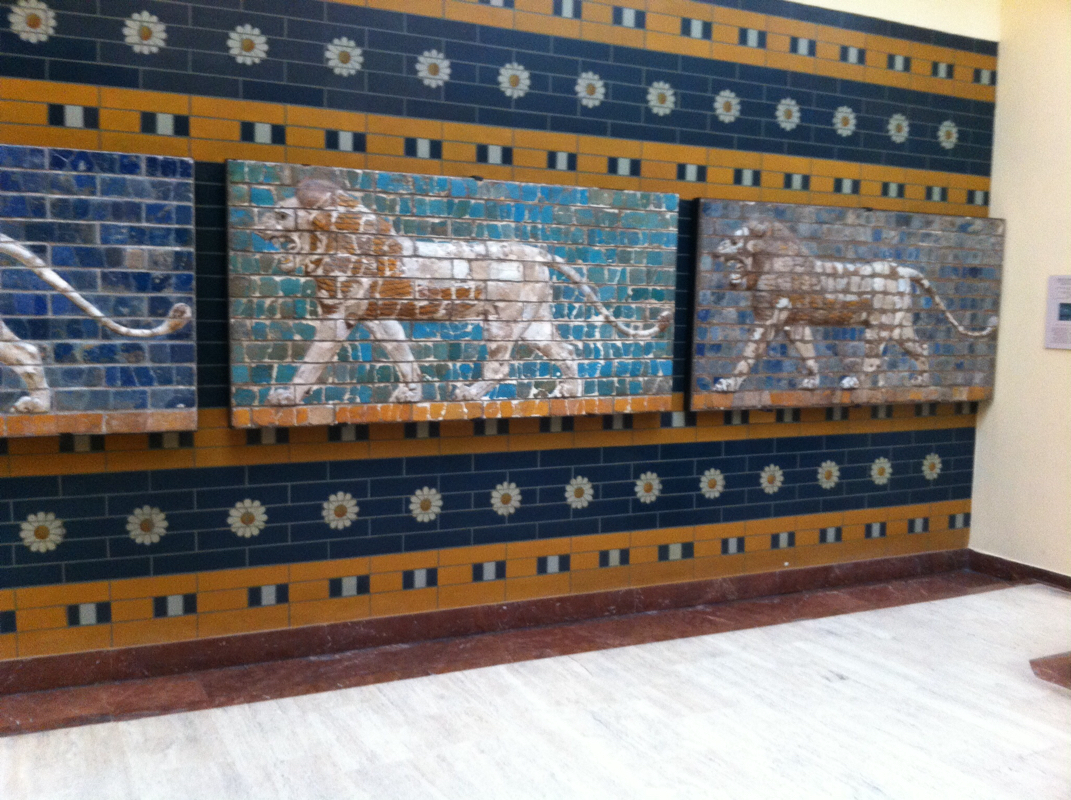
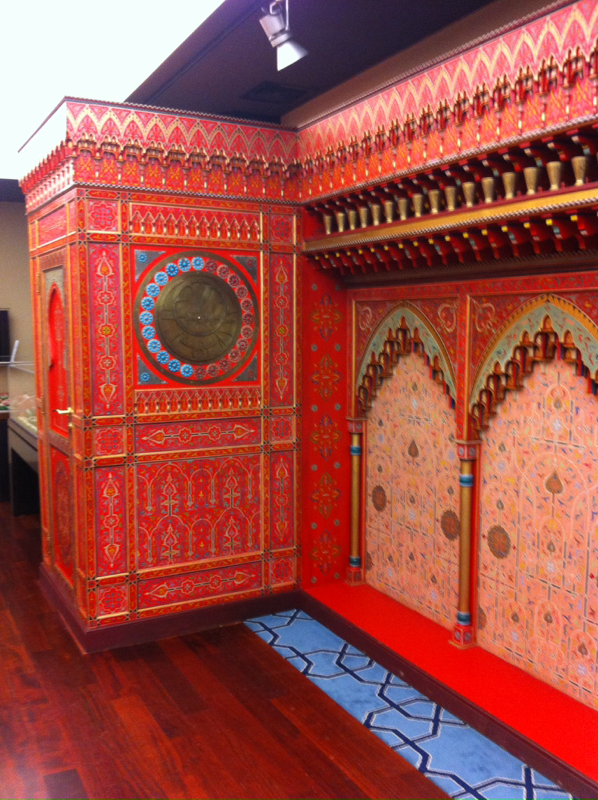
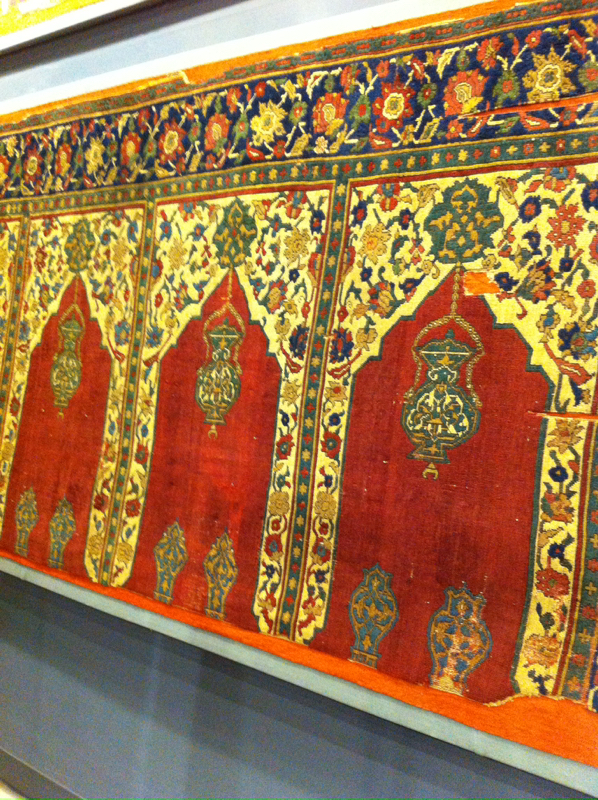
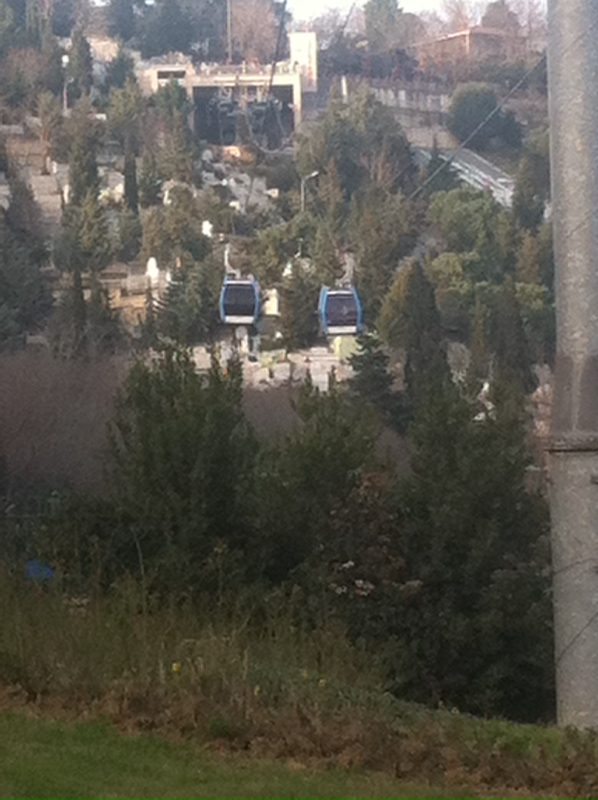
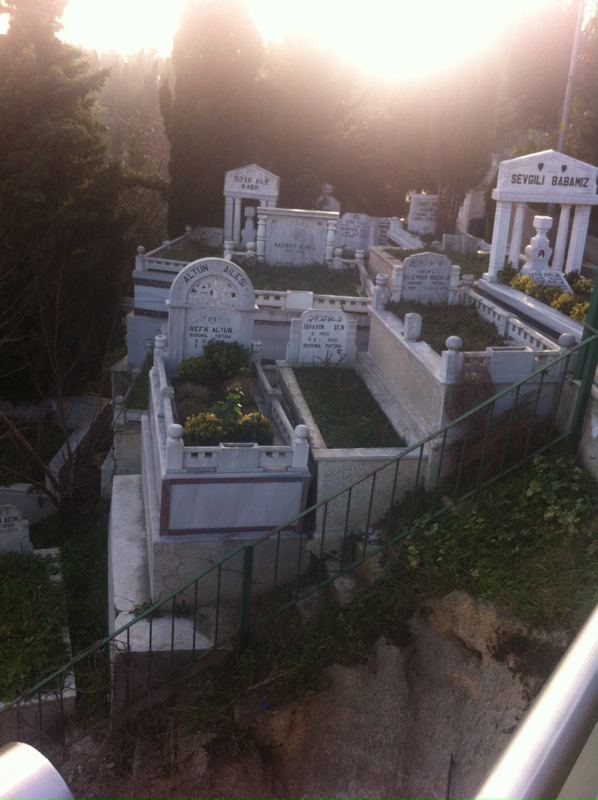
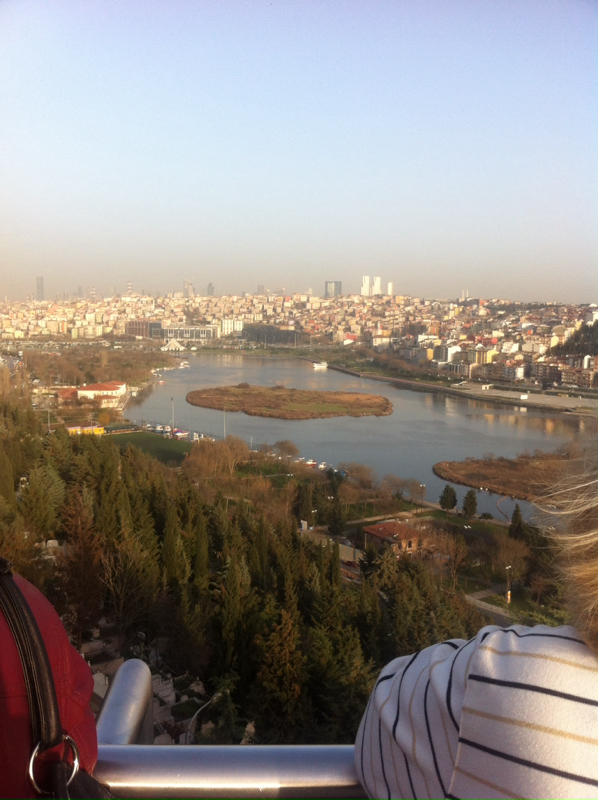
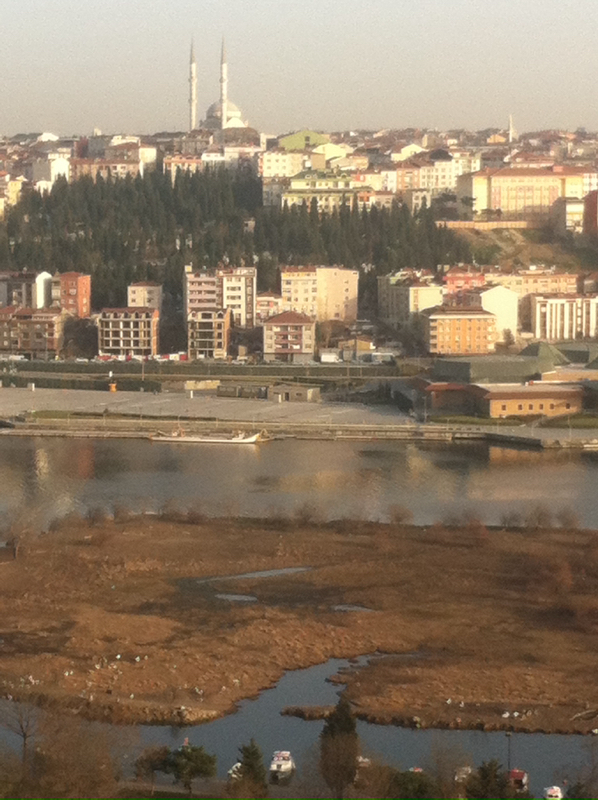
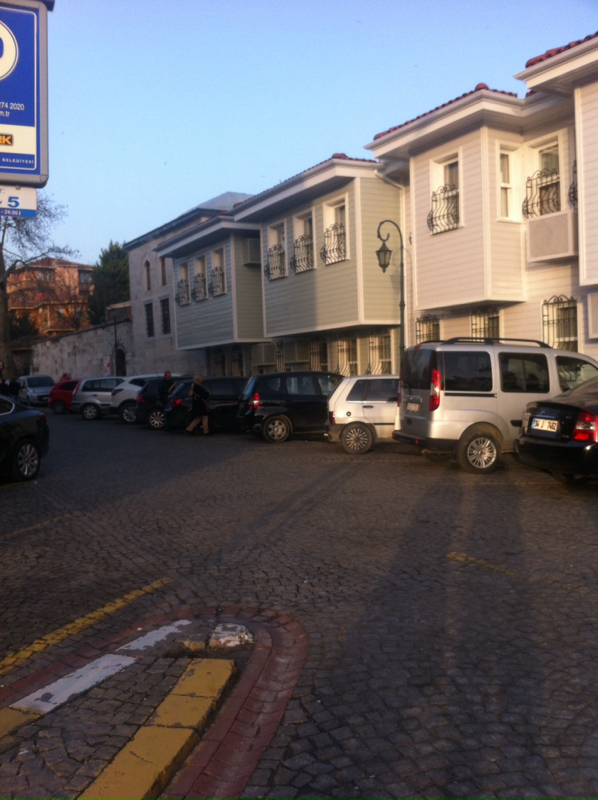
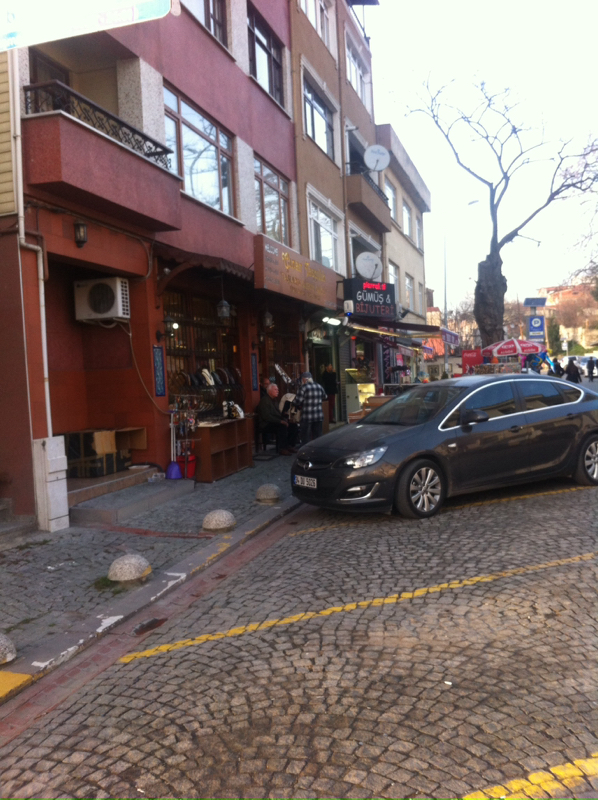
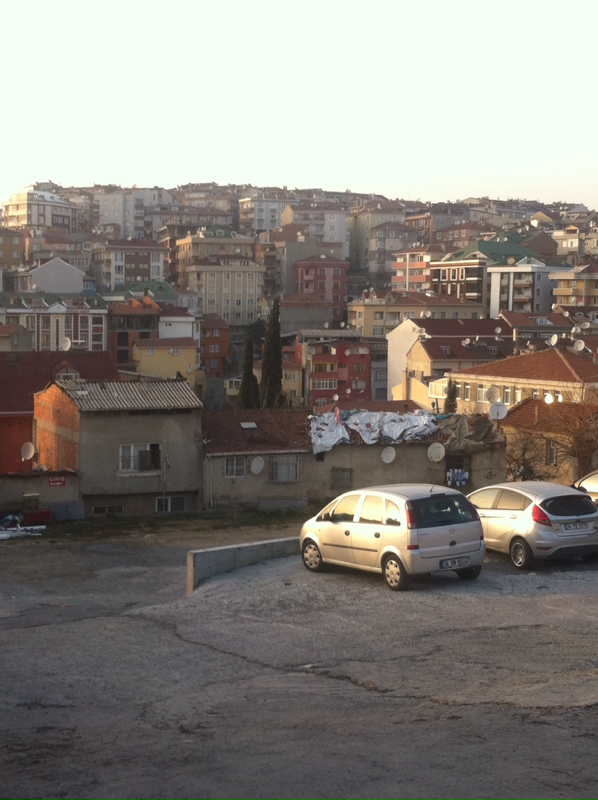
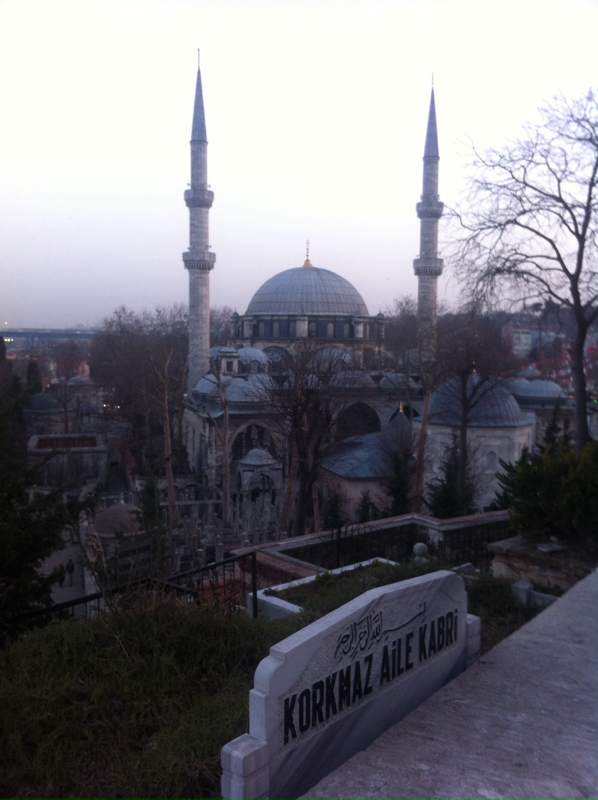
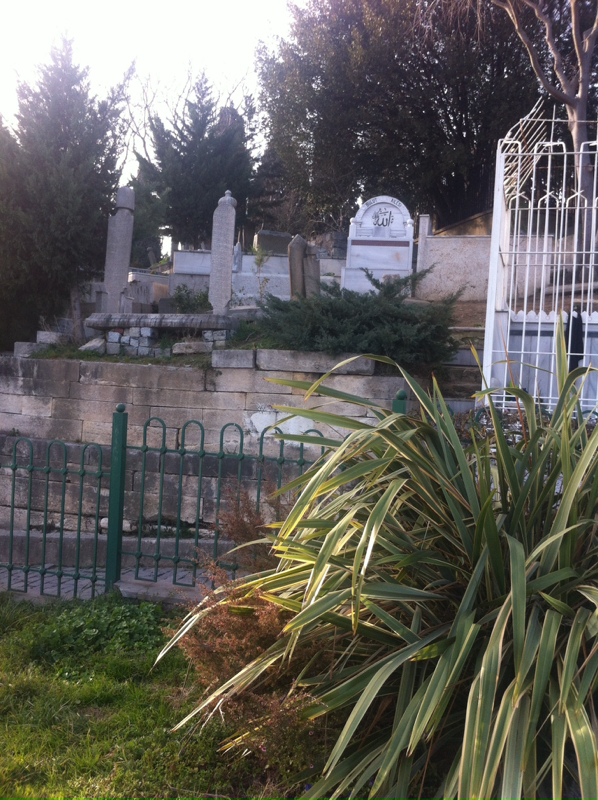
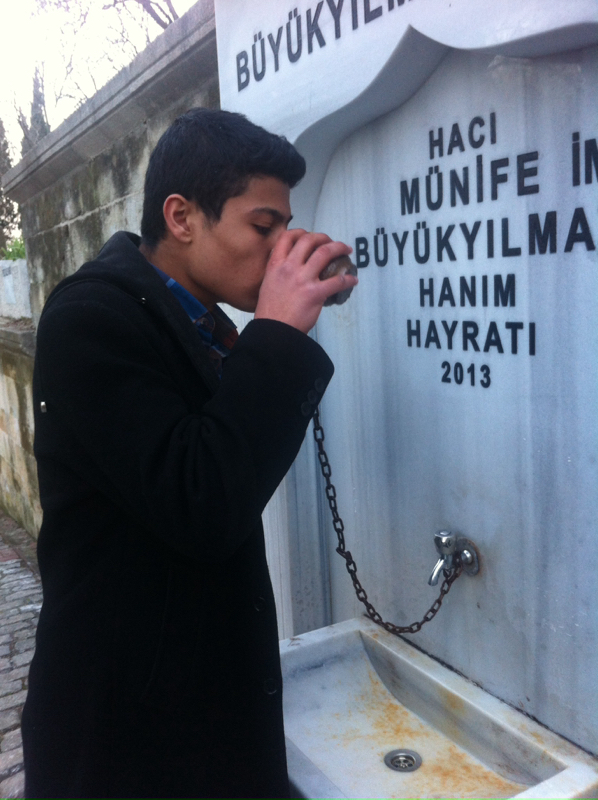
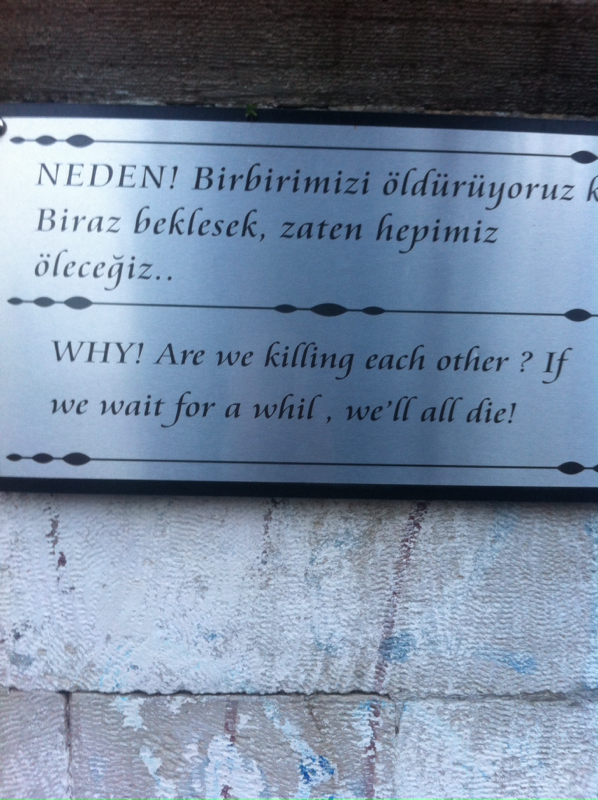
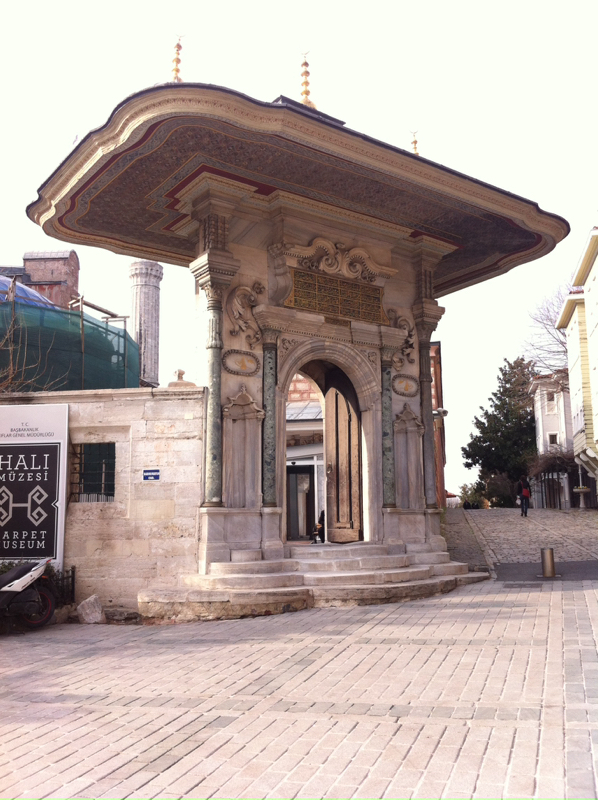
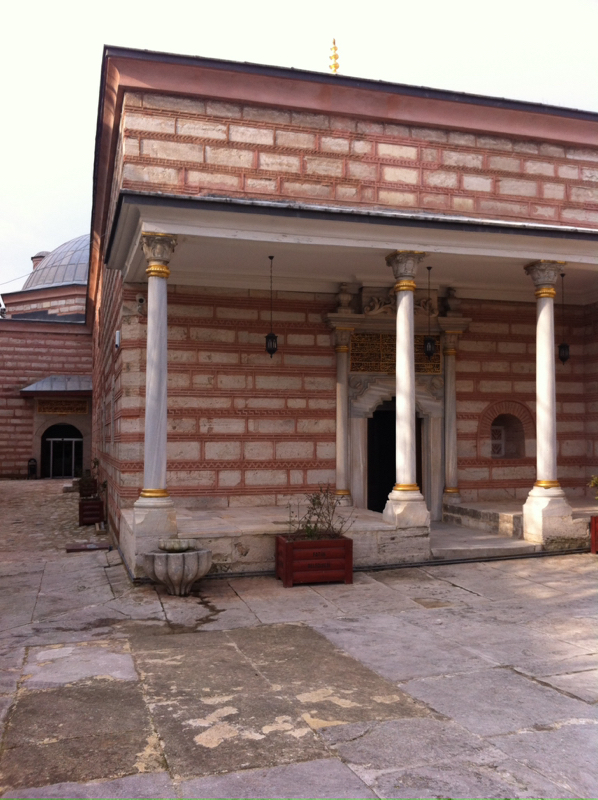
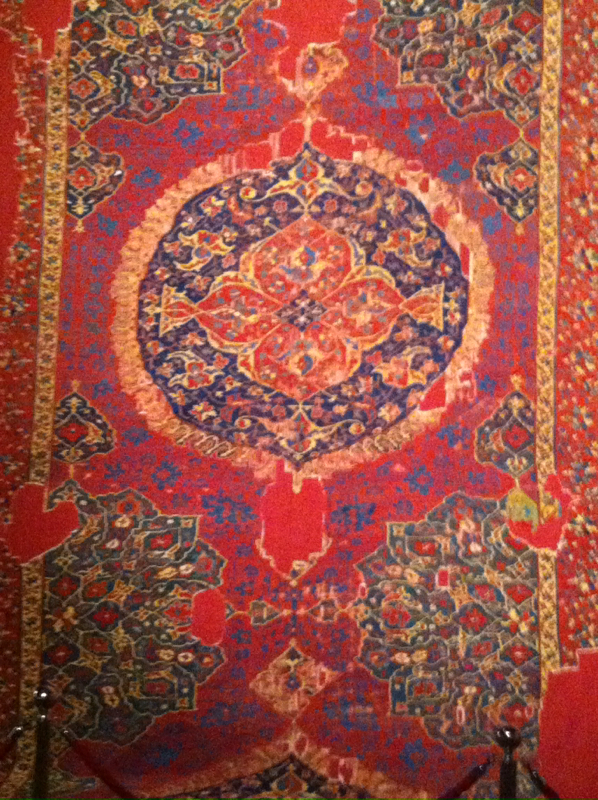
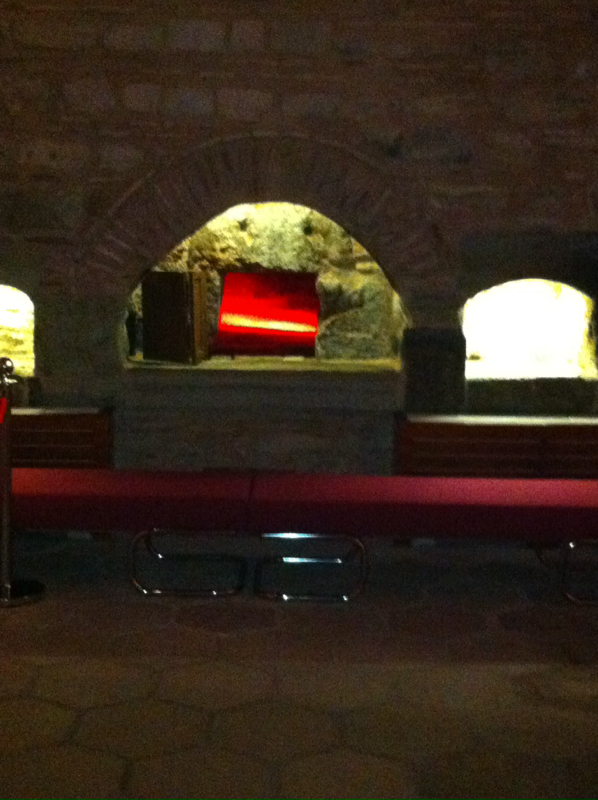
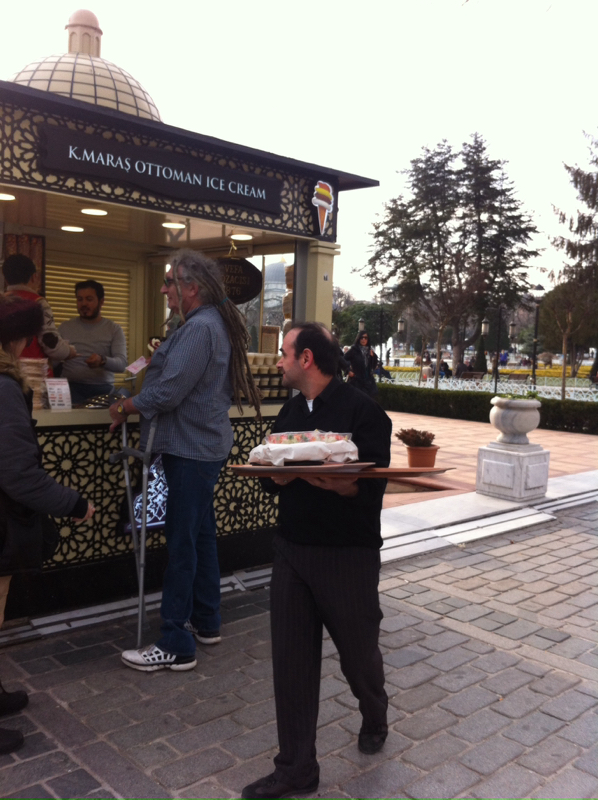
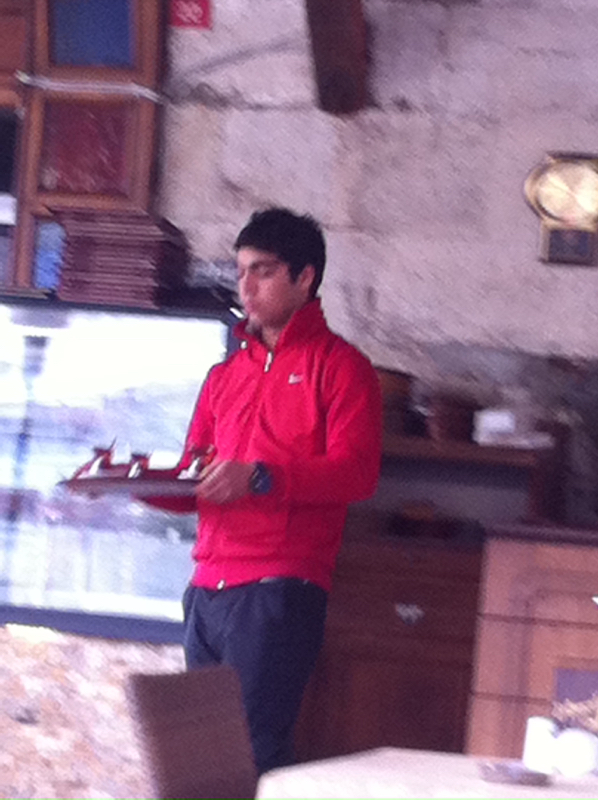
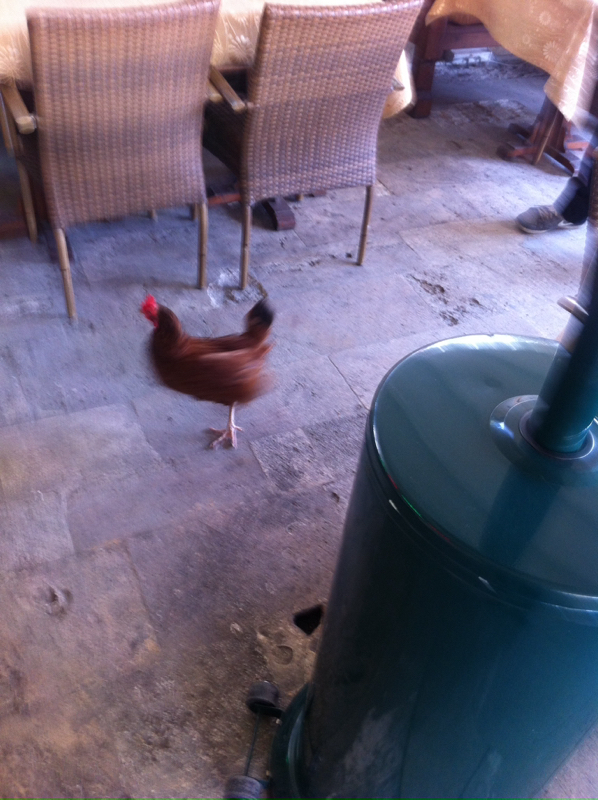
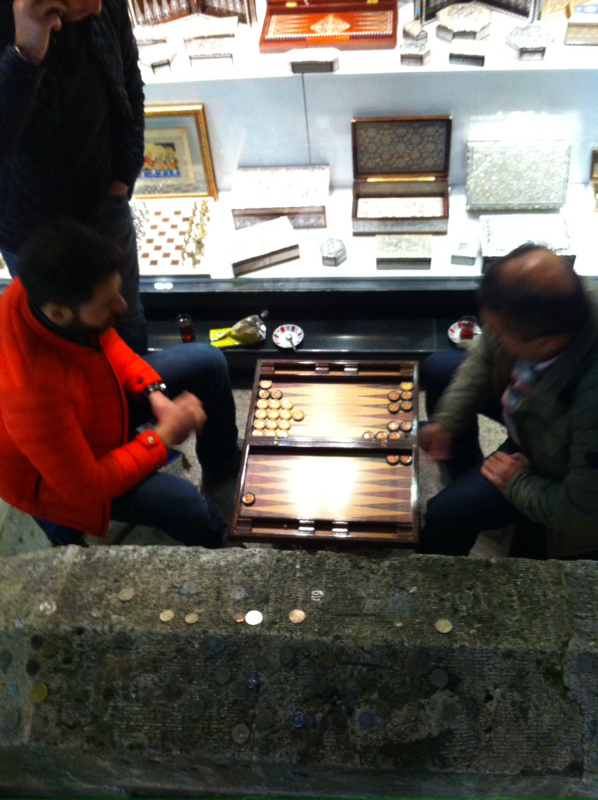
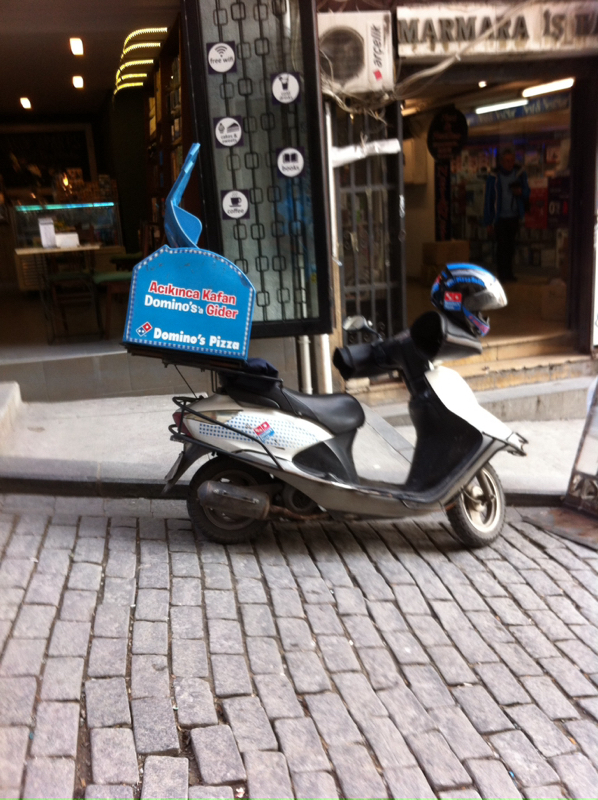
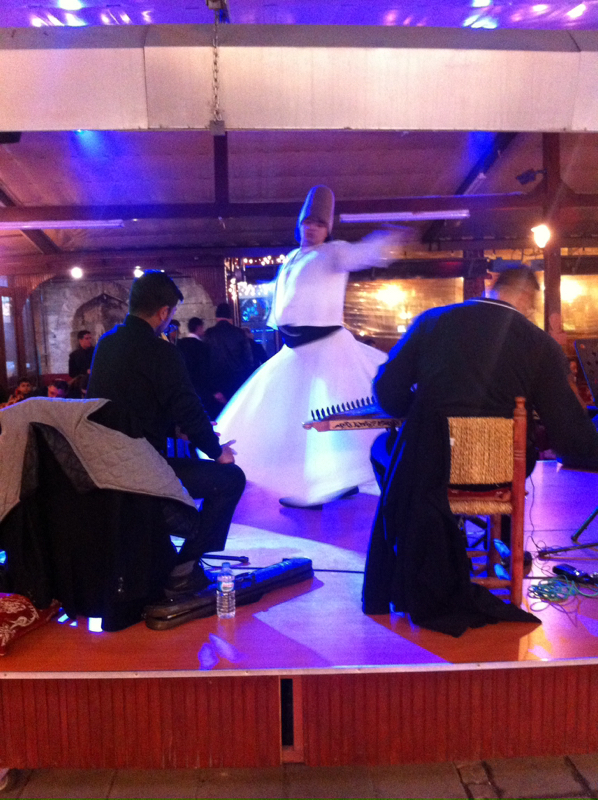
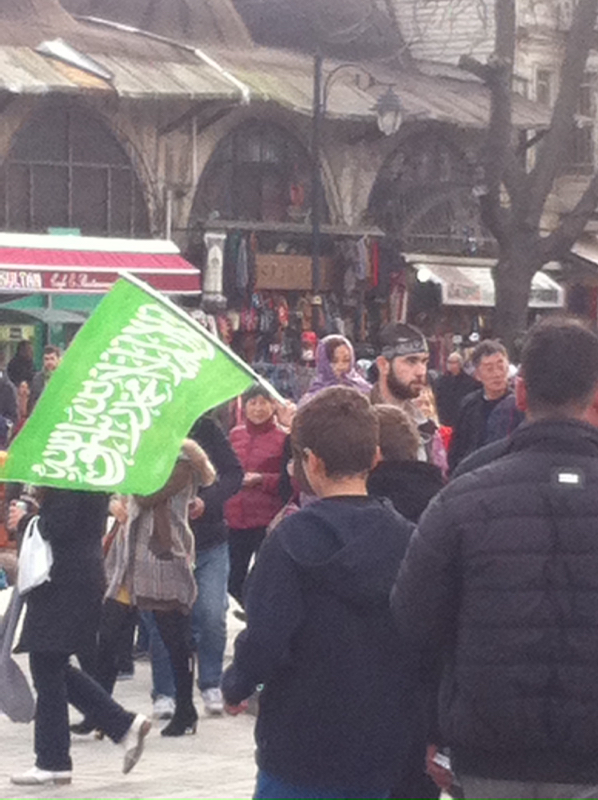
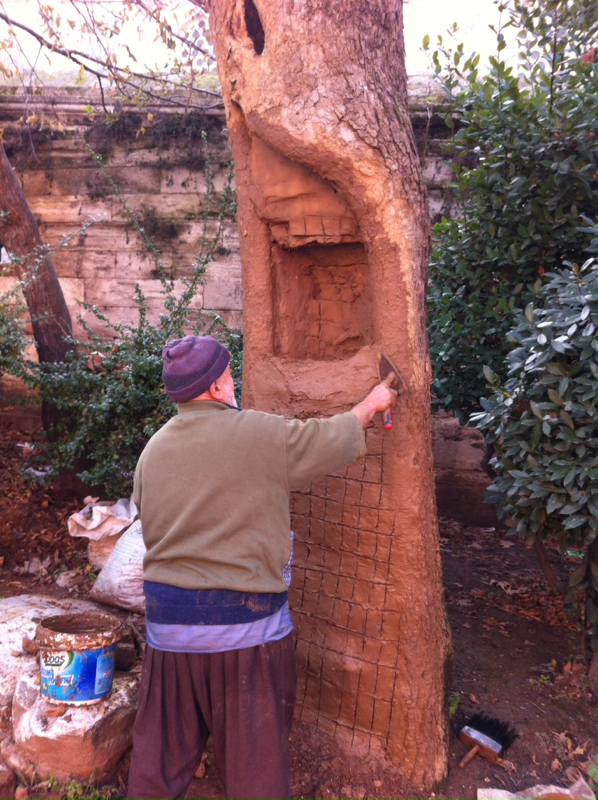
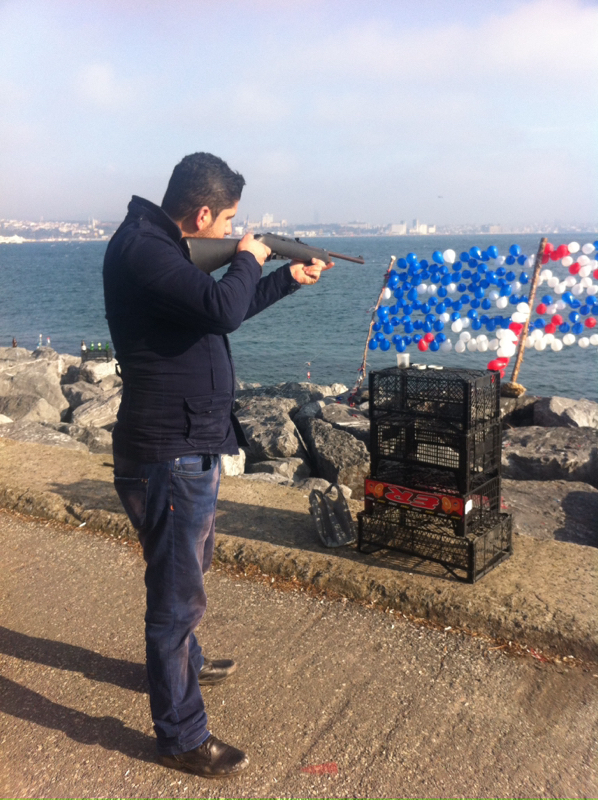
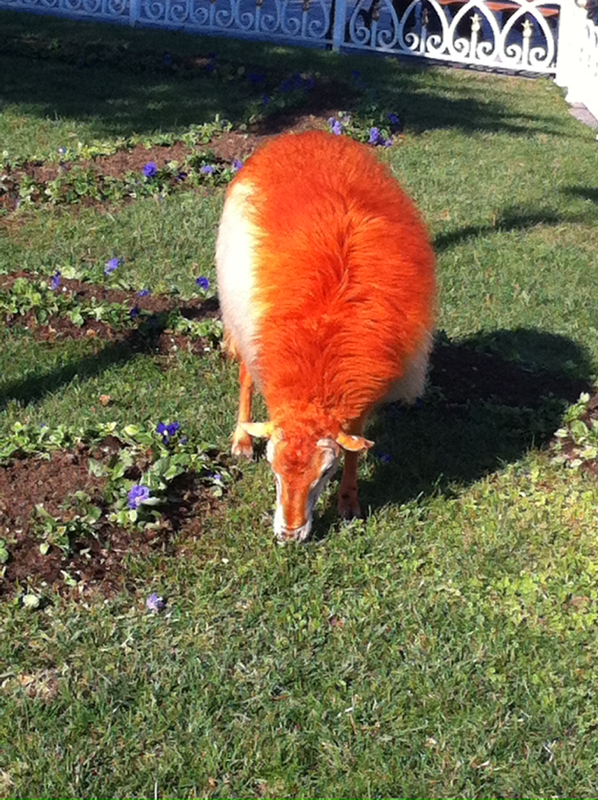
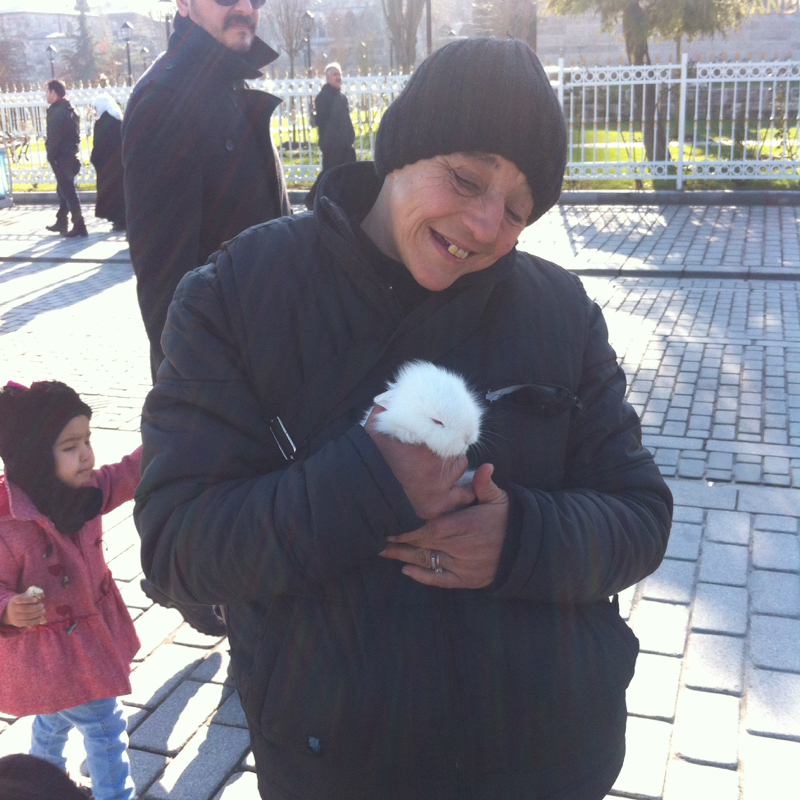
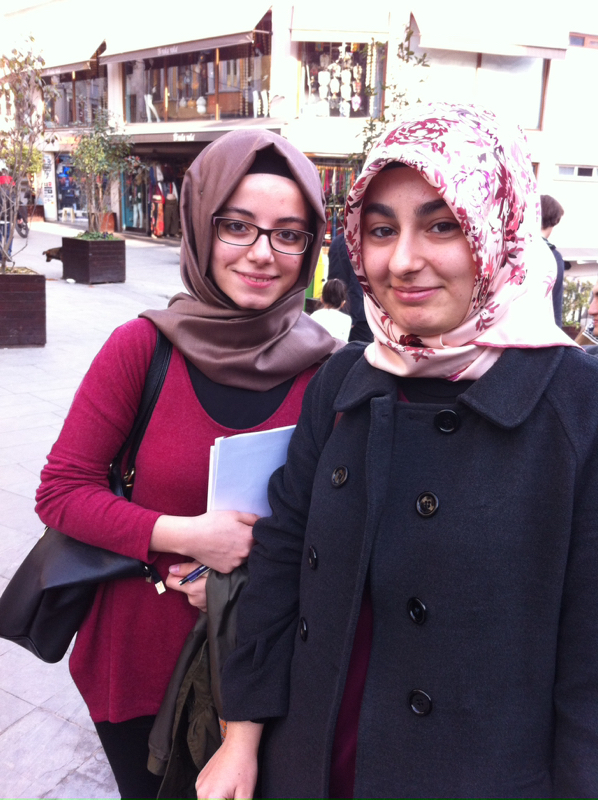
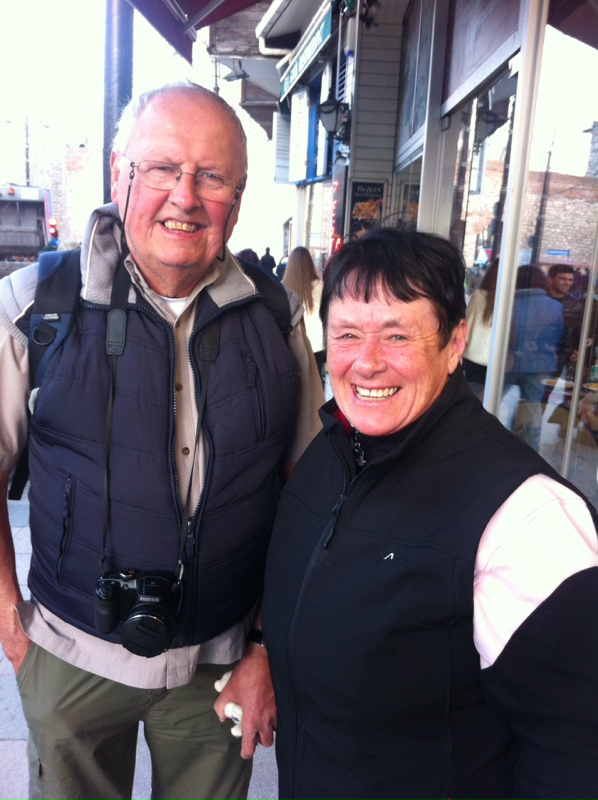
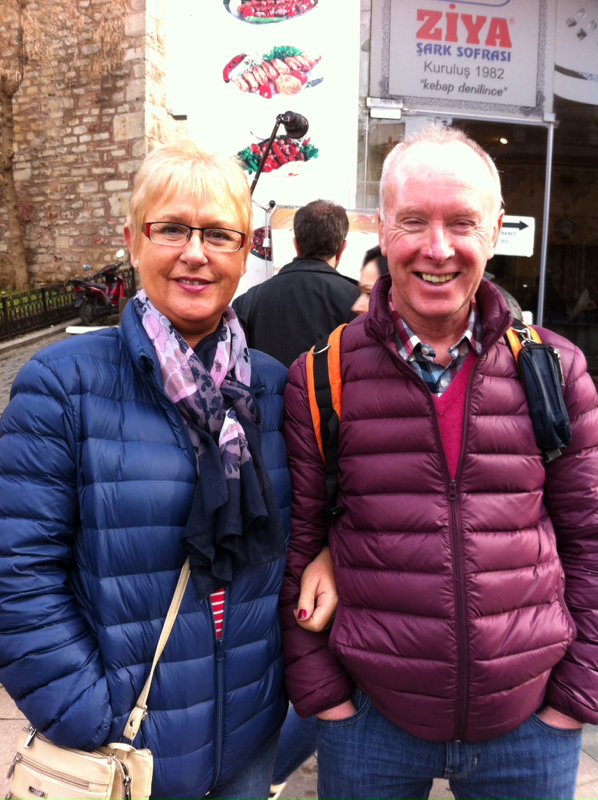
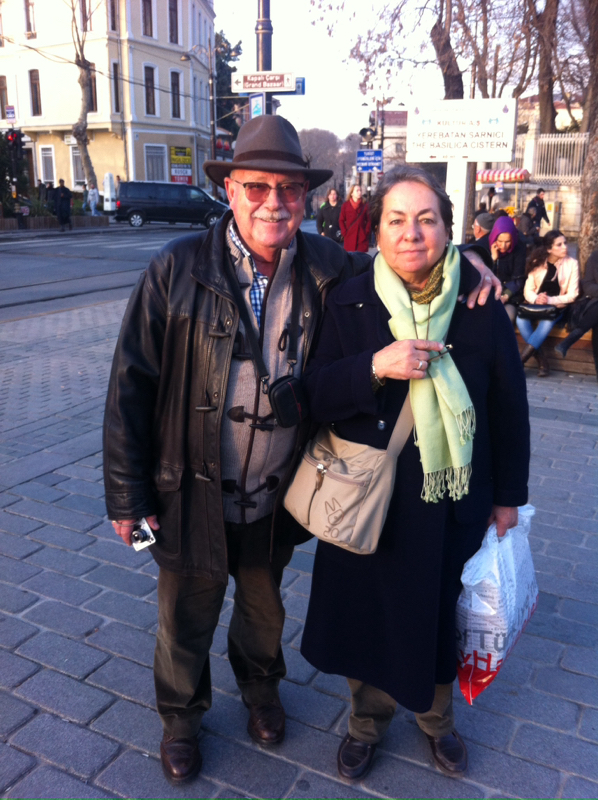
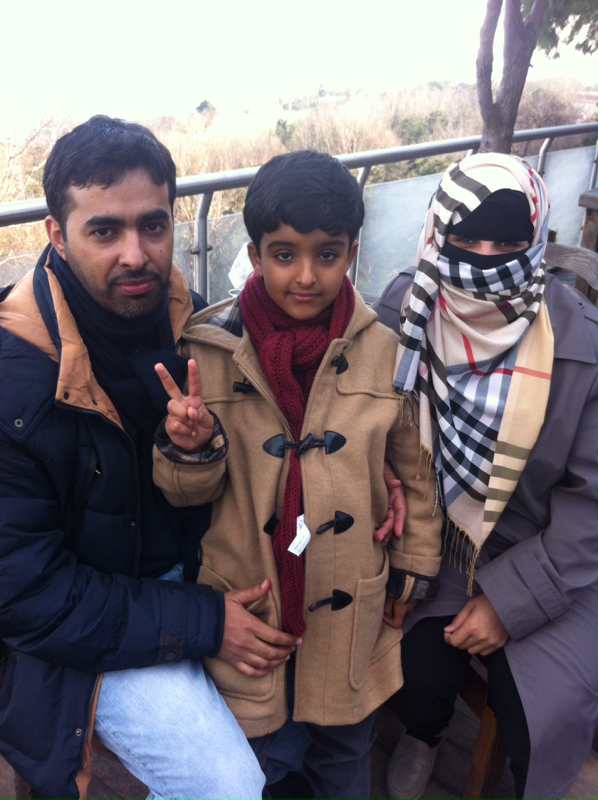
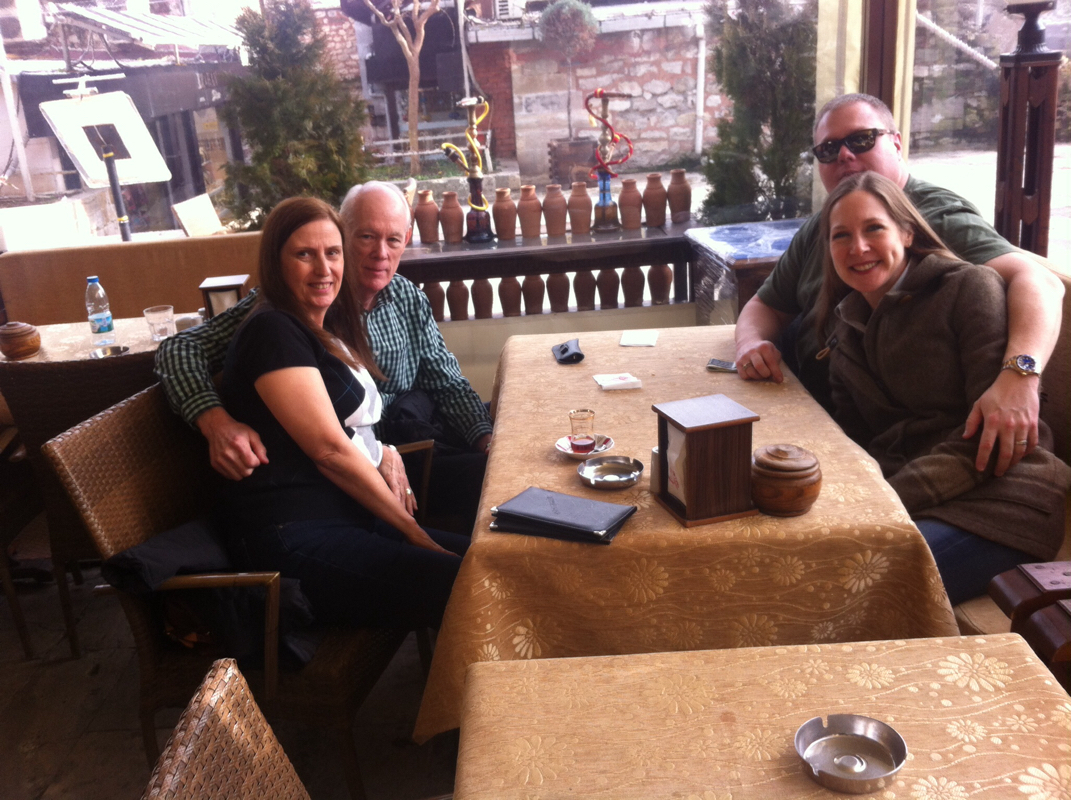
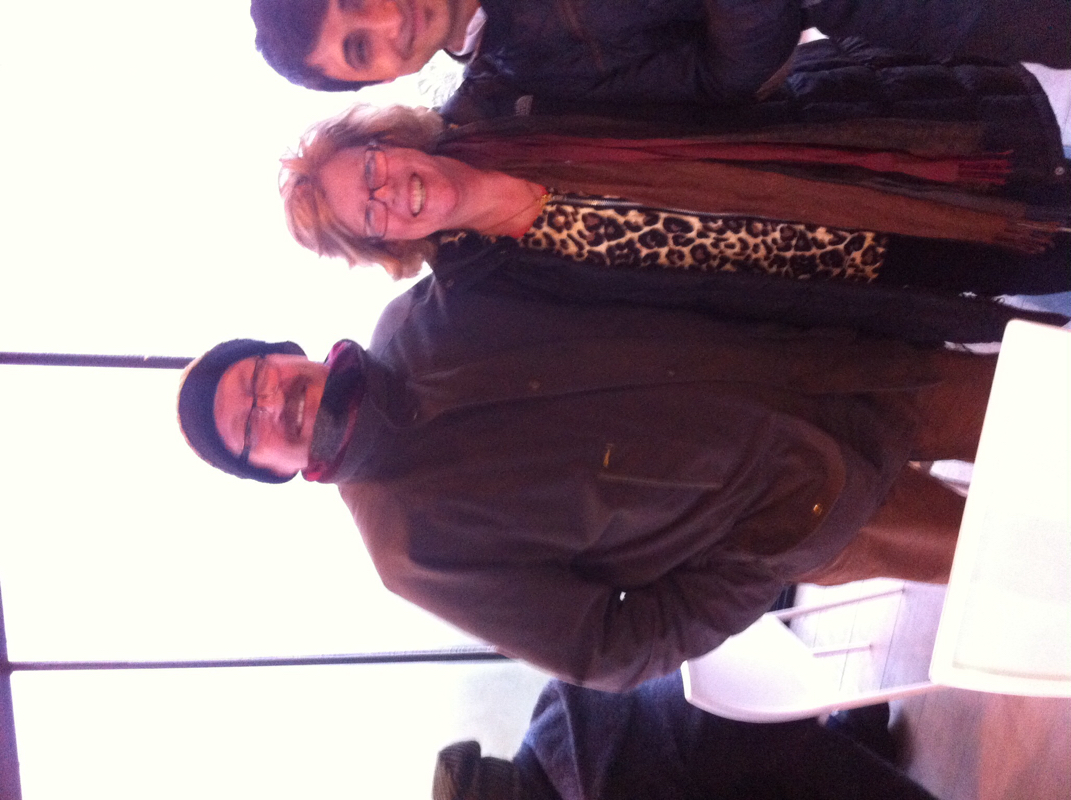
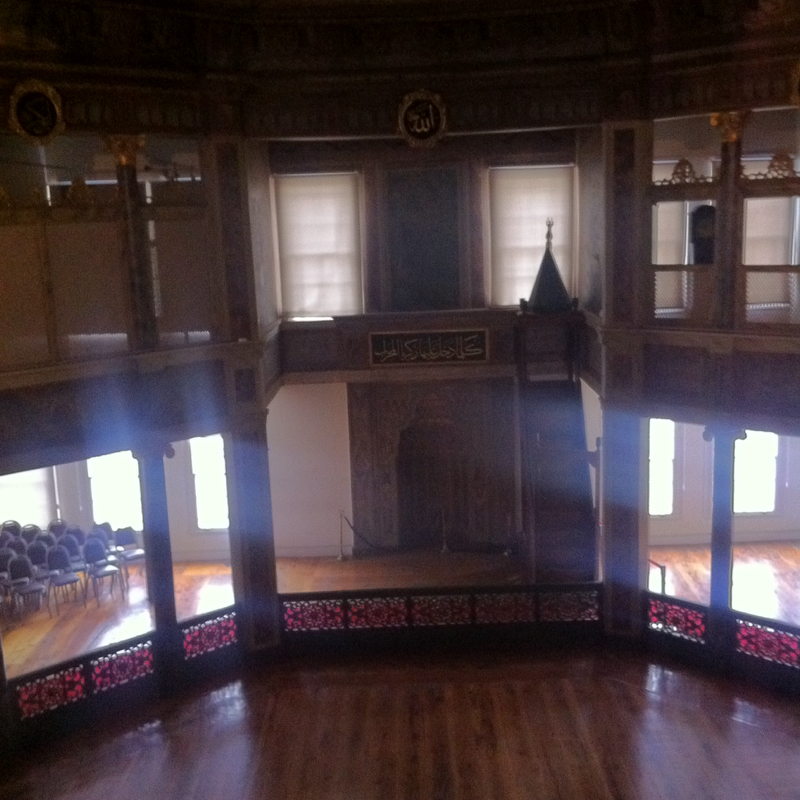
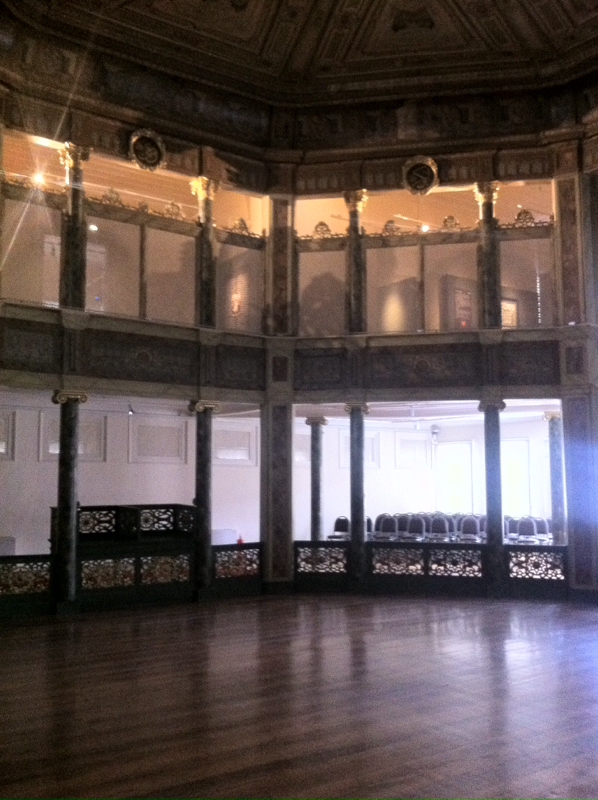
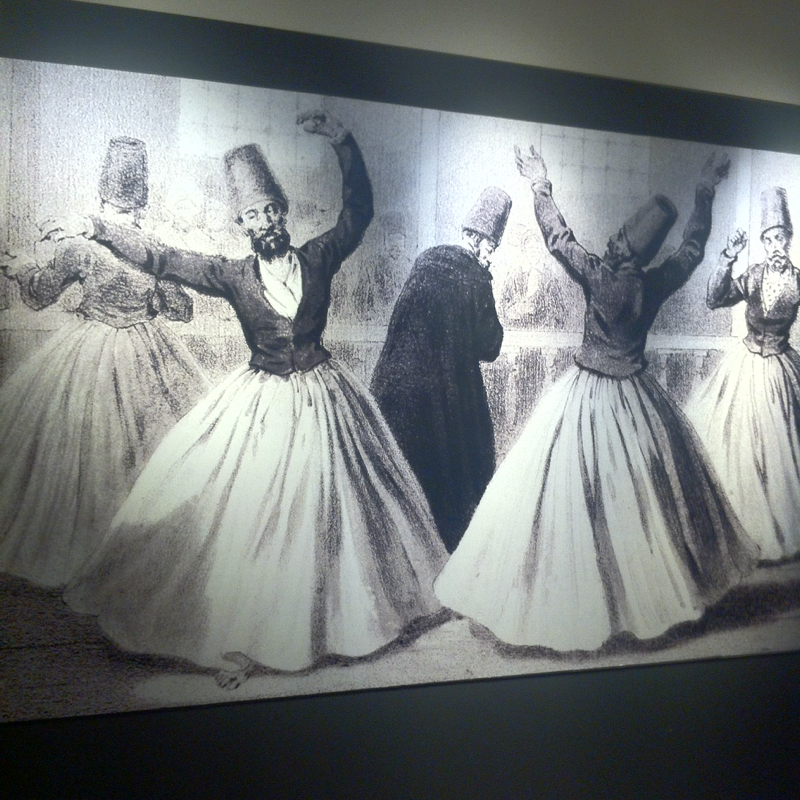
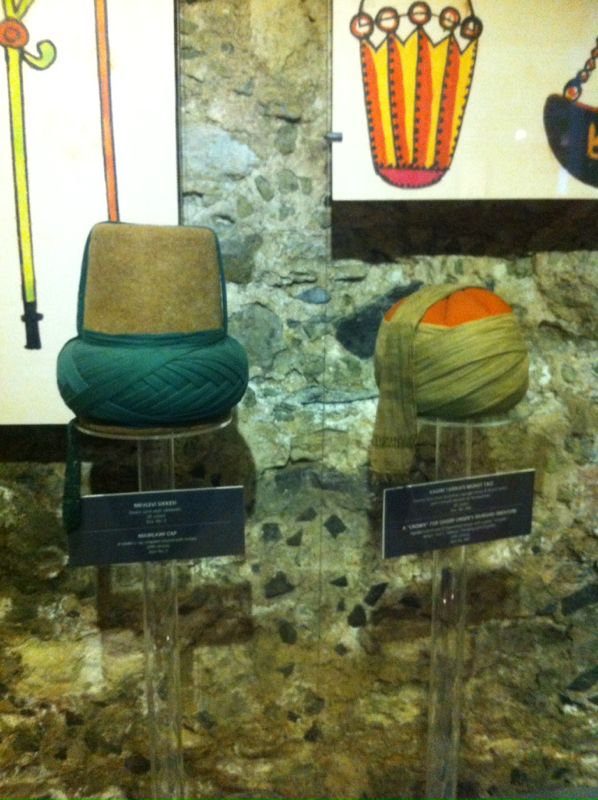
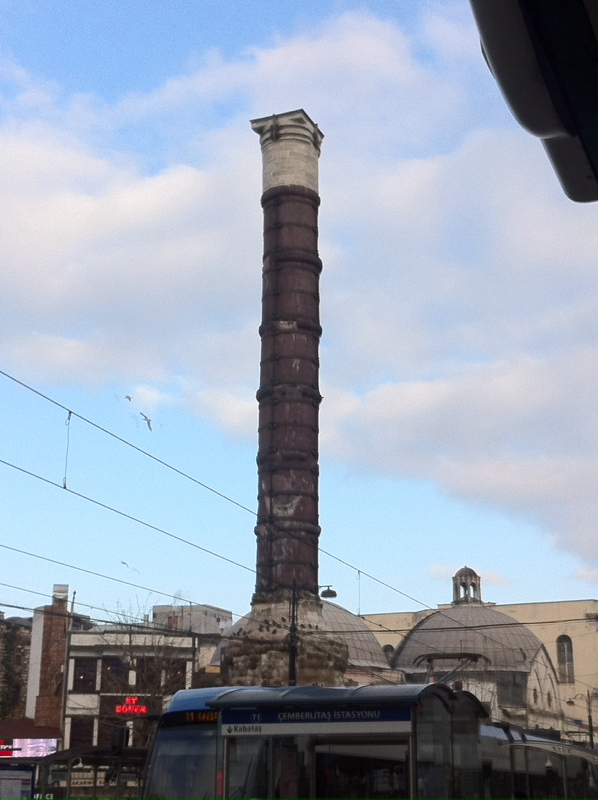
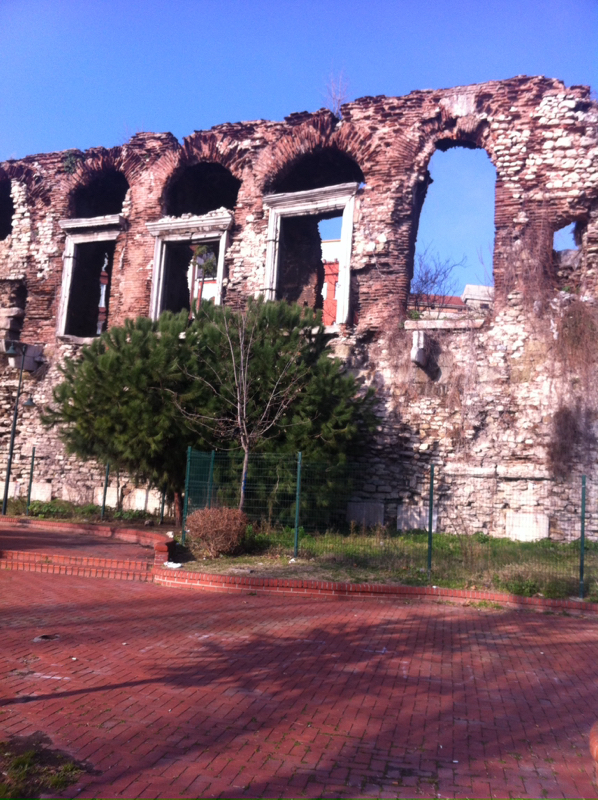
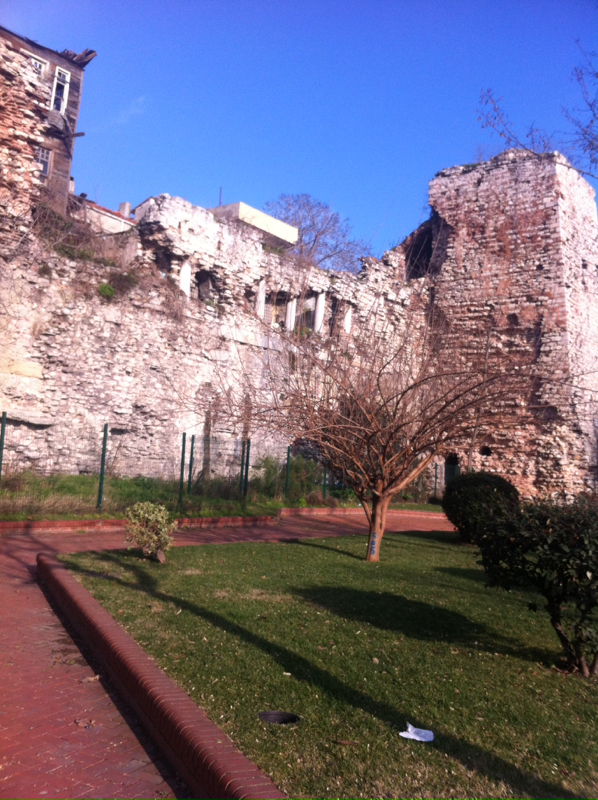
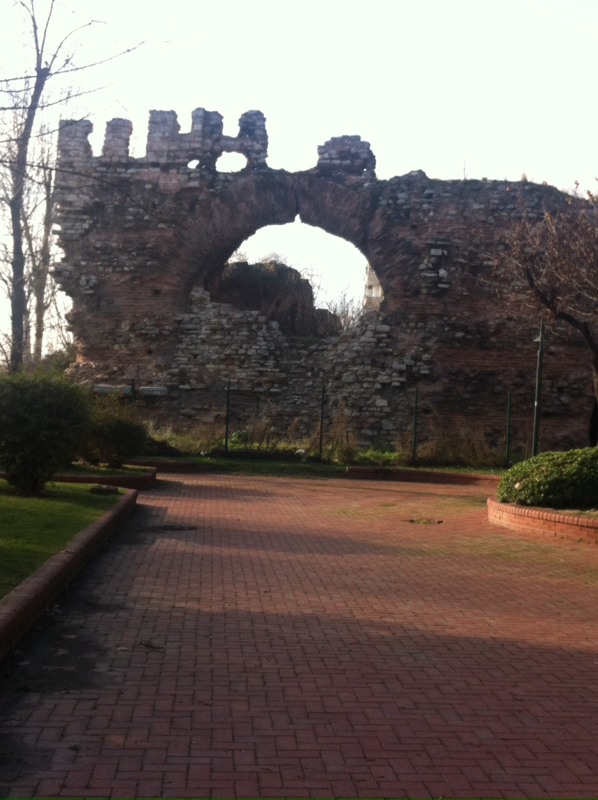
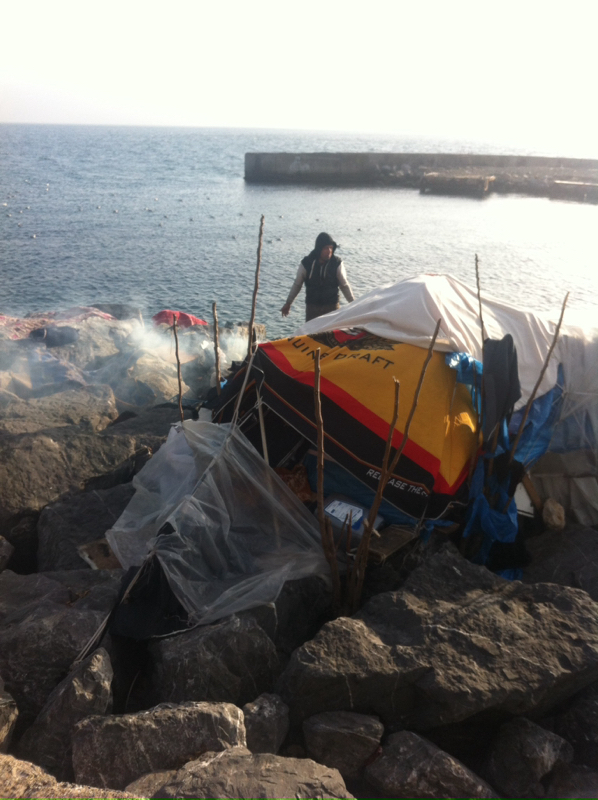
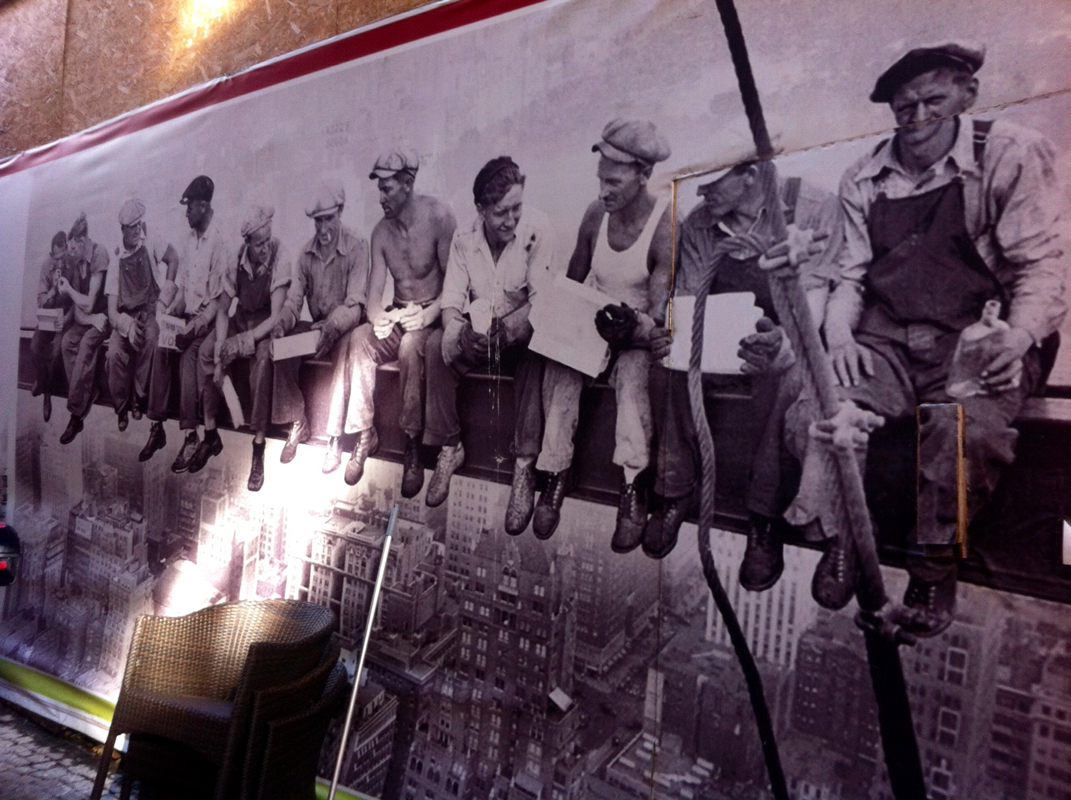
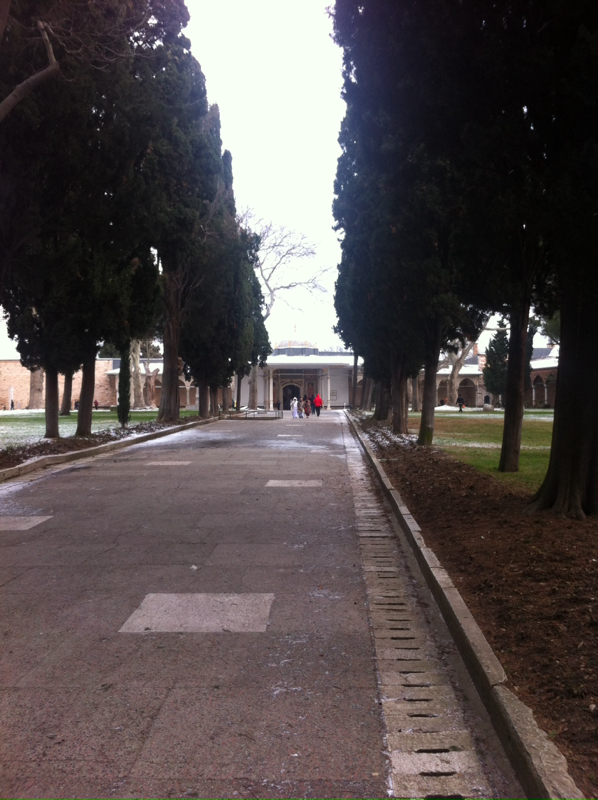
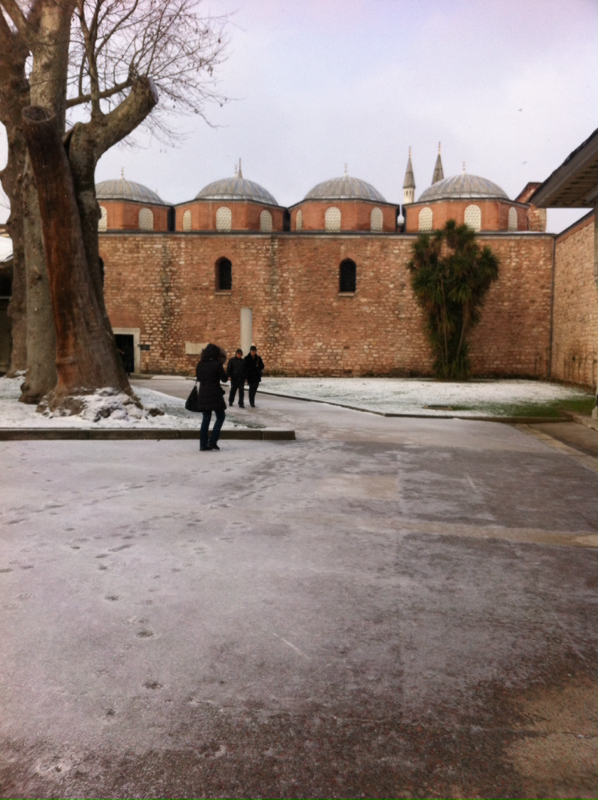
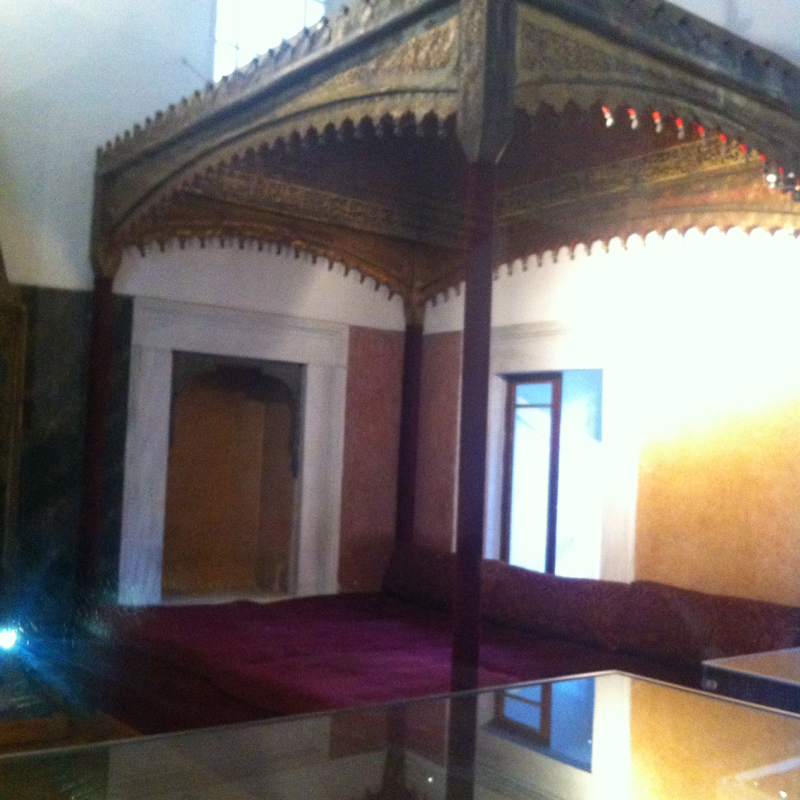
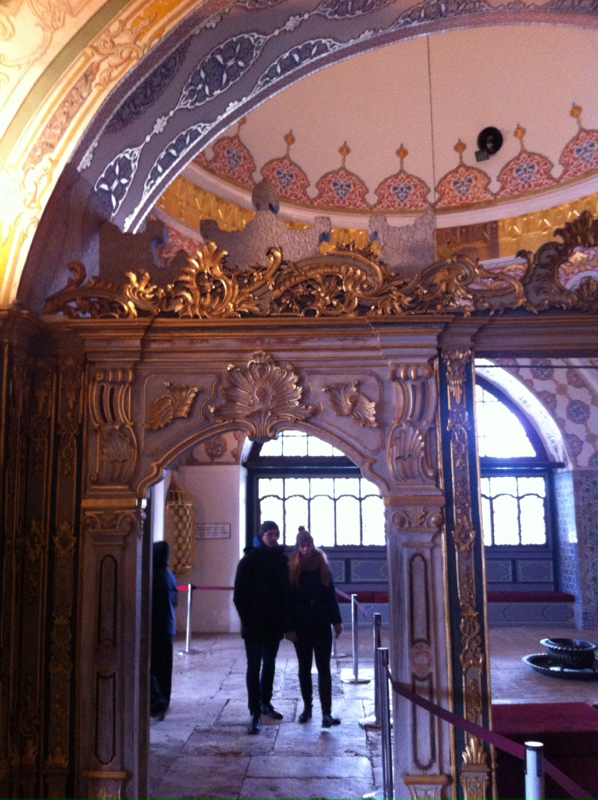
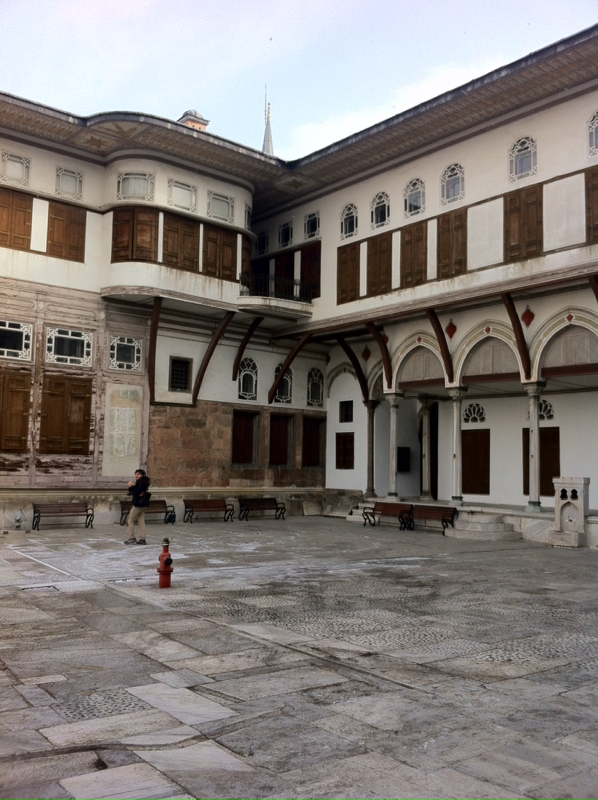
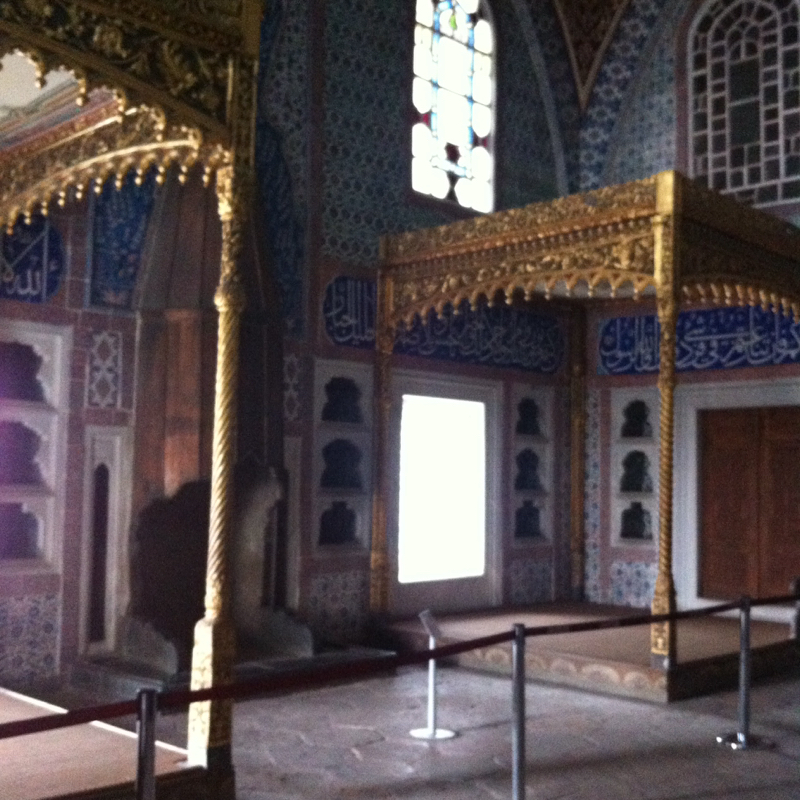
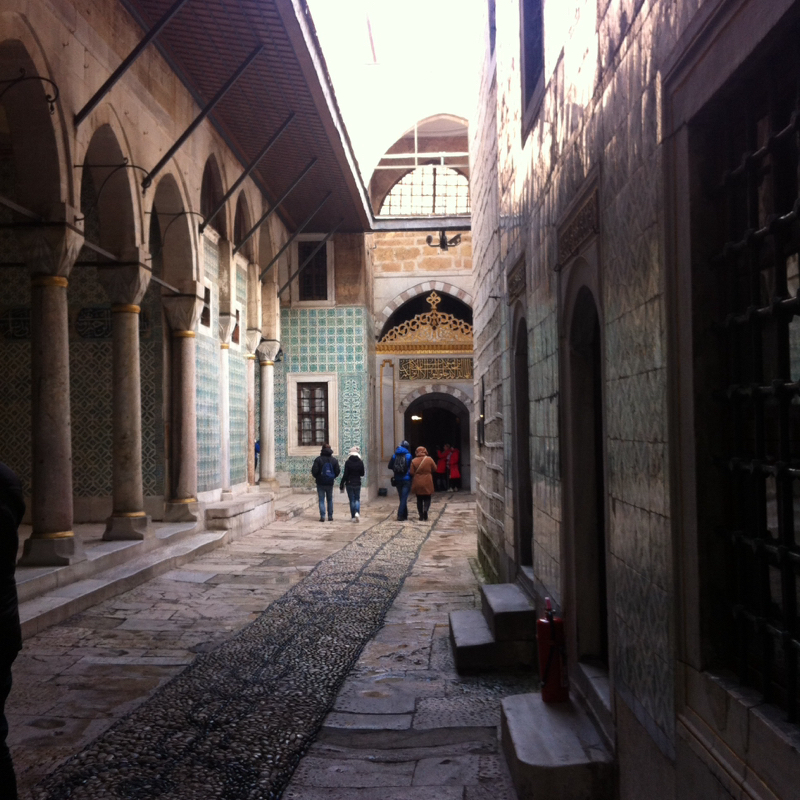
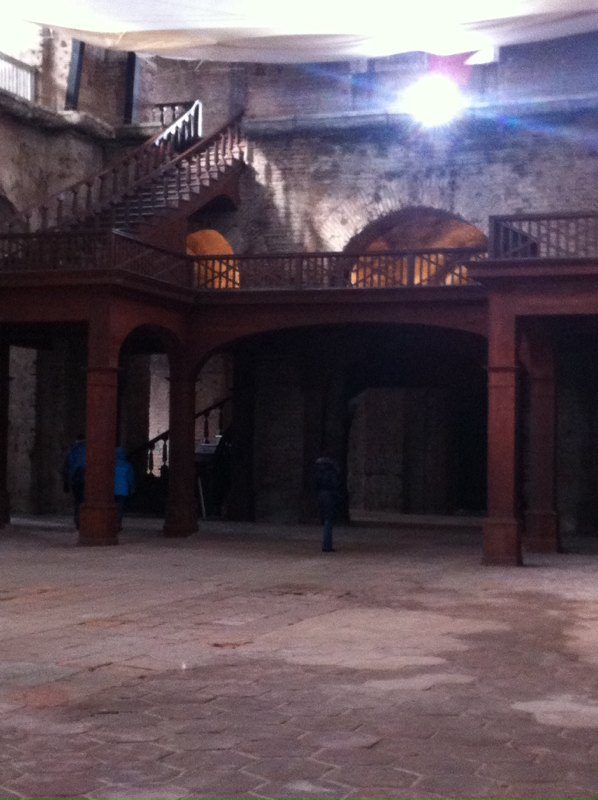
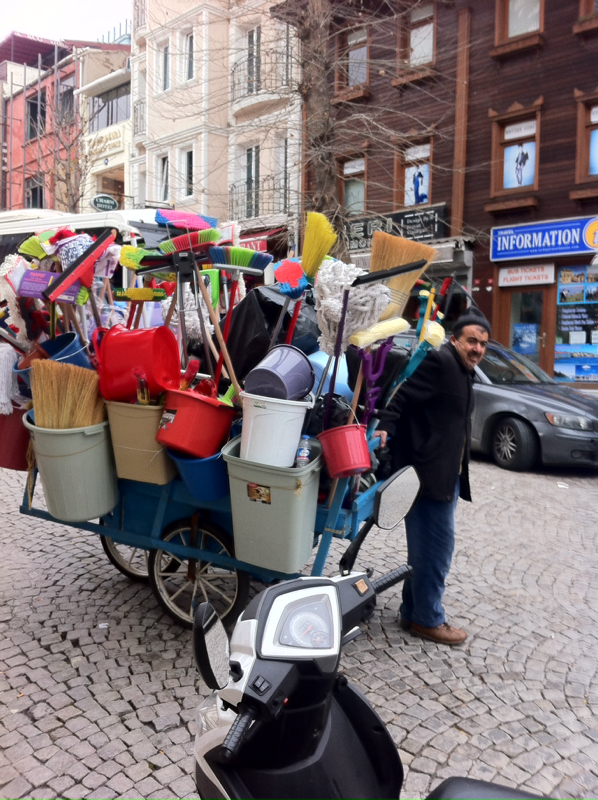
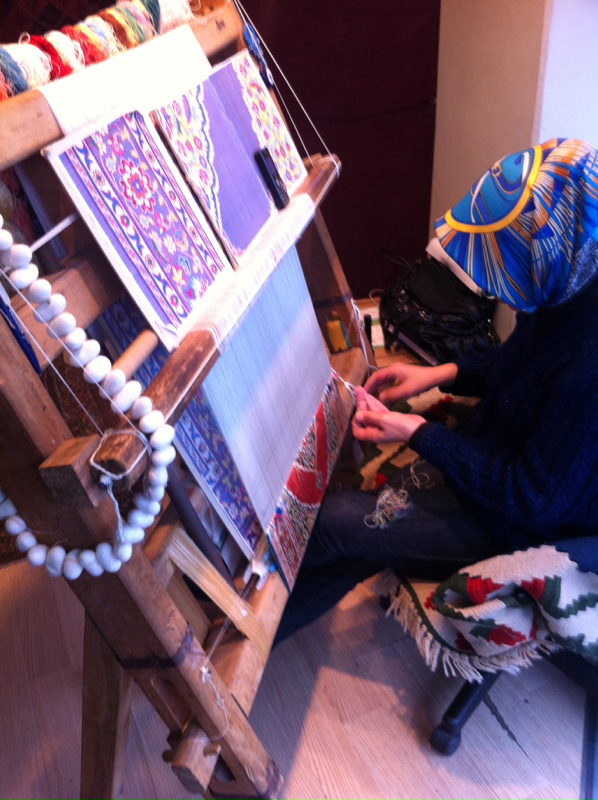
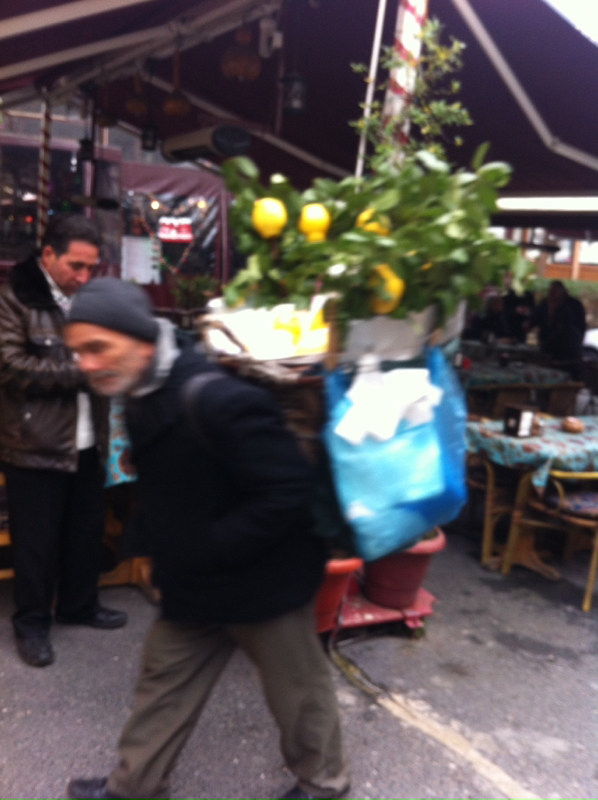
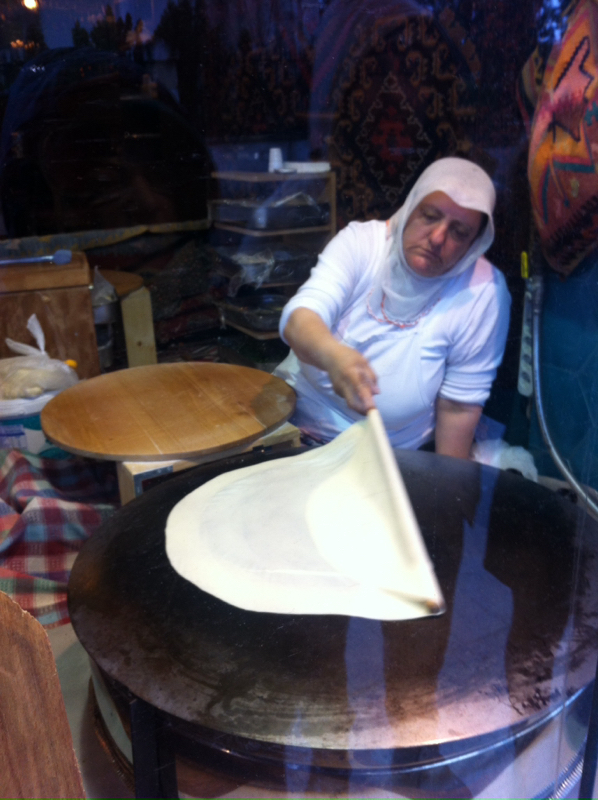
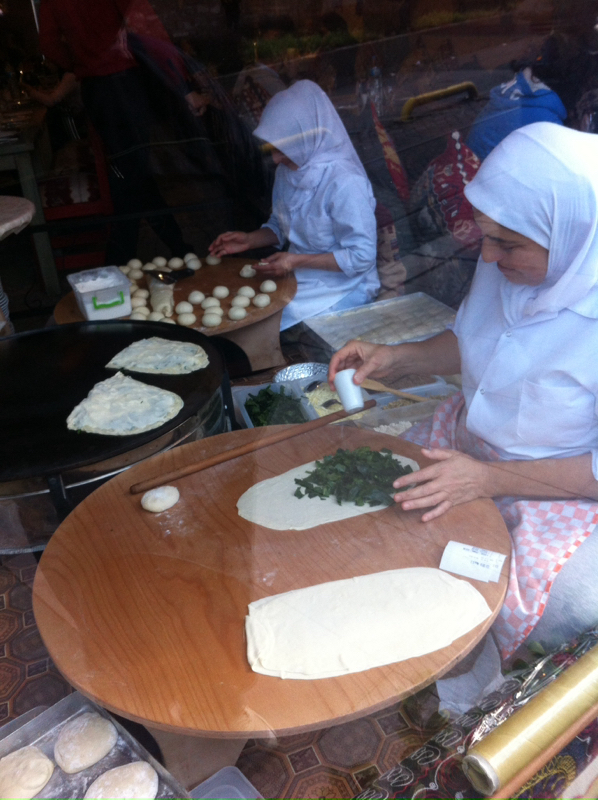
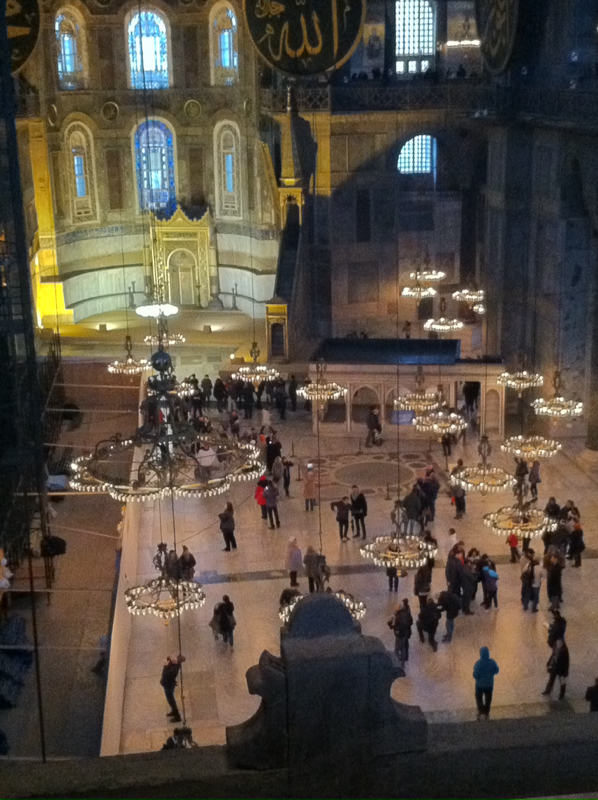
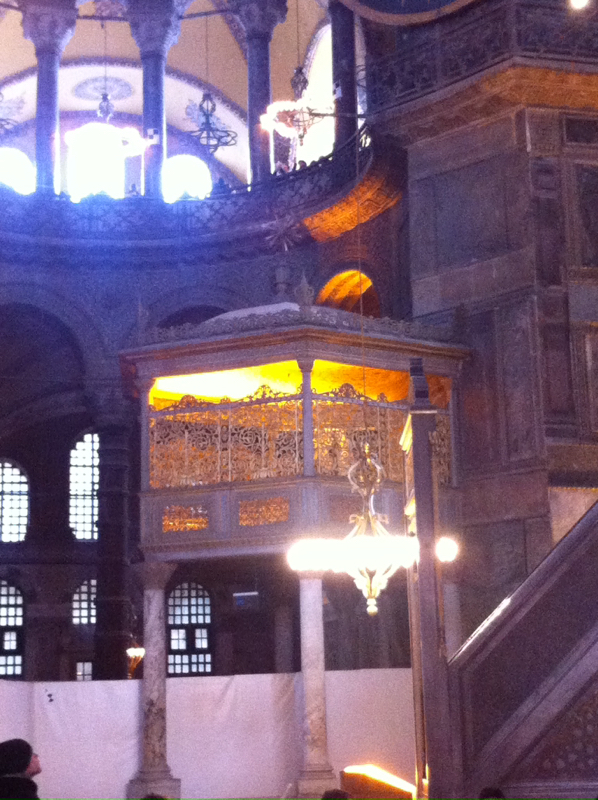
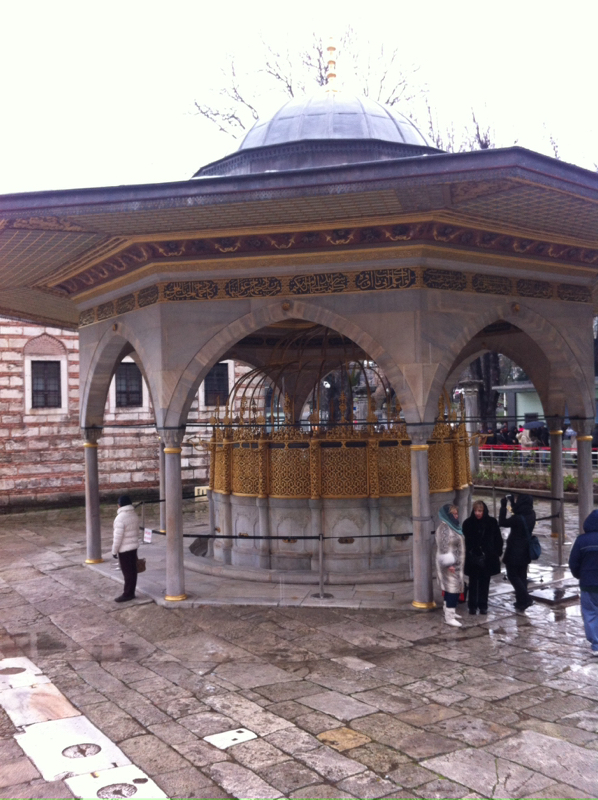
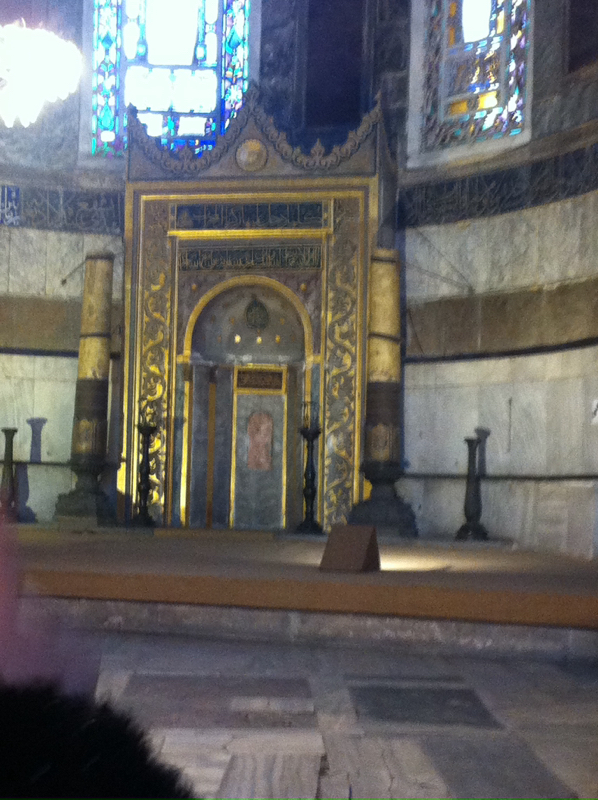
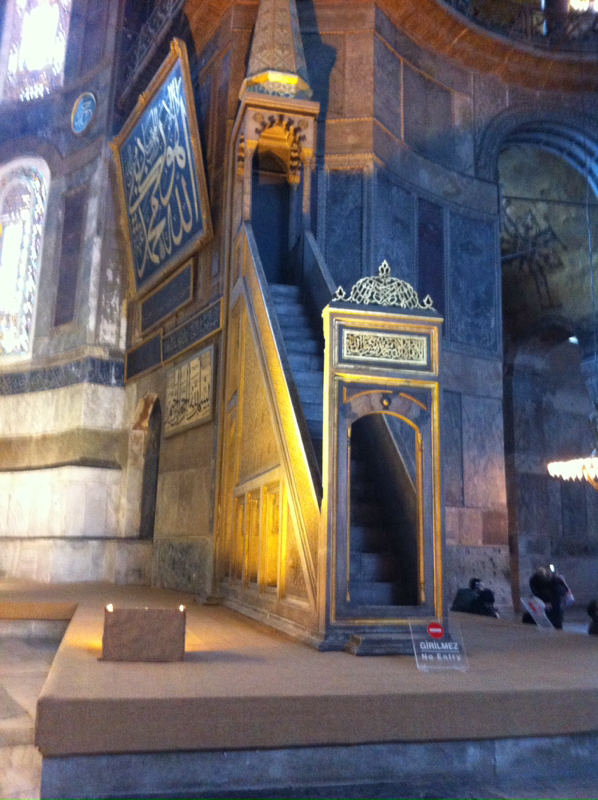
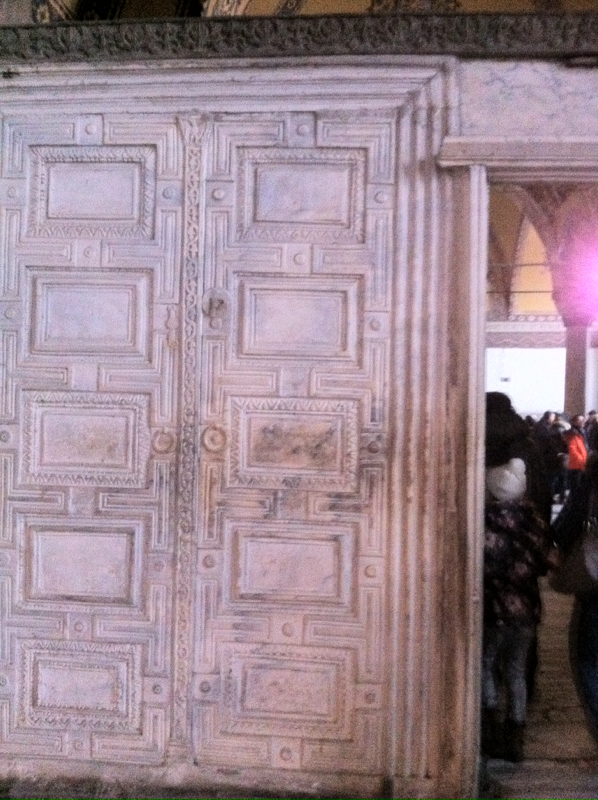
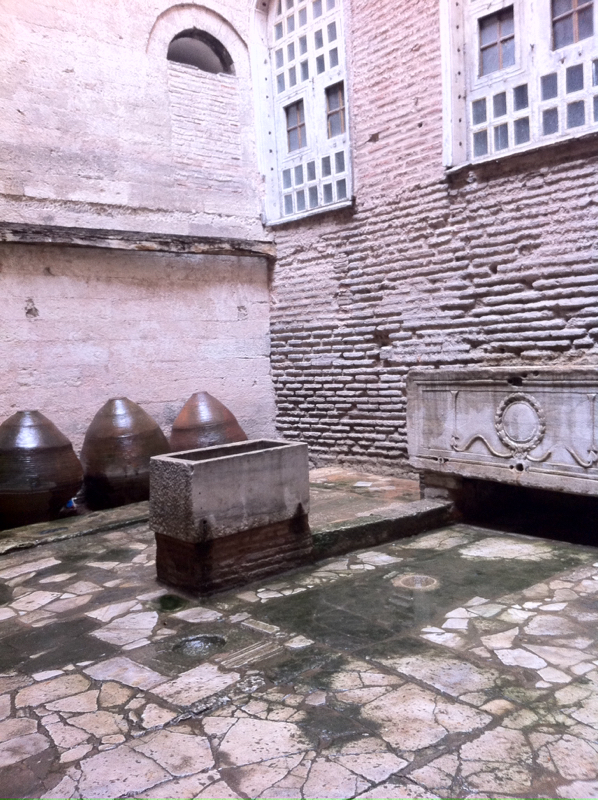
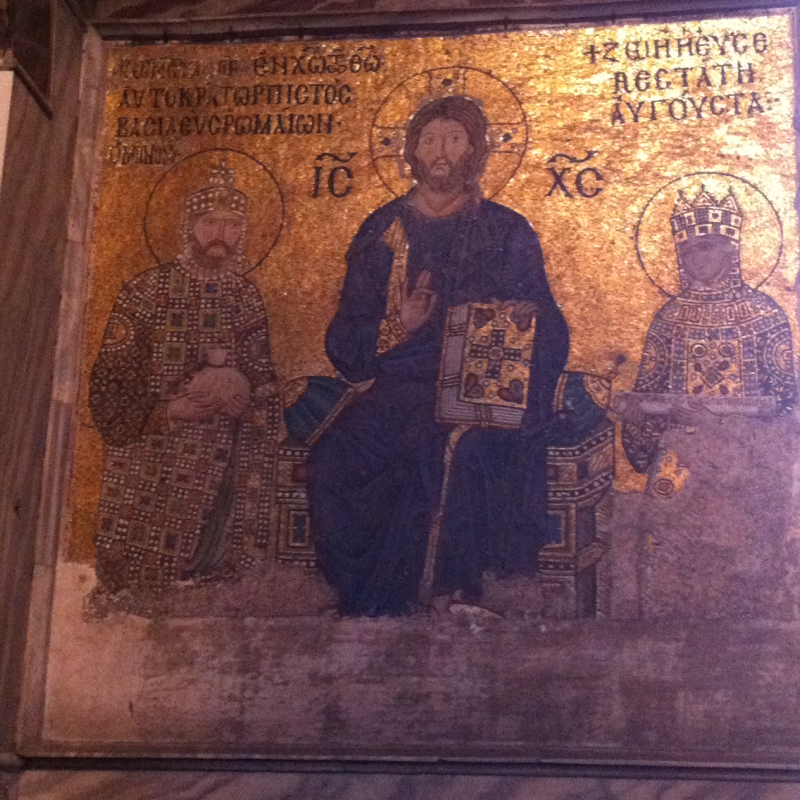
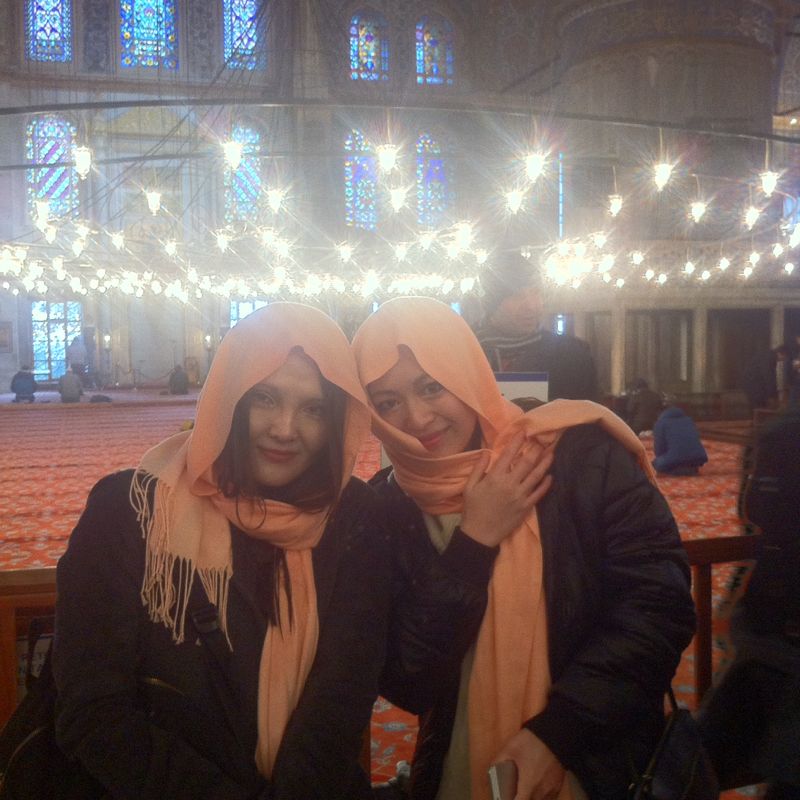
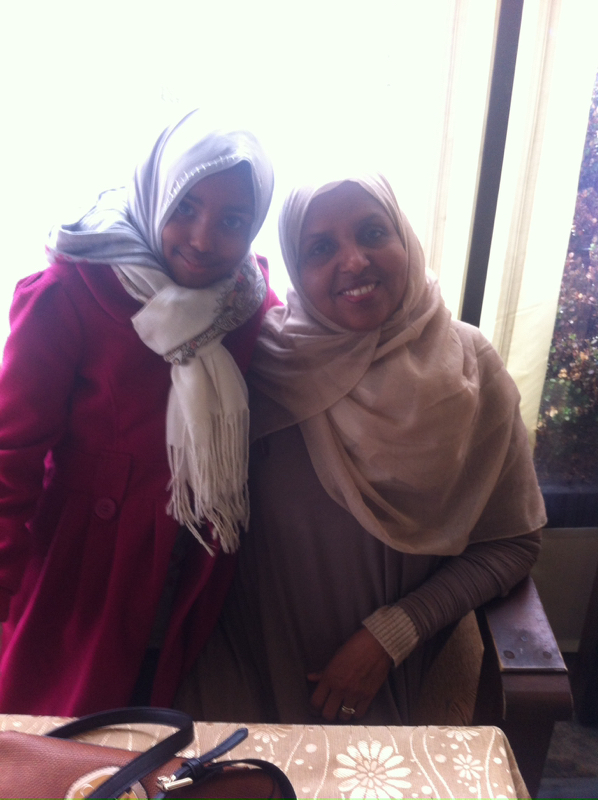
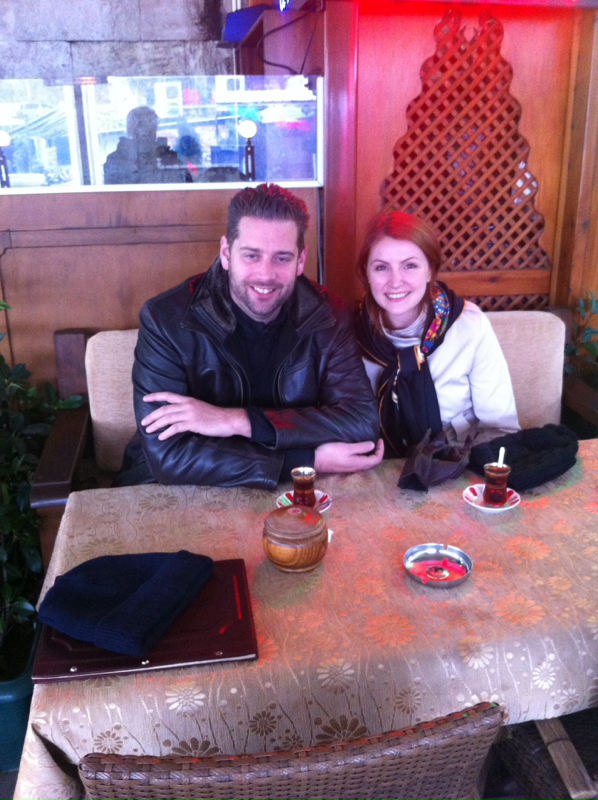
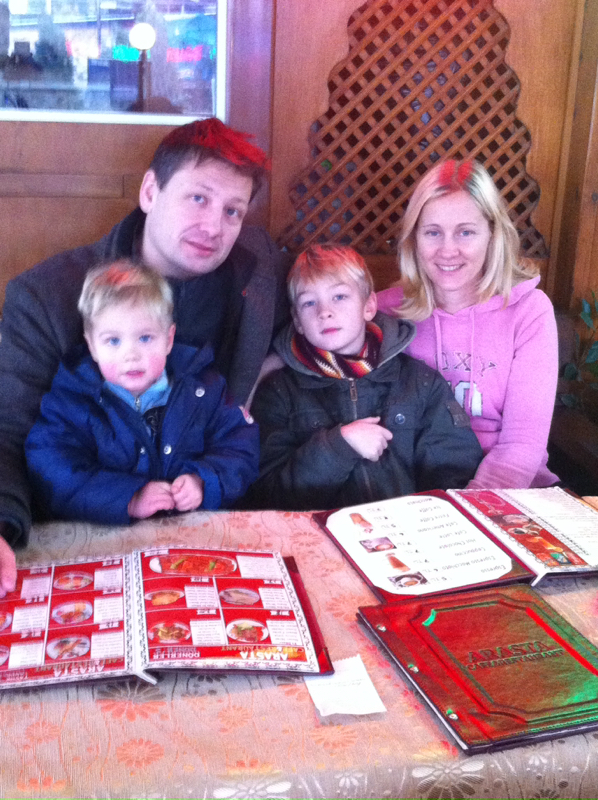
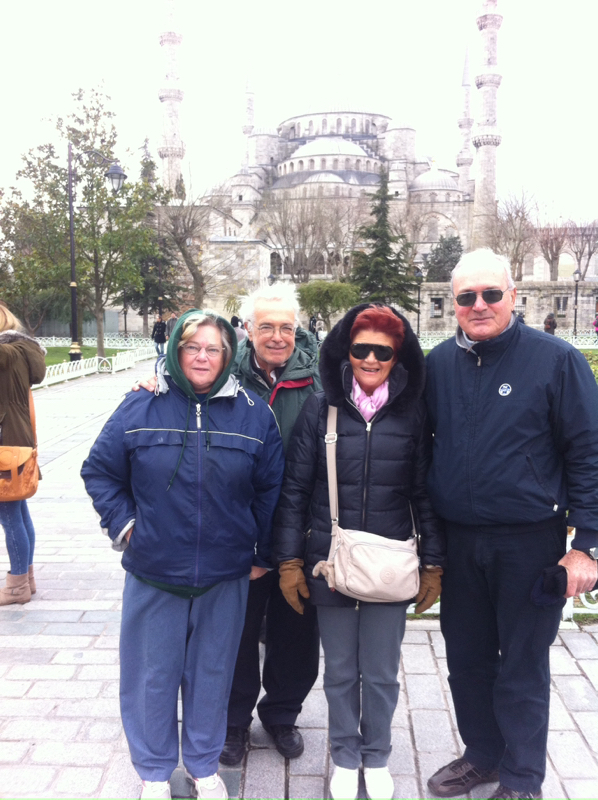
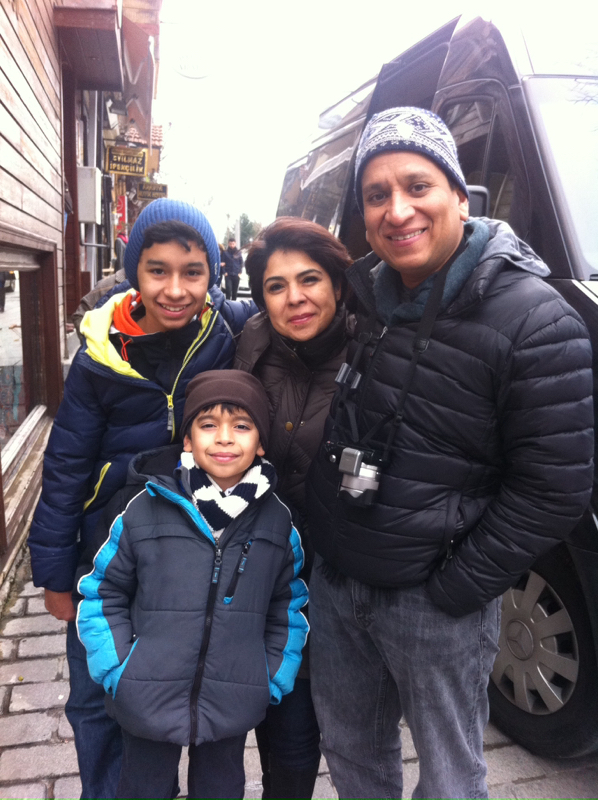
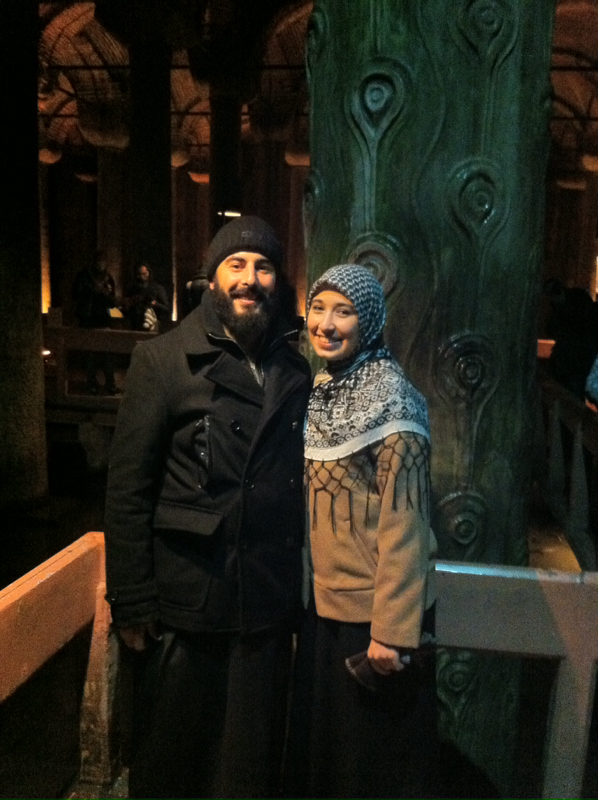
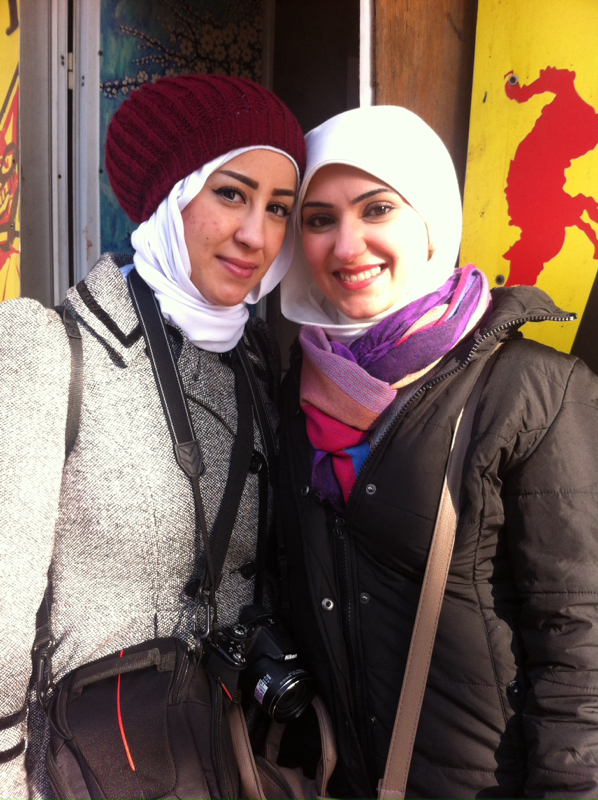
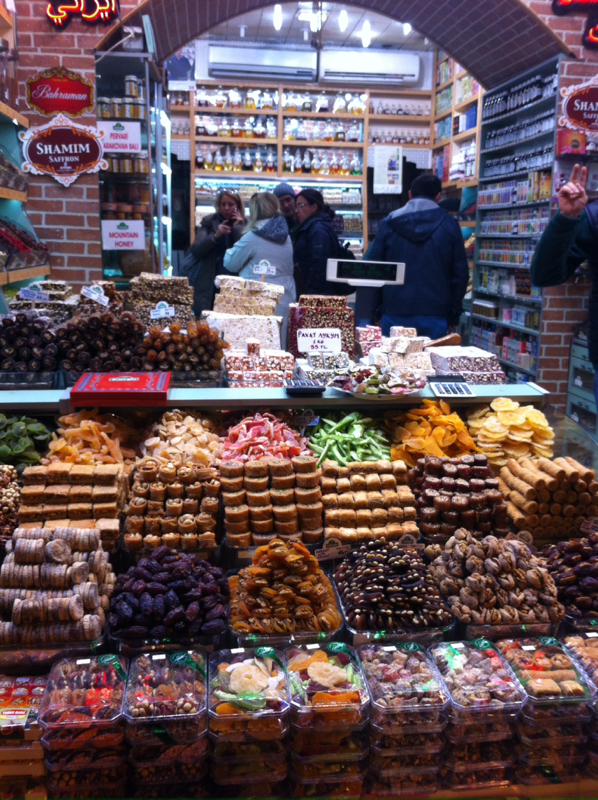
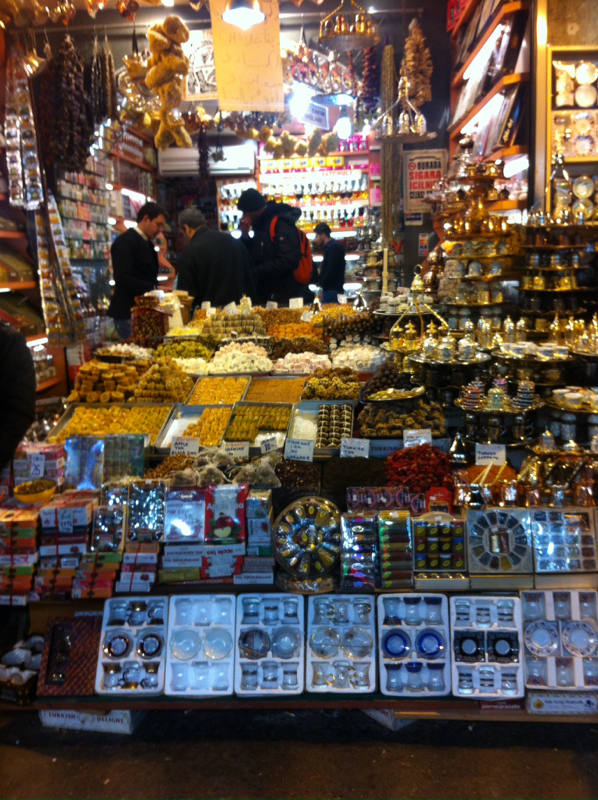
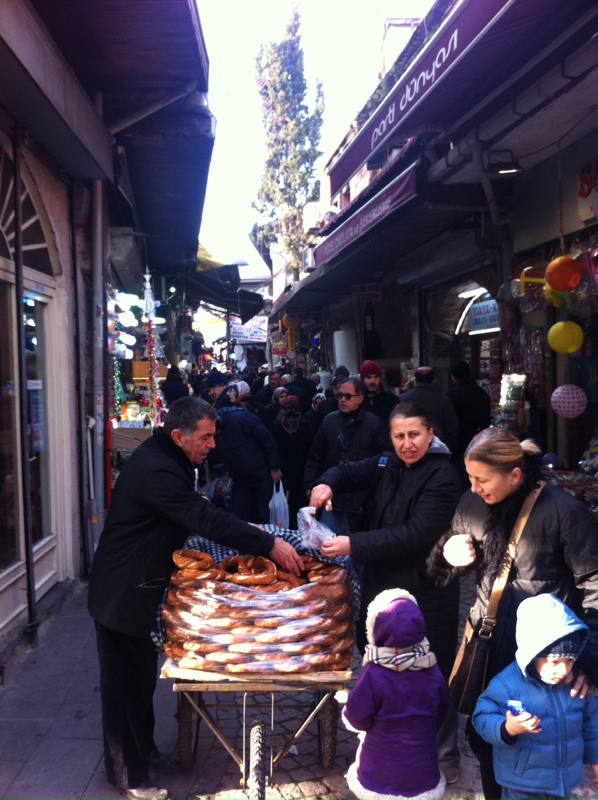
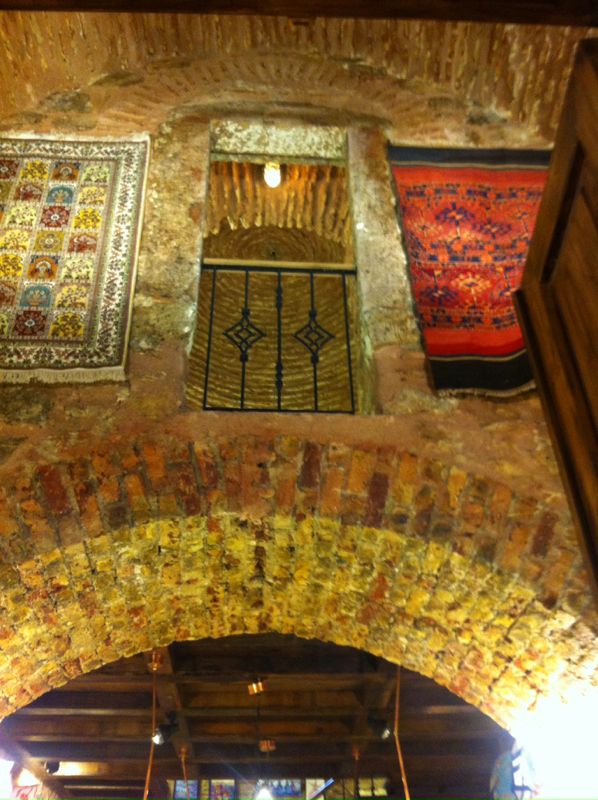
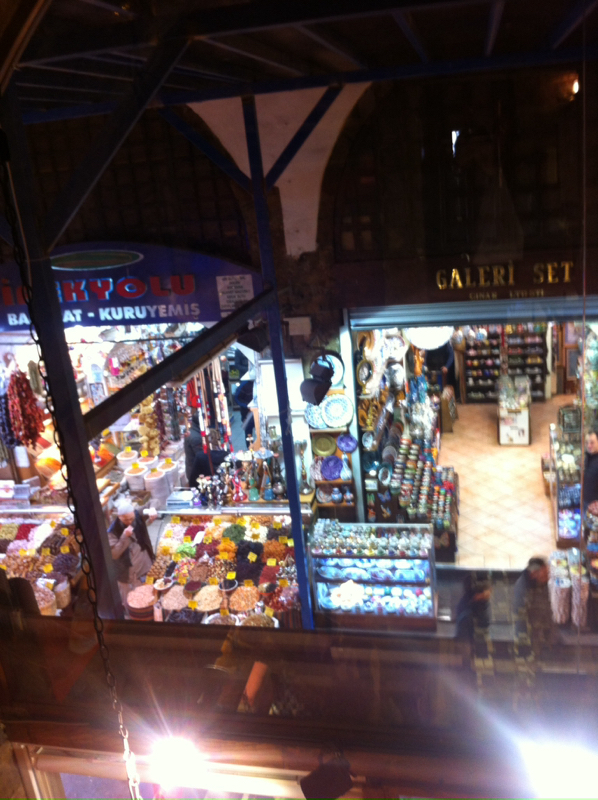
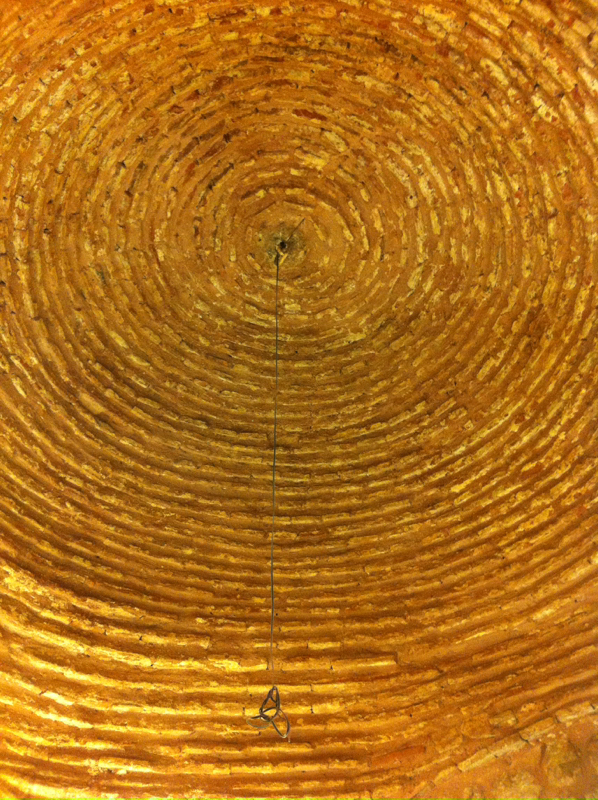
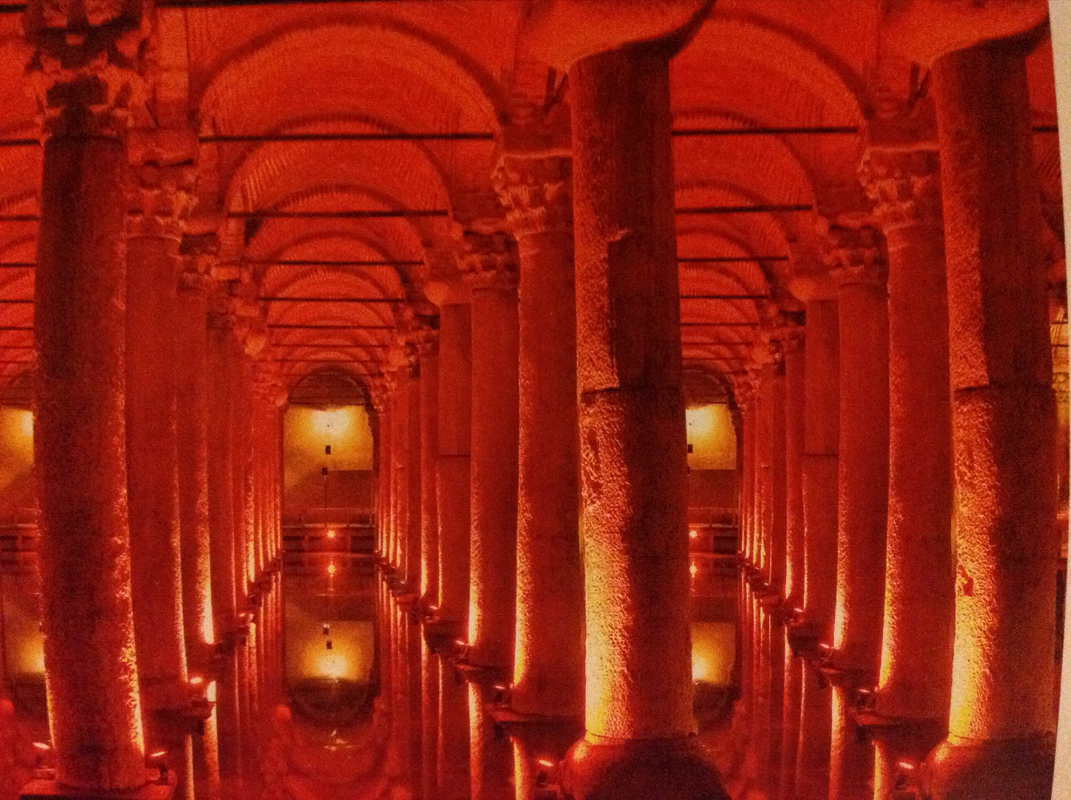
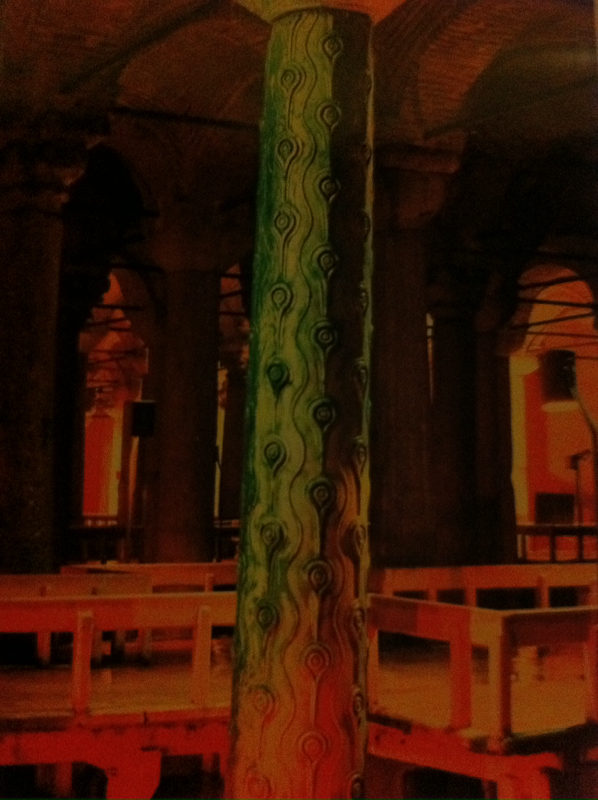
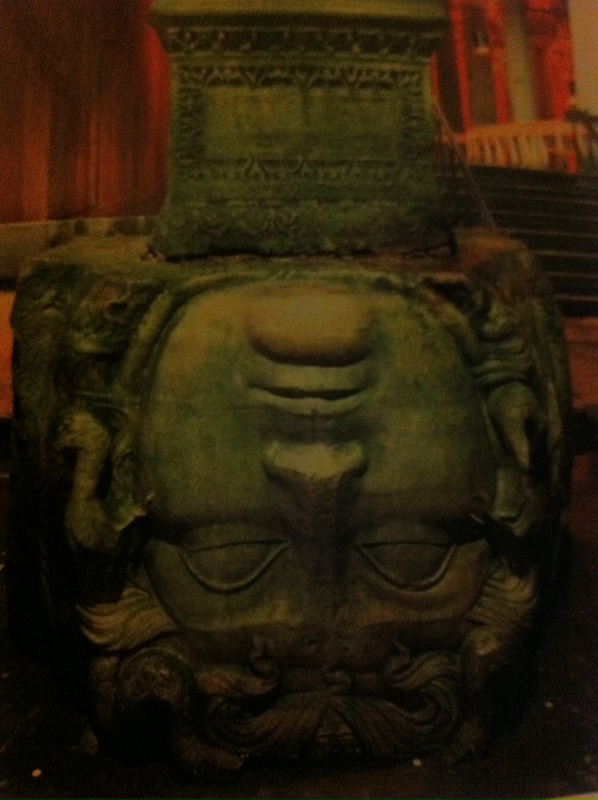
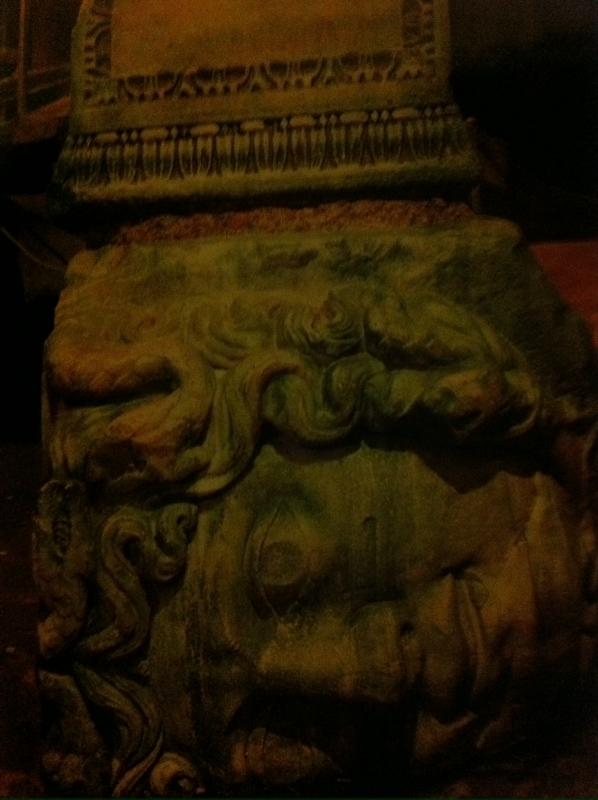
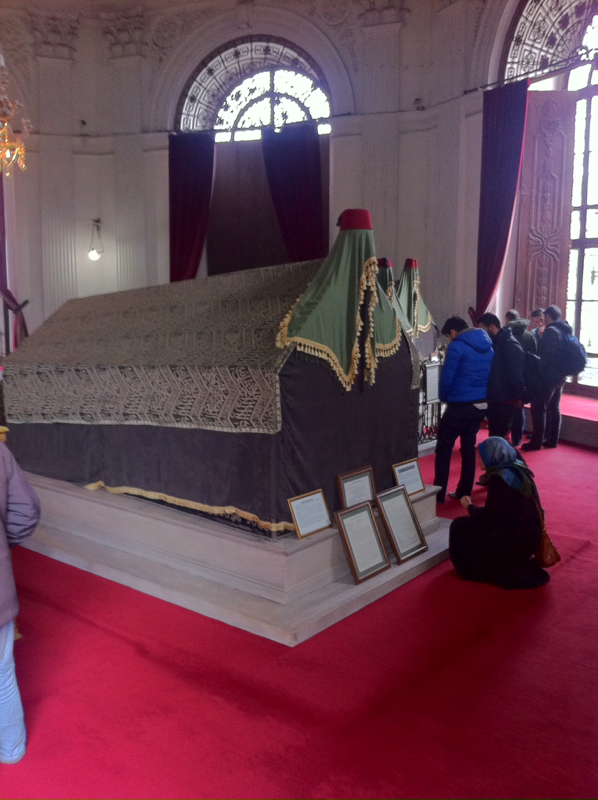
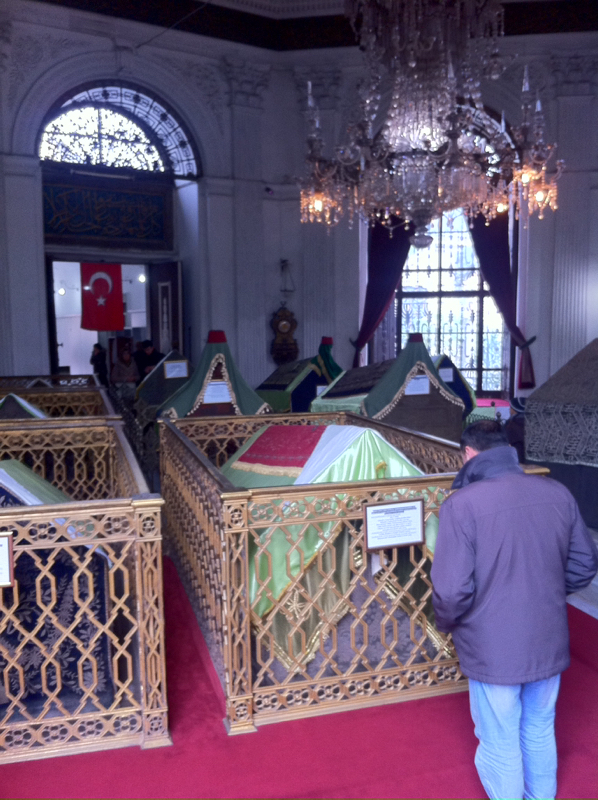
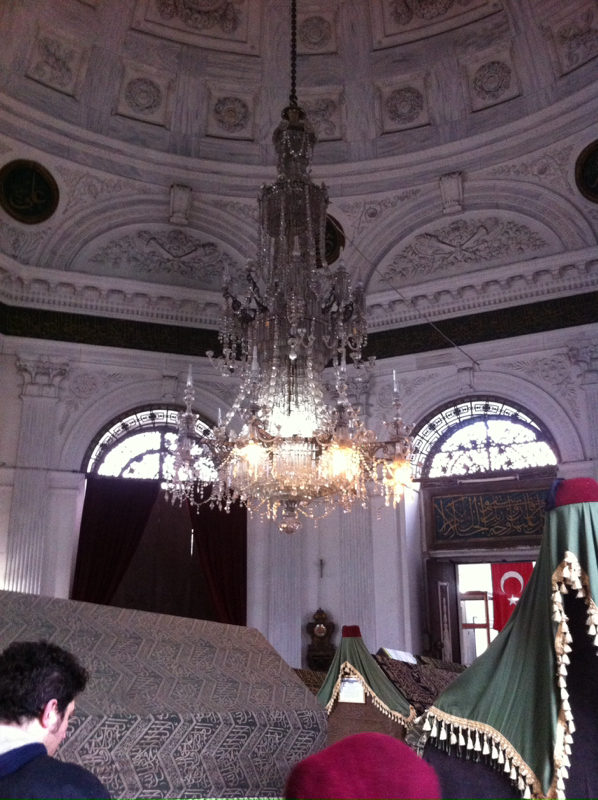
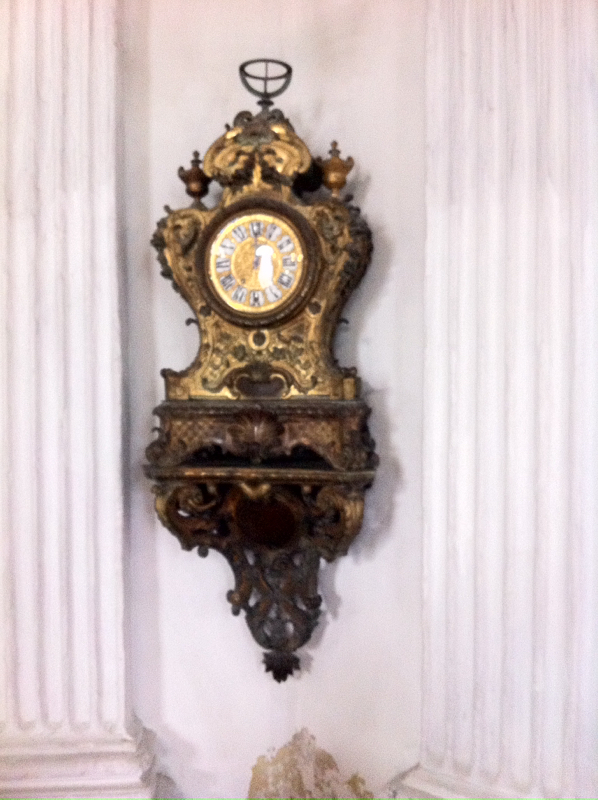
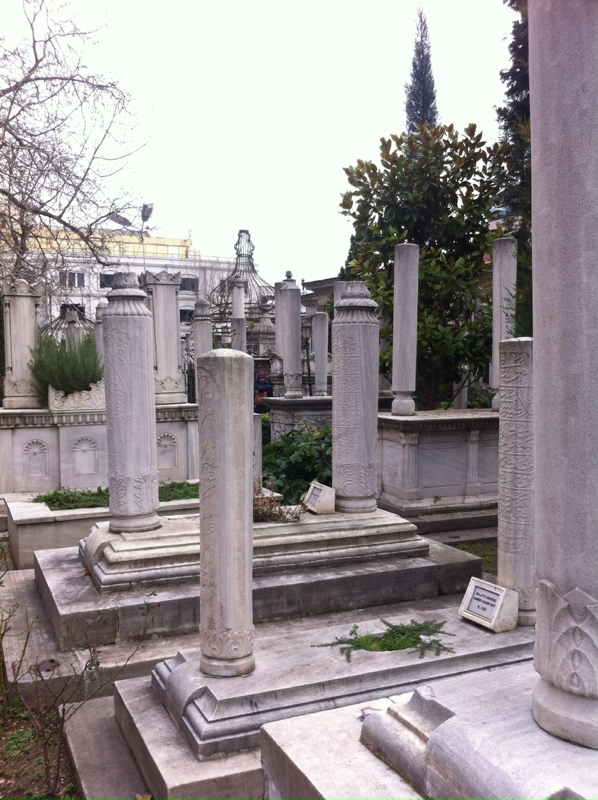
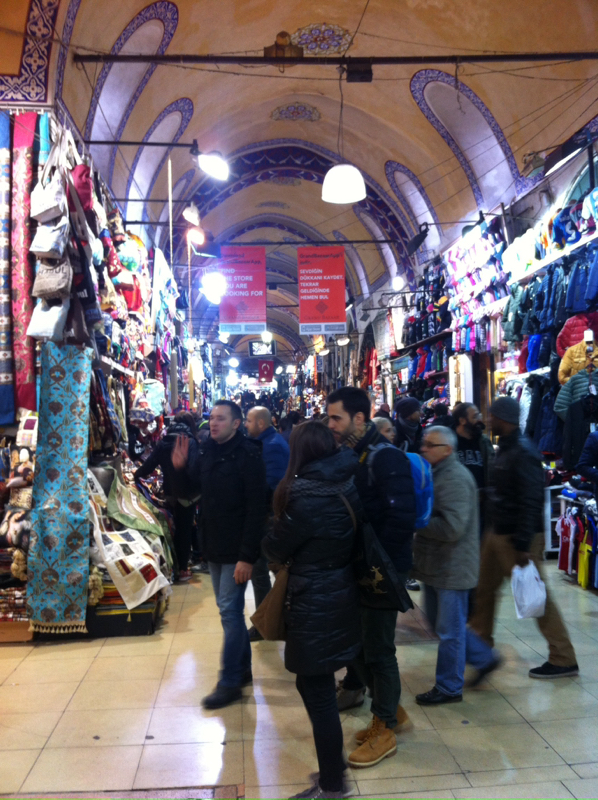
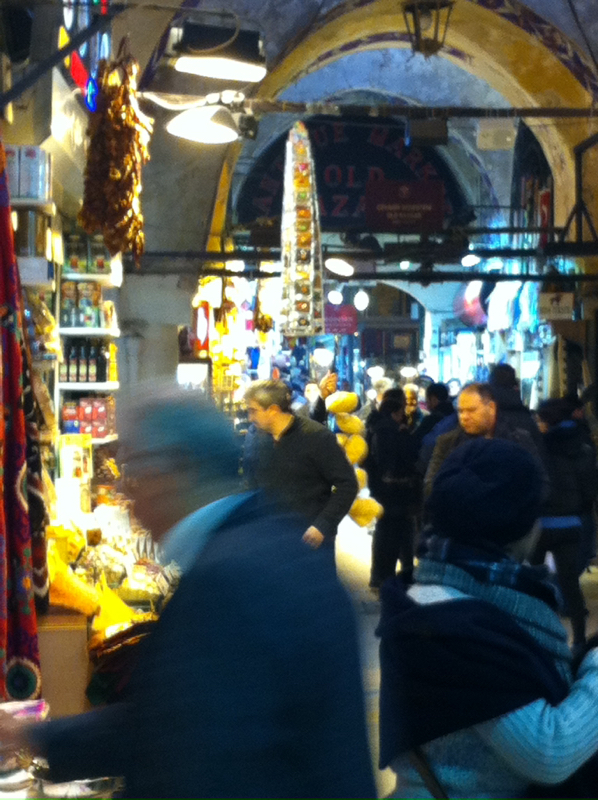
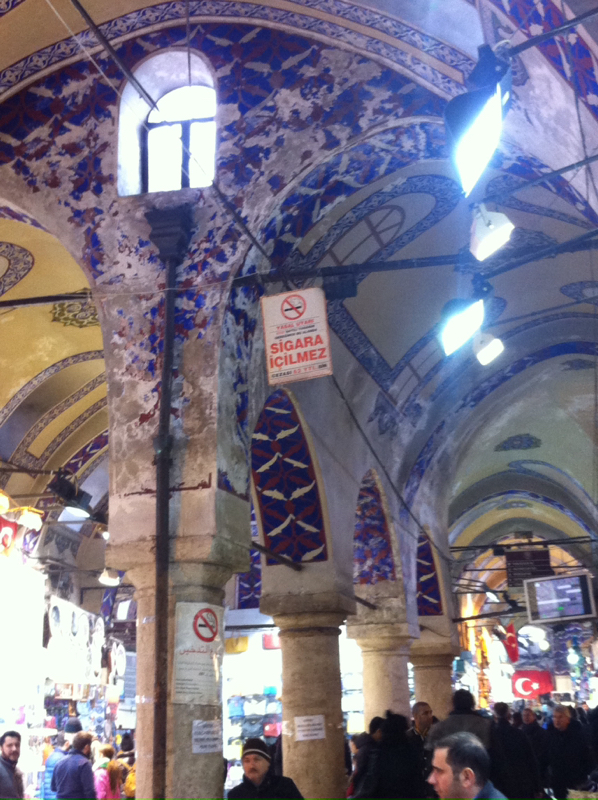
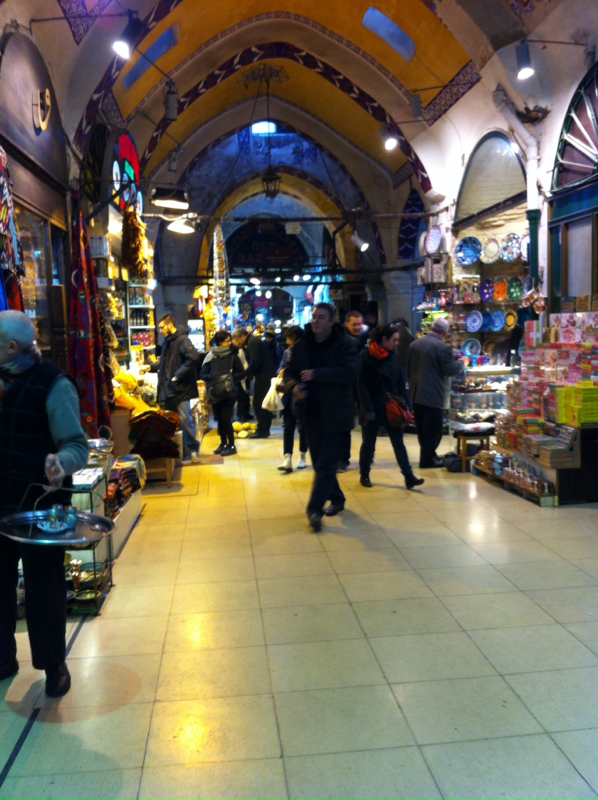
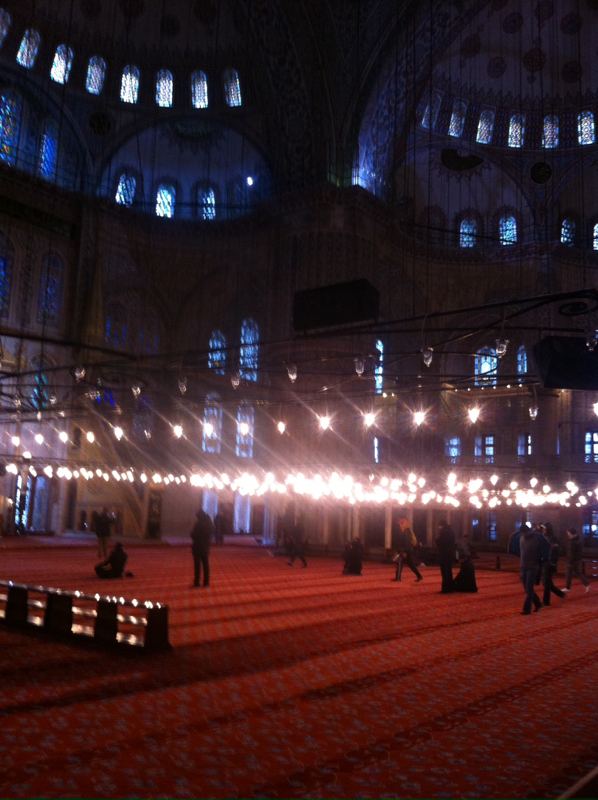
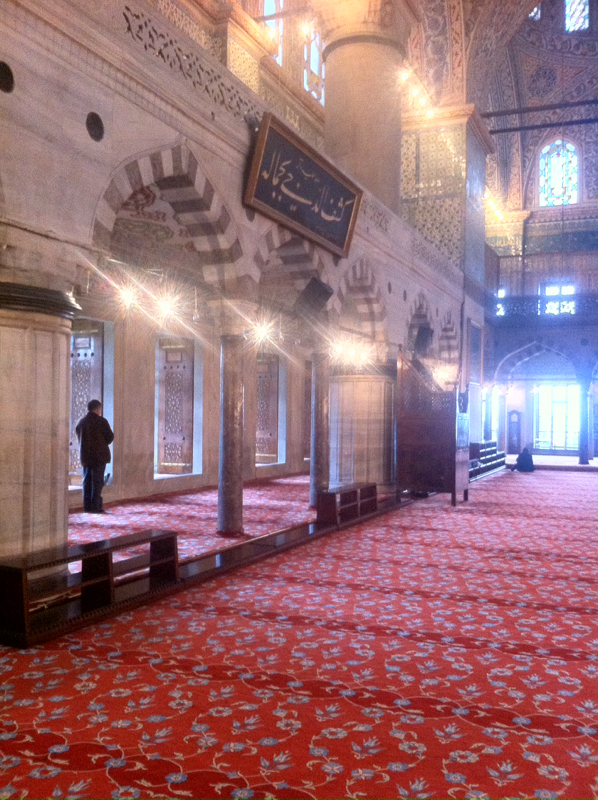
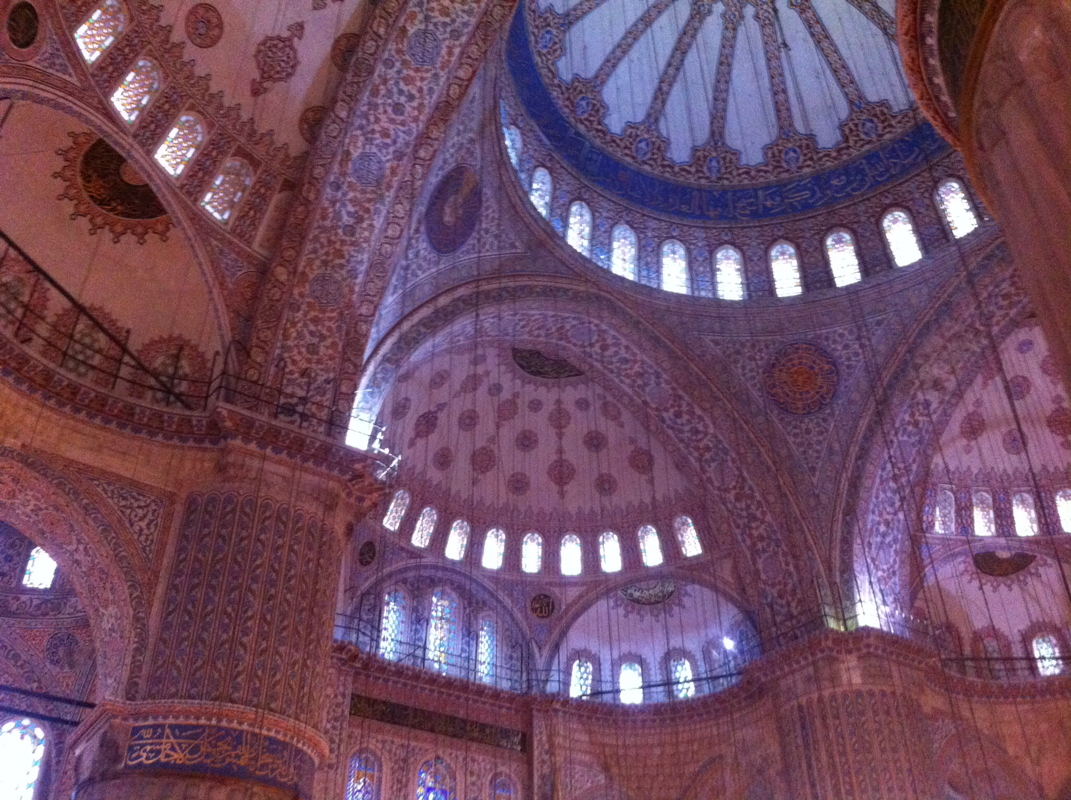
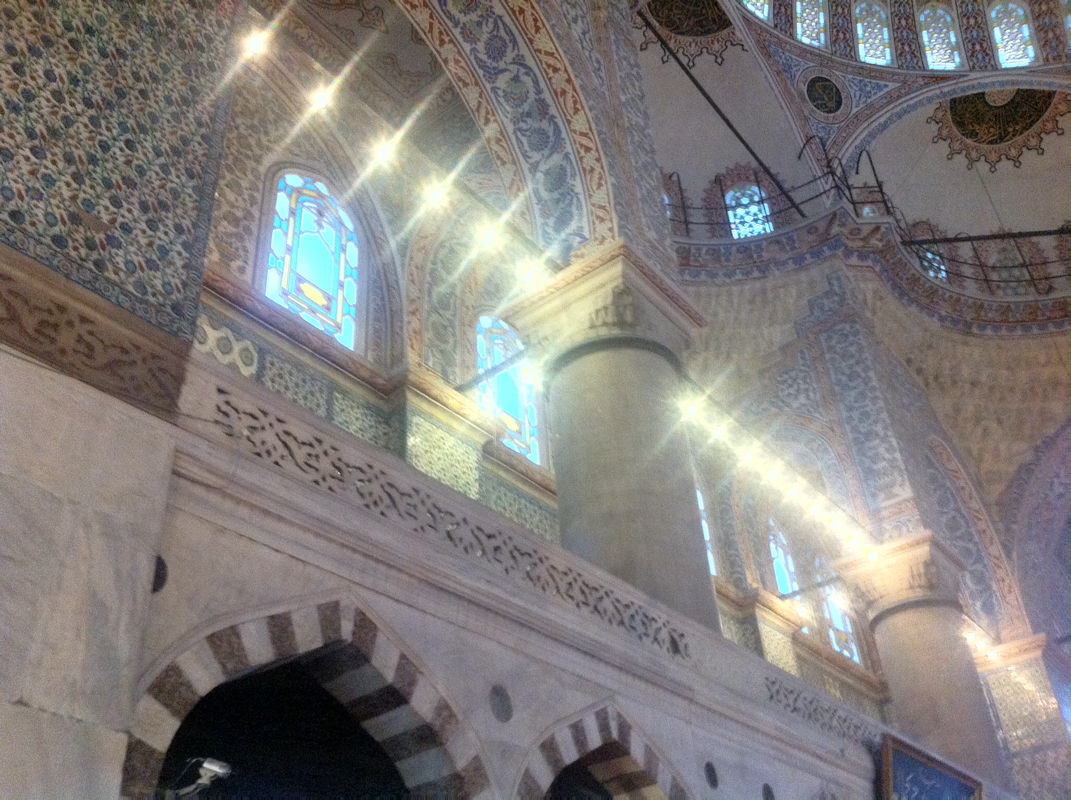
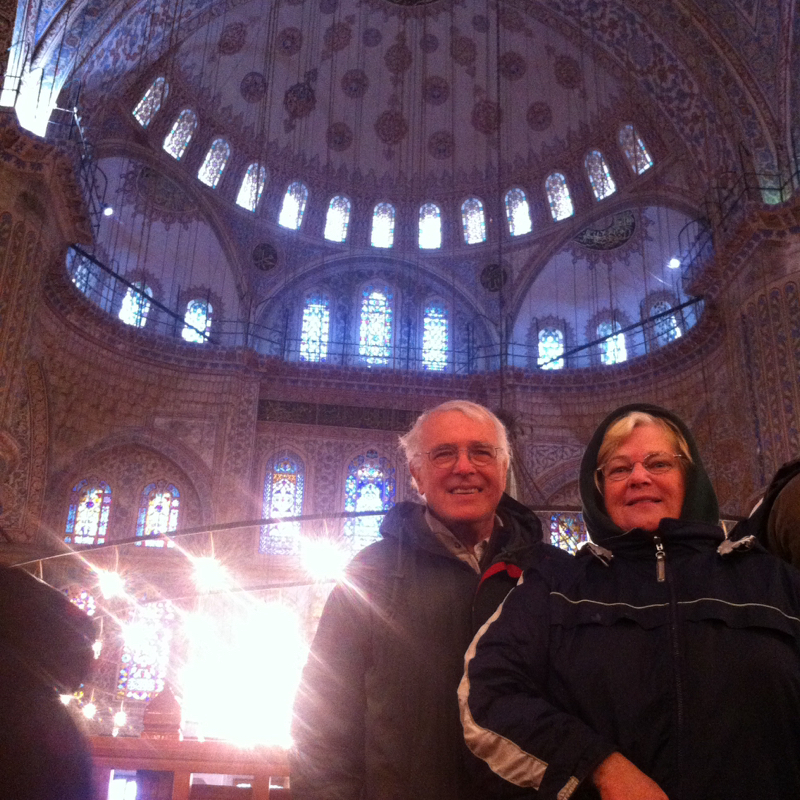
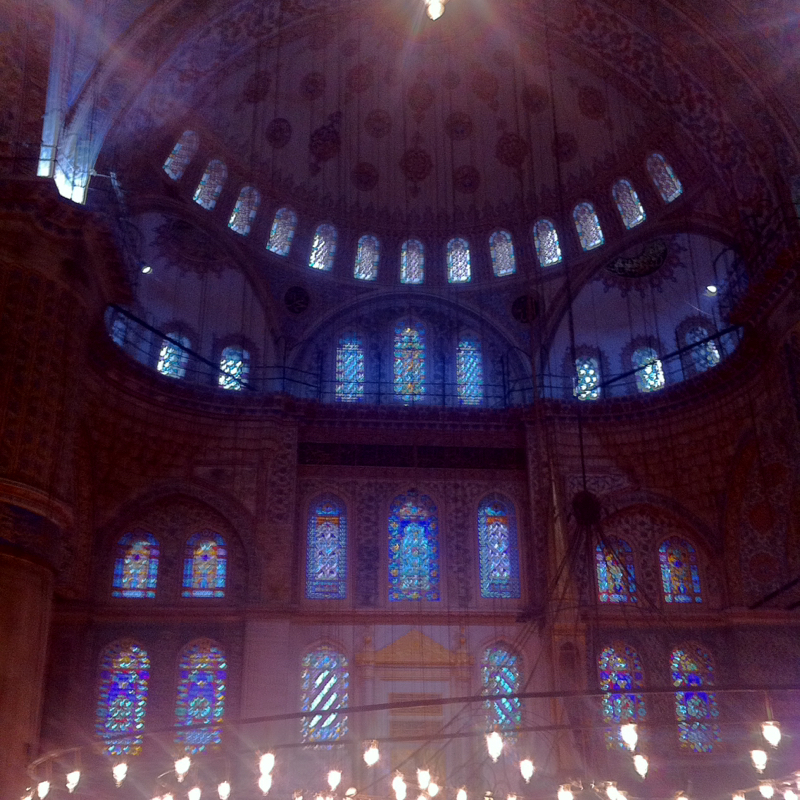
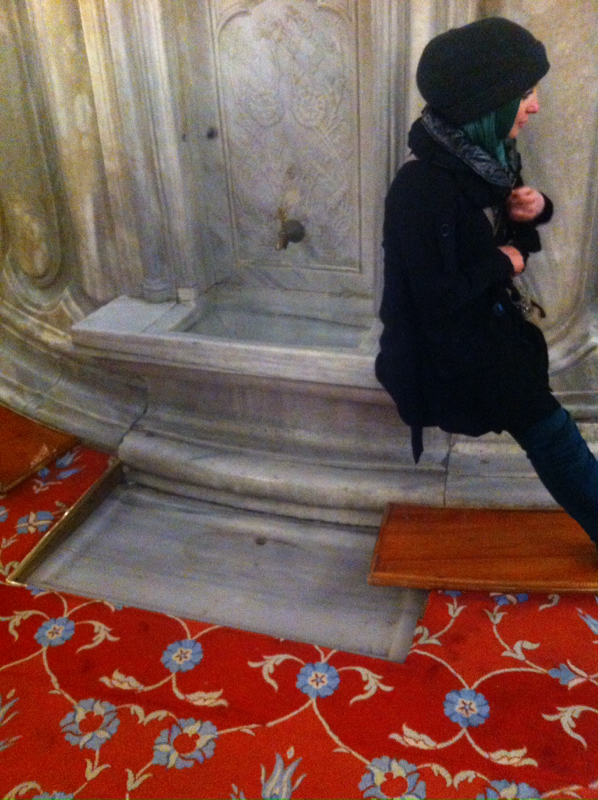
 RSS Feed
RSS Feed
